|
..All month long we have been discussing Community Helpers. by Experience Early Learning. We have learned about doctors, firefighters, police officers, plumbers, teachers, and so many more. I was pleasantly surprised when I hung this on our study wall. Factory workers are a vital part of our community and seldom ever discussed. Often, when parents discuss what they do for a living, they are hesitant to state that they are a factory worker. This should not be. This overlooked profession is the backbone of our community and provided just about everything we use on a daily basis. We made it a point to help our little learners understand this important role. In famous preschool fashion, we played a game. We made this little game up and we called it, "Find something made in a factory." Our toddlers raced around the room pointing to tables and chairs, plates and cups, crayons and markers, even their shirts and shoes. Time and again we called out, "YES!", "YES!" "That was made in a factory by a factory worker!!" We then asked an important question. "If your mommy or daddy did not go to work to make those things, what would we do?" We came up with some ideas but decided that being a factory worker is a VERY important job and certainly a "helper" job. We then gathered into small groups and decided to make something of our very own. Using loose parts and materials provided by Experience Early Learning This activity provided us with LOTS of loose parts and the opportunity to create a unique project. We made LOTS of robots. We chose parts and pieces as we discussed what our robots might do and say. Loose parts can be in the sand box, on the playground, in the sensory table, or the block table. We can provide loose parts in Creative Parts by supplying buttons, poms, pipe cleaners, googly eyes, beads, glitters, spangles, adhesives, and the time and space to explore and create without direction or expectation. "Giving meaning to loose partsGiving meaning to loose parts requires us to think about the possibilities of how a child learns and consider the materials and environments she uses. Loose parts create endless possibilities and invite creativity. For example, if a child picks up a rock and starts to play, most likely that rock can become anything the child wants it to be. Imagination, creativity, curiosity, desire, and need are the motivation of loose parts. Loose parts are materials that can be moved, carried, combined, redesigned, lined up, and taken apart and put back together in multiple ways. Loose parts can be used alone or combined with other materials. There is no set of specific directions for materials that are considered loose parts. The child is the direction." - https://extension.psu.edu/programs/betterkidcare/early-care/tip-pages/all/loose-parts-what-does-this-mean
Giving children tasks that challenge them build their self-confidence, ability, and determination. Allowing them to try and to fail in a safe and encouraging environment is fundamental to them developing even more determination to pursue harder tasks. "No one is great at something the first time they try it. Success comes from hard work, practice and, yes, even failure. When young children are learning to walk they have to fall down again and again and again in order to master the balance they need to stand upright (and even then, they will still fall down). When learning to feed themselves, tie their shoes or master long division, children have to try, practice and learn from their missteps and try again in order to master their new skills. You can help your child learn from their failures and use those failures to work towards great successes." - https://www.canr.msu.edu/news/the-key-to-success-is-failure Our curriculum developers at Experience Early Learning understand this and value the importance of giving children the opportunities to succeed and to fail. We often give our little learners motor skill activities that are just like this that stimulate efforts and grit. Just look at how hard they are working!!By the end of this experience we observed all the different colors they created using their syringes, paint choices, perseverance and time.
All in a day of play at Woolsey Academy! As always, we wish you well and we hope you get to play today! -L
1 Comment
Community Helpers!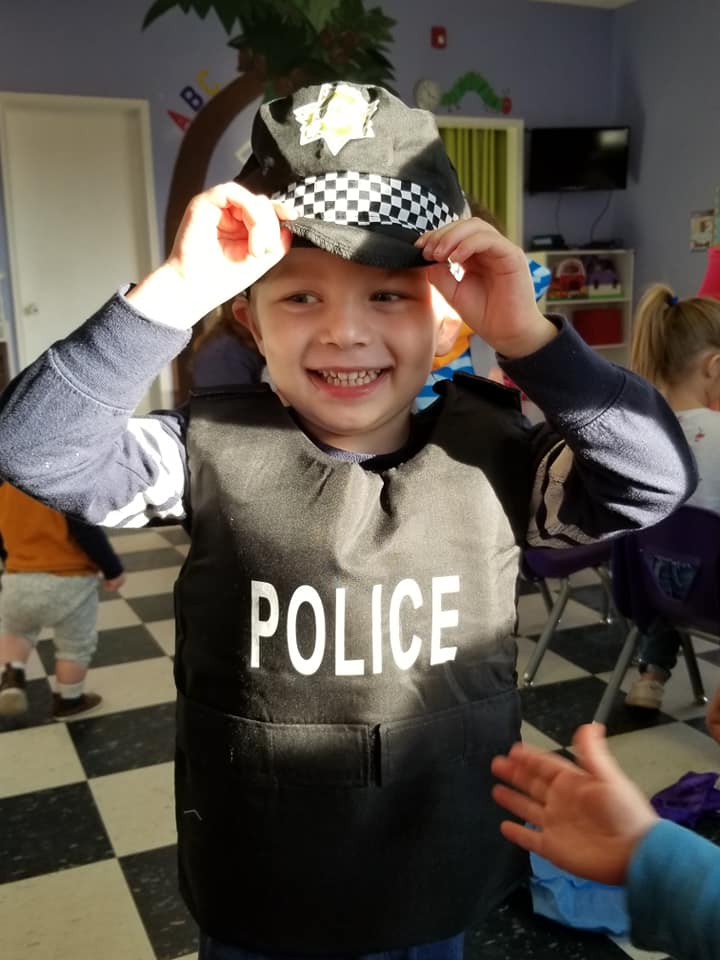 We LOVE Community Helpers! Firefighters, Police Officers, Doctors, Teachers, Mailmen (and women), and so many more. Our month of Community Helpers with Mother Goose Time and Experience Early Learning included some "non-traditional" community helpers that really drove home that it takes MANY people working together to build a community. Studying, observing, experiencing, reading stories about, and pretending to be community helpers teaches our little learners that what the adults in their lives do each and everyday matters to us all. It puts meaning to, "Mommy has to go to work" and gives children a sense of belonging and pride in the work they see being done throughout their cities and towns each day. "As children develop, it’s important that they learn about their individual roles in the community. Teaching children about service to others, how it helps themselves and others grow, helps children to build a sense of self worth and belonging. They learn better communication skills, teamwork, and confidence. They also begin to understand how their actions impact the people and things around them." - https://www.kids-harbor.com/school-and-community-link/ In this activity we utilized a non-traditional method of painting to recreate our version of flames as we discussed and observed what we know about fire.As we discussed firefighters we began to build a list of attributes that we could pull from to discover "what we know" and "what we want to learn." We used this list for further educational moments through play as the day and week continued. In our paintings we observed how the red and yellow mixed together under the prongs of the wooden forks to makes hues of oranges. We drug our forks up and down across our black canvas to simulate flames. We discussed how to keep ourselves safe around a flame and what to do if we saw another child playing with fire. In the middle photo we listed the attributes of the Firefighter. We had a posted a photo of a firefighter in his "turnout" gear and we named the parts and purposes for each piece. We also noticed that he looked proud in his gear and we surmised why he may feel that way. We also (last photo) used the word "fire" to practice our phonics and the sounds of each letter that builds the word "fire". We practiced writing each letter as we build our own "fire" words. We LOVE being able to read words that we have written all by ourselves! Mother Goose Time provided many Community Helper emergent reader site words with photo prompts that are very beneficial for our little learners and aid in their ability and confidence as they begin their reading journey. Police OfficerBe still my heart!!!!! LOOOOOOoooookkkkkyyyyyy at those darling faces!!! We love learning through play and giving our preschoolers the opportunity to become what they are learning about is the BEST way to get conversations, role playing, and questions bubbling about. Even our tiny tots love playing dress-up and doing so builds self-esteem, ability to dress and undress oneself, and confidence as they transform into the attributes they believe each possess. "Physical Development Gross motor skills will be developed when your child uses large muscles running and jumping, casting a line like a fisherman, running and dodging like a football player, or leaping like a dancer. Dramatic play also allows children to practice fine motor coordination by buttoning a jacket, tying on an apron, fashioning a cape from a piece of material, and so on. Social Skills Dress-up play encourages interaction and communication with others. It often becomes cooperative as your child interacts and communicates about what their doing. Role playing encourages teamwork and an interest in other children and what they’re thinking and doing. Kids learn to negotiate in this way, to collaborate, take turns, and create and play by the rules. There is also research that has linked role play to empathy: Kids who engaged in it were more skilled in judging how other people might feel than those who didn’t role play as much. Since role playing usually includes pretend conversations – solo or with others – you will often hear your child using accents and other verbal inflections that they imagine will help them become the person they are dressed up as. This is a great opportunity to develop communication skills. Second language learners especially benefit from this conversational practice. Life Skills One mom I spoke with said that her two taught themselves to get dressed – shirts on the right way, shoes on the right feet, buttons and zippers done up – because one day she was baking bread and couldn’t help them with their dress-up costumes right away. In some role playing situations, children pretend to do household chores, like vacuuming, cooking dinner, and taking care of pets. They also try out jobs, learning more about them along the way. Stretching the Imagination One of the big – and most obvious – aspects of dress-up play is that it uses a child’s limitless imagination. By imagining themself to be someone different, a child develops their creativity. Using different things in new ways – pretending a piece of cardboard is a sword, a colander is a hard hat, and a long skirt tied at the bottom is a mermaid’s tail – flexes those imagination muscles. And imagining yourself as a superhero is a way to feel powerful in a world where everyone seems to be controlling the agenda and telling you what to do and how to do it. Developing Confidence By dressing up as someone else, children build confidence in themselves. This is an important aspect of growing up to be a secure, emotionally healthy adult. And by encouraging and facilitating role playing, we can nurture that confidence and help them understand that they have the ability to be anybody they want and accomplish anything they desire. Working Through Experiences and Emotions When they are in their own little make believe world, children can feel safe enough to explore their emotions. They can use dress-up play to make sense of the world by acting out and working through an experience they have had. So when your daughter pretends her PJs are a doctor’s scrubs and checks her doll’s heartbeat using a pretend stethoscope, she might be reliving something a bit scary that she has experienced in real life. Pay attention to these situations because your child’s dress-up roleplaying can be a window into their mind and give you clues to what is bothering them." http://childsplaymagazine.com/1504/dress-up-play.htm Not enough costumes for everyone to become an officer? No problem at all!!! These darling little hats were a Creative Arts activity provided by Mother Goose Time and gave us much needed fine motor skills building by peeling star stickers to make each hat unique and enough hats for each child to transform into an officer. No sooner did a completed hat sit on a little heard, did a HUGE proud smile cross each little face. These pictures don't lie!!! Our littles LOVED pretending to be police officers. They pulled over "speeders", helped their "lost" friends, and "wrote tickets!" Clearly we were working through some real life experiences!!! :0)
Learning through play is our daily goal and I think its safe to say we accomplished it all month long with Community Helpers!! As always, I wish you well and I hope you get to play today! -L Folktales and Fables - Keeping Treasured Literature Alive in PreschoolThe month of September has been devoted to Folktales and Fables and the study of literature that seems to be lacking in many preschool classrooms across the country. I was thrilled to see that our curriculum partners at Mother Goose Time devoted an entire month to activities, stories, engaging play, S.T.E.M, Creative Arts, Music and Movement all centered around the beloved and time honored Aesop's Fables. This week we discovered the strength, but gentle kindness of Paul Bunyon,his ox Babe, his great big appetite, and Frozen Flames! We built dams, learned about fire safety, measured ourselves and our friends, and so much more! Follow us for more and let the play begin!! The Birth of Paul BunyonWhen introducing a new baby, such as Paul Bunyon, we always ask what his or her name is. Paul's name, like ours, is a very important and unique attribute and one of the very first ways we notice that letters create words. This creates value and desire in the young child to know his or her own name and how to spell and write it. It makes learning personal and unique to each child instilling pride as the task is mastered from recognition to accomplished writer. We teach name writing and recognition in a variety of ways but these personalized name builders were such a hit and easy to make and send home for play and practice with our families! My how you've GROWN!One of the sweetest things we get to do as preschool teachers is to watch our little learners blossom from infant to kindergartner. All along the way our curriculum partners at Mother Goose Time provide fun measuring projects that help us gauge a student's progress. Here we cut out leaves practicing our fine motor skills to build a growing tree. Each student had a leaf on the tree as their height marker. What a darling BaaaAAAAbbbAAAYYY!!! |
| Jurassic Jam provided by our educational partners at Mother Goose Time, provides a great rhythm and meter as each page describes a grand gathering of dinosaur friends cheerfully entertaining on their instruments. Our students quickly caught onto the patterns presented and began finishing the sequence by stories end.. |
And we are reading even more dinosaur books each day! We LOVE these....
We are learning about dinosaurs each day as we count our way up to 31! Even our daily circle time board is dino themed!
We have been matching our dinosaur friends to their information cards and learning about each one! This week we have discovered dinosaurs as long as several buses put together and one as small as a mouse!
As always, I wish you well and I hope you get to play today! -L
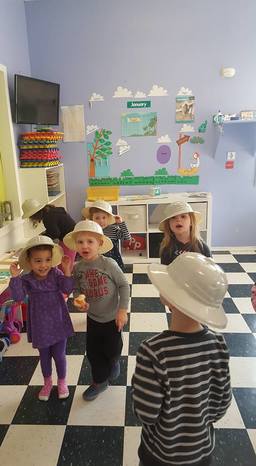
Our little learners discovered what a Paleontologist is and does as they dug into fun with this science and math filled week.
Language and Literacy
Science and Sensory
Our teachers joined in the fun creating Pterodactyls, Brontosaurus, and T-Rex (always the crowd favorite!)
Units of Measure
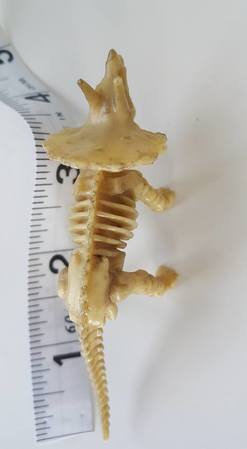 | It is important to provide little learners with tools that allow them to explore complex concepts like "fossils" and these little assorted dinosaur fossils that we ordered from Amazon fit well with helping them to understand what a "fossil" is. Here is the link http://a.co/4mIEsDh. We used these for making imprints and impressions, for painting and stamping and here we used them to measure length, height, and width, comparing our veggie eaters (herbivores) and our meat eaters (carnivores). |
Dinosaur Dig provided excellent opportunity for math skill enhancement through self directed game play. We loved this easy to follow game and I wrote a bit more about it here...
https://www.woolseyacademy.com/blog/math-magic
Creative Arts
multiple planes of achievement and skill levels that fit our mixed age group. This is just one of many that we accomplished this week. We stamped with browns, and whites as we mixed and swirled our stampers to look like dinosaur feet in the dirt. We discussed how a dinosaur made imprints in the soil with their feet that could last for a very long time as they hardened in the sun.
As always, we wish you well and we hope you get to play today! -L
| I write a lot about games that teach. I believe in teaching through play. I believe in experiences, music, dancing, squishy dough and finger paints, dress-up and dolls, trains and trucks that haul loads and whose tracks meander around our classrooms. Our dinosaur studies with Mother Goose Time this month have been full of opportunities for all the "fun"dementals of play and I have been like a kid in a candy store enjoying all the newness each day brings. There are, however, certain games that make me FLIP! These games are always an instant hit with our little learners and provide the freedom for organic learning through engaged involvement. They don't realize the science behind the game. They don't realize that I am providing these experiences because not only do I know they will LOVE it, but they will be building critical thinking skills and not even realize they are learning. I can actually measure their expertise increase as they play. It is magical.... Sigh..... |
What makes a game special?
As the children move their dinosaurs along the board they begin to recognize key words and letters that clue them in to what the upcoming instruction square is going to say. Some stated, "Find 1 bone," or "Subtract 2 bones." These are Emergent Readers striving to learn so they can independently play a game (Language Arts).
FORGET flashcards!! Who has time for that???
As they roll the dice they excitedly count from 1-5 along the squares toward an instruction square. We carefully add and subtract as instructed. Rounding the last square we tally each child's total (math).
By the end we are BEGGING to reset the board and play again. We are pointing out the "add" and "subtract" squares and giggling about how many bones we are going to collect THIS time!
This game is built on subject matter that our children love (dinosaurs) with game pieces that easily fit into their hands. They pick out a new color dinosaur and we discuss it's name each time (science). We have fun conversations about whether it is a "veggie" or "meat" eater as we recall the words "herbivore" and "carnivore". (Language Arts, Social/Emotional, Science) and we are pretending to be baby birds eating the bones we have collected as we roll and recognize, then put into practical application the numbers displayed on our dice.
Research is FULL of evidence (just google "how to best teach a preschool child math concepts" and you will find page after page of articles filled with doctoral dissertations about the "how to's" and "why's" and it all boils down to one concept.
Play games...specifically board games with your child. Have your child attend a preschool that teaches complex and abstract math concepts through stories, songs, and playing board games. This is what we are proud to promote each day for our little students.
Your child's math brain will grow. Your child's social/emotional resilience will grow. Your child's language skills will grow.
Now...stop reading this wonderful little blog and go play :) !
As always, I wish you well and I hope you get to play today! -L
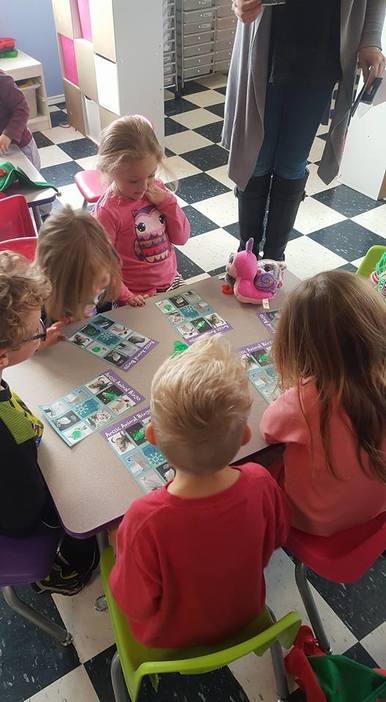
Period.
End of discussion.
Mic drop.
If you want to create math minds,.. play.
I am not talking about giving children toys and saying, "Here you go, play this." I mean play WITH them. Create Invitations to Play that engage their senses and natural curiosity.
This is easily done in the preschool setting and our educators at Mother Goose Time provide an excellent foundation for math skills through multiple Invitations to Play throughout the school day.
What is an Invitation to Play?
Don't those colorful little blocks just say, "PICK ME UP!!!"???
Our children carted these from one area of the room to the next. They placed them on the scales and weighed them. Three blocks on this side, eight blocks on that side. They would readjust the numbers and weigh over and over to see if 6 blocks weighed more than 2, and if 10 blocks weighed more than 1. They would grab a friend and giggle and guess whose side would go up or down. They would squeal, "I WON!!!!" with glee when their side was heavier or lighter depending on the rules they had set up for their newly created, self-directed math game.
Our partner educator, Mother Goose Time, sent us these 1 inch colored cubes with our Winter Wonderland theme for the month of December and by our children's reactions these will stay out for a LONG time!
Sigh........
Aren't my kids the CUTEST?!?!
As Early Childhood Educators we must provide these experiences.
Not only did our students use these little blocks for counting, they used them to build rows and columns alone and with friends. They use them each day for measuring how long one doll is in comparison to another, and how tall the T-Rex is compared to the Stegosaurus.
"An ideal play activity for promoting early geometric and spatial sense is block building. Playing with blocks, a popular activity found in most early childhood classrooms, can contribute to children’s spatial reasoning, knowledge of geometric shapes, numerical knowledge, and problem-solving skills (Kamii, Miyakawa, & Kato, 2004; Ness & Faranga, 2007; Reifel & Greenfield, 1982). Building with blocks not only engages individual students but also groups of students, especially when block building takes the form of guided play — fun activities structured to provide opportunities for exploration and learning (Weisberg, Hirsh-Pasek, & Golinkoff, 2013). Guided play can be used in early childhood classrooms to engage children in play activities that can connect to the curriculum and promote learning. Studies have found that teaching children through guided play can be more effective than didactic instruction because it encourages children to take on an active role in their exploration (Alfieri, Brooks, Aldrich, & Tenenbaum, 2011; Fisher, Hirsh-Pasek, Newcombe, & Golinkoff, 2013)."-By Geetha B. Ramani and Sarah H. Eason
When we look at the life-long benefits of math in preschool we must take an active approach to providing tools and games that will constantly engage our little learners.
When these tools are mixed with time, we have a winning technique that draws in the child naturally and the process of laying foundational skills becomes effortless. "Child's play", if you will...
As always, I wish you well and I hope you get to play today. -L
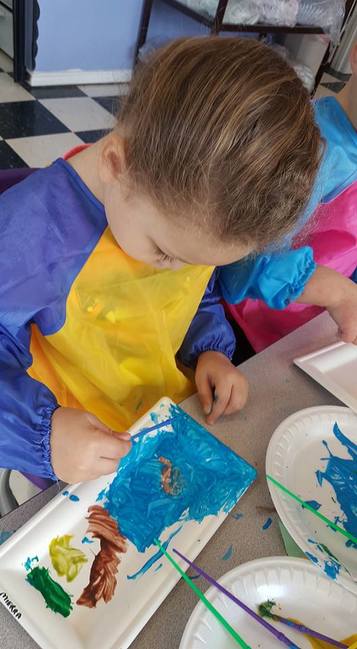
It is so easy to get into the ABC rut prepping them for Kindergarten from a "McDonald's" style checklist and even easier to drown in the mundane of daily routines and circle times.
We have to keep things fresh and engaging. Part of that is not becoming bored ourselves and our Mother Goose Time curriculum ensures that every single day is fresh, inviting, and engaging!
This is why I LOVE introducing children to the Fine Arts. It gives them a window into the bigger world they live in and gives us an opportunity to watch them interpret and create masterpieces of their own.
Some would say, "They are too little!" "Why bother?" "Just stick to the basics..."
The basics??!! The basics assume that children are not capable of amazing things. "Too little" is a adjective for small thinking.
"Why bother?" Just look for yourself and see what these little learners created with some basic materials. They are proud. They are engaged. They are imagining and creating and inventing and interpreting. These activities build language skills, fine motor skills, observational and spatial relationship skills. What's not to LOVE!!!
The Science of Art
Teaching Fine Arts to preschool children allows teachers and children to learn together through observation and conversation. Much of how a child learns is first through conversation and engaging each student on the same level.
"Teachers respond to a student’s comment on a painting by paraphrasing the comment and taking it to the next level,
"Perhaps a student will notice a figure. The teacher will then say, “so you are noticing this figure in the left-hand foreground of the painting?”
“We’re giving them language they wouldn’t normally have in a context that is meaningful to them right in the moment,” she said
"It is important for the teacher to paraphrase the student’s comment in such a way that the student feels understood and the rest of the group can grasp what the student has said, Gulden said. Teachers have to let go of their agendas and ideas and follow the child,"
"Using high-quality artwork is also important," Morin said, "particularly in terms of stimulating observations by the children."
“You can keep going back to a masterwork and see something different every time,” she said. “If it’s not a high-quality work, it doesn’t have that depth.”
,Grace Hwang Lynch, explained this concept well in, "The Importance of Art in Child Development."
"Developmental Benefits of Art
Motor Skills: Many of the motions involved in making art, such as holding a paintbrush or scribbling with a crayon, are essential to the growth of fine motor skills in young children. According to the National Institutes of Health, developmental milestones around age three should include drawing a circle and beginning to use safety scissors. Around age four, children may be able to draw a square and begin cutting straight lines with scissors. Many preschool programs emphasize the use of scissors because it develops the dexterity children will need for writing.
Language Development: For very young children, making art—or just talking about it—provides opportunities to learn words for colors, shapes and actions. When toddlers are as young as a year old, parents can do simple activities such as crumpling up paper and calling it a “ball.” By elementary school, students can use descriptive words to discuss their own creations or to talk about what feelings are elicited when they see different styles of artwork.
Decision Making: According to a report by Americans for the Arts, art education strengthens problem-solving and critical-thinking skills. The experience of making decisions and choices in the course of creating art carries over into other parts of life. “If they are exploring and thinking and experimenting and trying new ideas, then creativity has a chance to blossom,” says MaryAnn Kohl, an arts educator and author of numerous books about children’s art education.
Visual Learning: Drawing, sculpting with clay and threading beads on a string all develop visual-spatial skills, which are more important than ever. Even toddlers know how to operate a smart phone or tablet, which means that even before they can read, kids are taking in visual information. This information consists of cues that we get from pictures or three-dimensional objects from digital media, books and television.
“Parents need to be aware that children learn a lot more from graphic sources now than in the past,” says Dr. Kerry Freedman, Head of Art and Design Education at Northern Illinois University. “Children need to know more about the world than just what they can learn through text and numbers. Art education teaches students how to interpret, criticize, and use visual information, and how to make choices based on it.” Knowledge about the visual arts, such as graphic symbolism, is especially important in helping kids become smart consumers and navigate a world filled with marketing logos.
Inventiveness: When kids are encouraged to express themselves and take risks in creating art, they develop a sense of innovation that will be important in their adult lives. “The kind of people society needs to make it move forward are thinking, inventive people who seek new ways and improvements, not people who can only follow directions,” says Kohl. “Art is a way to encourage the process and the experience of thinking and making things better!”
Cultural Awareness: As we live in an increasingly diverse society, the images of different groups in the media may also present mixed messages. “If a child is playing with a toy that suggests a racist or sexist meaning, part of that meaning develops because of the aesthetics of the toy—the color, shape, texture of the hair,” says Freedman. Teaching children to recognize the choices an artist or designer makes in portraying a subject helps kids understand the concept that what they see may be someone’s interpretation of reality.
Improved Academic Performance: Studies show that there is a correlation between art and other achievement. A report by Americans for the Arts states that young people who participate regularly in the arts (three hours a day on three days each week through one full year) are four times more likely to be recognized for academic achievement, to participate in a math and science fair or to win an award for writing an essay or poem than children who do not participate."
And now......The Masterpiece!
We love providing the time and freedom to allow our students to experience the Fine Arts and recreate what is in their own hearts and minds.
All in a day of play at Woolsey Academy.
I wish you well and I hope you get to play today!
-L
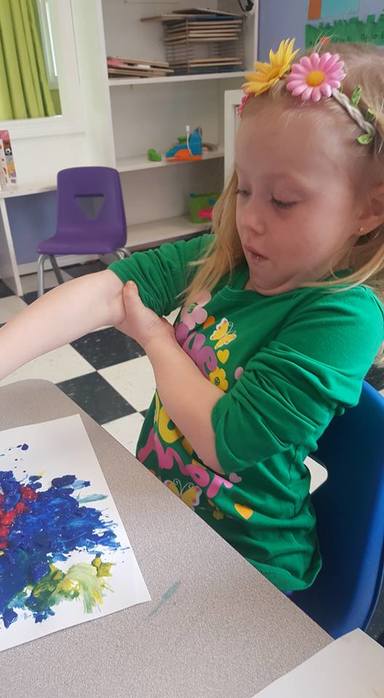 One of our sweet students excitedly observing that her paint is mixing as it melts and swirls!
One of our sweet students excitedly observing that her paint is mixing as it melts and swirls! They know we have a purpose and a plan for their day and they excitedly await our morning meetings to discuss what they are going to be observing, growing, reading, experimenting, painting, and learning each day here at Woolsey Academy. Made even better is the fact that I know our approach to learning
"uniquely weaves 33 research-based skills into playful games and discovery projects.
.The cross-disciplinary model supports a child’s on-going social-emotional, physical, language and cognitive development."
In December we get to discover "Winter Wonderland" and our first week was FULL of freezing and melting!
The Science of Discovery
This fun lessons was packed with opportunity to scrutinize the process of frozen paint as it melted. "It's crunchy!" "It smells funny!!" "It's squishy!!" "Ms. Donna, Ms. Donna LOOK AT WHAT MY PAINT IS DOING!!!" (swoon...)
To which I followed up with exploration and observation questions like, "WOW! What is your paint doing!?"
"It's melting!"
"I am making GREEN!"
"Ms. Donna, I see PURPLE!!!"
We rightfully framed the beautiful masterpieces that our endearing artists created to give them their proper significance. The S.T.E.A.M. process experienced provided our little learners with invaluable opportunities to extend art and science into play as we, "support children in their exploration by creating an environment that promotes observation, exploration and explanation, asking open-ended questions such as 'What do you think might happen?' or 'What do you see happening?'."
These types of activities are vital to developing, "strategies for active exploration, thinking and reasoning and develop working theories for making sense of the natural, social, physical and material worlds around them."
This was just one example of many experienced in our week of Freezing and Melting at Woolsey Academy!
As always, we wish you well and we hope you get to play today!
-L.
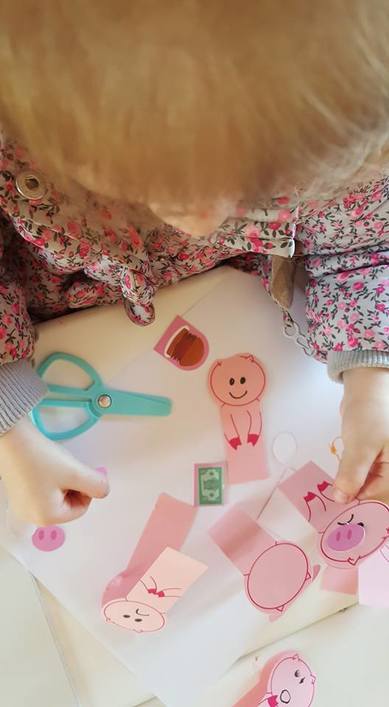
We began our day with these sweet little piggies counting, "1, 2, 3, 4, 5!" as we poked and punched them out of their frames courtesy of Mother Goose Time!
We laid them in rows. We folded them and gave them little frowns, smiles, angry, and scared faces as we discussed the piggies journey from market, to home, to the dinner table and the piggie that was so, so sad because he had nothing to eat!
We discussed what we would do to help our friends if we had something yummy or going to the store and our friends were sad.
We decided that sharing our meal and asking mommy or daddy if our friends could come along would make our dinnertime and our shopping trips even more fun!
As they gave their little pigs emotions and words, I gave them time to retell their stories, their way. I gave them time to pretend and play, to invent and dream up knew scenarios.
Retelling a story with props is a developmental milestone and a very important skill that preschool children need as stepping toward reading readiness.
Utilizing well known and easy to obtain stories such as Nursery Rhymes helps small children with recall and helps them to connect their learning day with their family experiences at home.
"Children learn through retelling a story.
The first telling of a story by the teacher to a group of young children is an exciting introduction to the content, while retelling of the same story allows children to revisit the tale and refine their understanding. This repeated pleasurable experience helps children develop concepts about words, print, and books (Morrow)
The magnetic quality of storytelling is the universal power to remember, entertain, inspire, create, and know—a personal process that connects to the language of the children. Drawing children into the telling actively engages the listeners, creating a shared experience that bonds the teller and listeners.
This co-creation is very different from the story viewing young children frequently experience in today’s high-tech world.
(28 www.naeyc.org/yc n Young Children • March 2002 2001)).
Several retellings of a favorite story by the teacher or the children over a period of time allow children to clarify their ideas and pick up additional details of the content. Each retelling increases the children’s familiarity with the story and offers more opportunities for their participation during the experience. These retellings also help children build frameworks, characters, and vocabulary to use when they create their own stories." http://www.naeyc.org/yc/files/yc/file/200203/Isbell_article_March_2002.pdf
We took turns being the shop owner, cashier, and buyer. We shopped, made decisions on purchases based on how much money we had in hand and how much items cost.
This was all wrapped up in teacher supported play. I helped them as they needed assistance with adding and subtracting. It prompted conversations about how much we could purchase and items we should save for another day.
These social/emotional and math skills were all powered by P.L.A.Y!! What a great way to promote S.T.E.M. in real time, child led, teacher supported moments!
As always, I wish you well and I hope you get to play today! - L
Nursery Rhymes and that magic box...
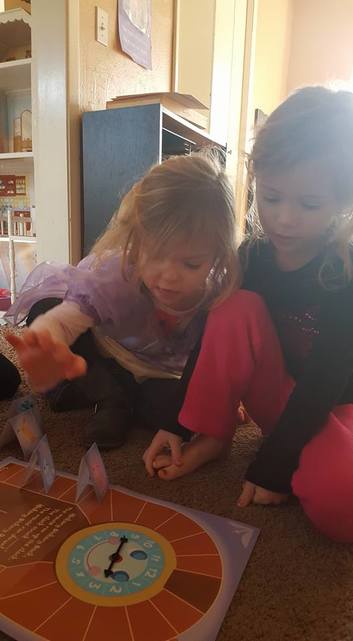
Packages and papers flying, experiments, loose parts, yarns, ribbons, paint brushes and books scatter until they land on it, "THIS!" "We want to do THIS!" There are squeals and hustle as we open packages and assemble the plans.
We observe. We discuss. We hypothesize. "So what will we need to do this?" I ask. They think and plan... "We will need....." and the planning and gathering turns into a process. The process turns into progress and before we know it we have a full day of play ahead.
I love their excitement. I love that they know I will help them accomplish anything they can imagine. I love it when holidays roll around and they are beaming to make hearts or clovers or Christmas trees.
There's nothing better than the twinkle of tiny eyes and paint covered hands.
For now, we are studying Nursery Rhymes. We live in the world of "Bah, Bah Black Sheep" and "Twinkle, Twinkle Little Star" so turning this into a thematic unit filled with science, math, creative arts and, of course, literacy is child's play! (pun intended!!)
Hickory, Dickory Dock!
We first looked at the clock and discussed how the numbers go all the way around the "face" of the clock and the the number 12 is at the very top. This brought about questions...
"Why isn't the number 1 at the top? "Where is the zero?"
Good questions.....
After explaining that clock numbers go in a circle we practiced walking around numbers we placed on the floor. Like little mice we scampered around and around.
We then allowed the 2's to continue this active, gross motor play while the older 3's and 4's played the game. In this game they had to practice their social/emotional skills of turn taking, waiting patiently, and politely saying, "Your turn _______" if their friend becomes distracted and forget whose turn it was. These skills are, in my opinion, even more important than the number recognition and counting practice they are receiving by playing this game.
In fact the ability to self regulate is a better indicator of academic success than any other indicator (even better than scoring high standard test-based entrance exams!!)
This is just another reason why I LOVE games that teach. They can be "teaching" letters, counting, sequencing, that cows pass gas for heaven's sake, I don't care! What they are actually teaching a child in regards to his or her social/emotional development FAR outweighs being able to recognize a lower case "r" or that 13 come after 12. They are teaching patience, persistence, perseverance, taking turns, and that sometimes we win and sometimes we do not, but that we all get to play together.
But don't take my word for it. Read the research...
“There is a lot of evidence to suggest that self-regulation can be taught in children.” As an example she points to an intervention aimed at improving self-regulation in preschoolers. “In one recent study,” she says, “we found that a series of classroom games in preschool designed to help children practice paying attention, remembering instructions, and demonstrating self-control significantly improved self-regulation skills, especially for children with low self-regulation.” https://www.education.com/magazine/article/self-regulation-children/(Read the full article here.)
This article in ChalkBeat discusses the psychology behind self-regulation and the vital importance and superiority it holds over Kindergarten entrance math or reading levels.
"In psychology, this lack of self-regulation is referred to as “executive function.” Research shows that executive function is a better indicator of academic success than IQ or entry-level reading or math skills.
Anecdotal evidence suggests that a quarter of all children don’t have the skills they need to learn. Forty-six percent of kindergarten teachers reported in one study that more half of their children did not have sufficient levels of self-regulation. Another study of Head Start classrooms found problems with self-regulation, such as kicking or threatening others, occurred once a day for 40 percent of students.
There is, however, a silver lining: executive function capabilities can be altered quickly if caught and changed early enough. The problem is, parents are regulating their children instead of teaching their children how to get control of themselves.
Key findings in the book:
- Praise doesn’t increase kids’ achievement It has been a long-standing belief of psychologists and parents that praise was an important motivational factor for promoting achievement. In fact, this type of nurturing based on constant praise is actually more likely to create children who are willing to cheat to get by. “It instills in them the idea that had they prepared well enough, or tried hard enough, they could have succeeded, rather than risk being told they have failed or that they aren’t smart,” said Merryman.
- We are robbing our kids’ sleep Today’s generation of children get one hour of sleep less than children did 30 years ago, and the effects of this are just now beginning to be realized. New research has tied this sleep loss to numerous problems facing today’s children including ADHD, behavior problems, academic problems and even child obesity.
- Obedience vs. self-direction “The idea is that how you nurture self-direction is not by drilling children or telling them what to do, but by fostering them in mature make believe play where they play a role which in turn helps them to regulate themselves,” said Leong. This is the sort of play that allows them to learn how to self regulate. “Preschool and kindergarten are really the only places left in the world where children really get to practice that if the teachers nurture that.”
- The role parents play Kids playtime has diminished as parents have put an emphasis on teaching letters and numbers, according to Leong. She also pointed out that children are in very segregated age groups and don’t have much interaction with older children who can be mentors of play and learning for younger children. This leads to lessons taking three or four times longer to teach to children because they literally have to learn to play again. Parents can learn to be creative with learning opportunities that pop up while cooking, shopping, or running errands. “We put our kids in situations where they are isolated from real life, which is easier for parents in some cases. Parents spend a lot of time trying to keep their kids occupied rather than seeing these as opportunities to teach their children about real life,” said Leong.
- Immediate benefits There have been a number of 1-year studies on children who entered kindergarten a year behind, entered a Tools of the Mind classroom and came out a year ahead of their peers, said Merryman. A few school districts in New Jersey have noticed a pattern of children who participated in Tools of the Mind landing in gifted and talented programs. In Jefferson County, the curriculum in preschools and Head Start programs has been so successful that first grade programs have begun to be rewritten because the kids were already so far ahead. “We saw that the more difficult the tasks the children were given, the more motivated they were to succeed,” said Merryman." By Alex McNa http://www.chalkbeat.org/posts/co/2010/11/04/self-regulation-key-to-classroom-success/
The skill of self-regulation is a teachable, not an inherent skill and allowing children the time to experience conflict, decision making, and turn taking with the use of games that have predictable as well as non-predictable outcomes is vital to their academic success which translates well into their adult years.
So for you and all the little ones in our lives, I wish you well and I hope you play today!!
-L
Life is made of moments...
"There isn't anything more full of hope, joy and peace than a child's smile... It captures the mundane and makes it extraordinary." - LaDonna Woolsey
Categories
All
A Little Bit Of This And That!
A View You Can Use!
A-Z Alphabet Theme
C Is For Cookie!
Continents And Countries
Curiosity
Curriculum
Dandelions And Darlings...
Happy Halloween!
Help For Tired Mommas...
Holidays
Letter M Monkey
Letter N Newts
Letter O Olympics
Letter P Is For People
Letter Q Is For Queen
Letter S
Letters Learning
Letter T
Letter U
Letter W
Letter X
Play Based Learning
Preschool
R Is For Rainbow
Sensory Play
Teaching And Learning
Turtles And Trains
Archives
November 2019
September 2018
May 2018
April 2018
March 2018
February 2018
January 2018
December 2017
February 2017
December 2016
November 2016
October 2016
September 2016
August 2016
July 2016
June 2016
May 2016
February 2016
January 2016
December 2015
November 2015
October 2015
September 2015
July 2015
June 2015
May 2015
April 2015
February 2015
October 2014
July 2014
June 2014
April 2014
January 2014
November 2013
October 2013
September 2013
August 2013
July 2013
June 2013
May 2013
March 2013
February 2013
January 2013
December 2012
November 2012
October 2012
September 2012
August 2012
July 2012
April 2012
March 2012
February 2012
Categories
All
A Little Bit Of This And That!
A View You Can Use!
A-Z Alphabet Theme
C Is For Cookie!
Continents And Countries
Curiosity
Curriculum
Dandelions And Darlings...
Happy Halloween!
Help For Tired Mommas...
Holidays
Letter M Monkey
Letter N Newts
Letter O Olympics
Letter P Is For People
Letter Q Is For Queen
Letter S
Letters Learning
Letter T
Letter U
Letter W
Letter X
Play Based Learning
Preschool
R Is For Rainbow
Sensory Play
Teaching And Learning
Turtles And Trains
Location |
|
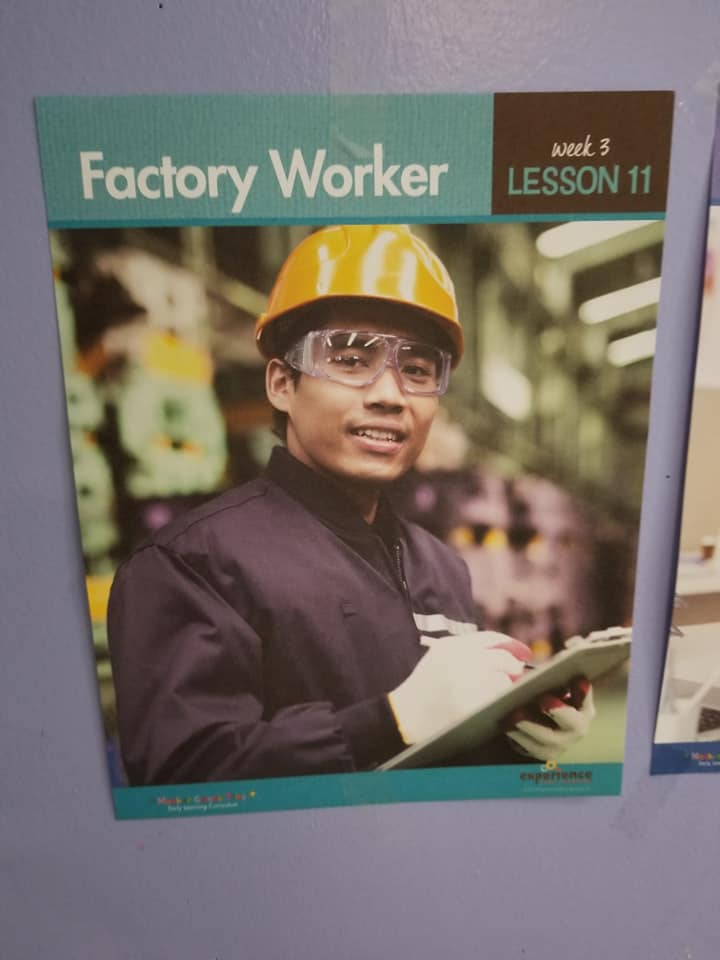
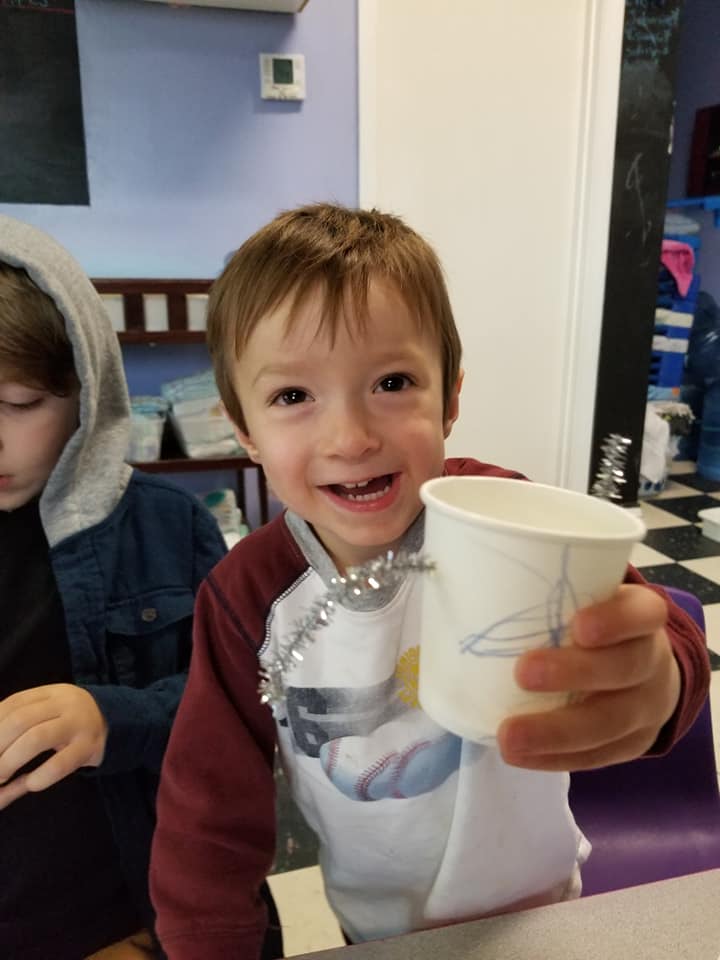
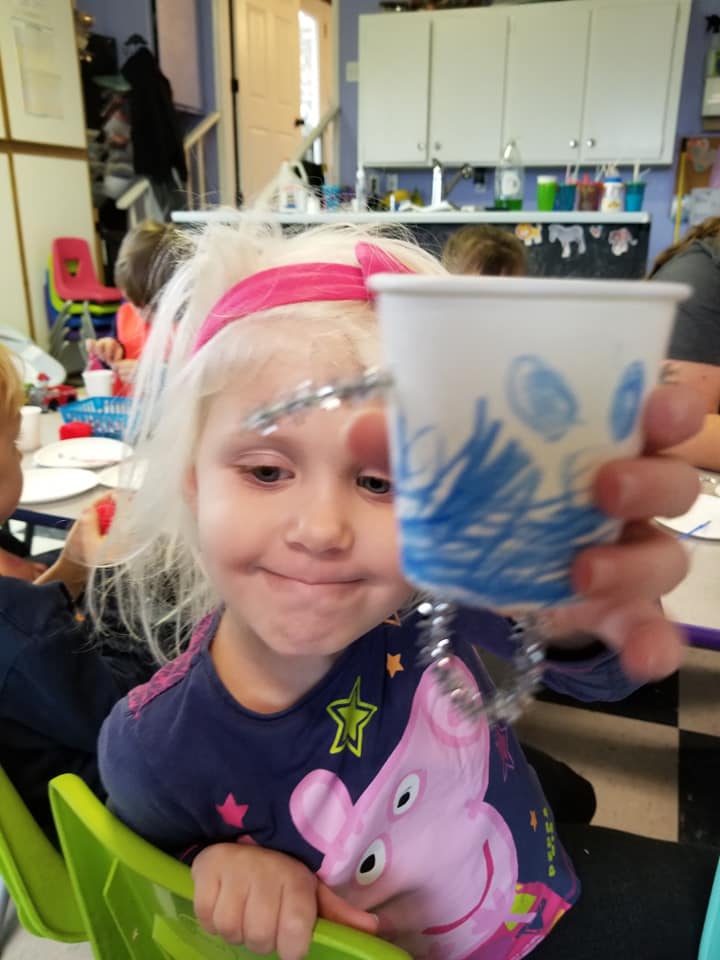
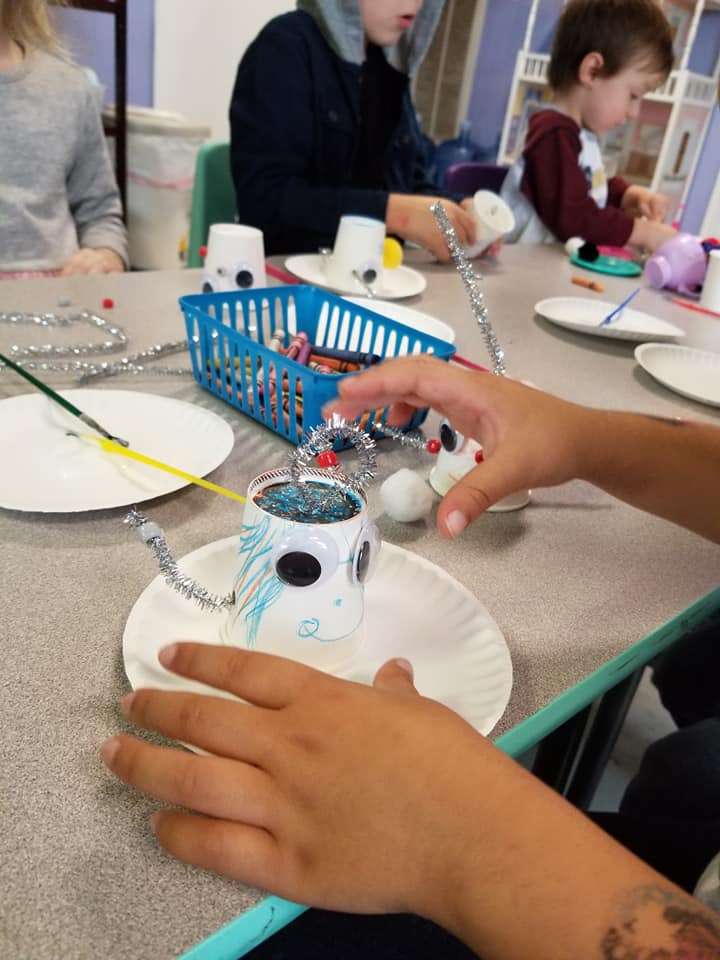
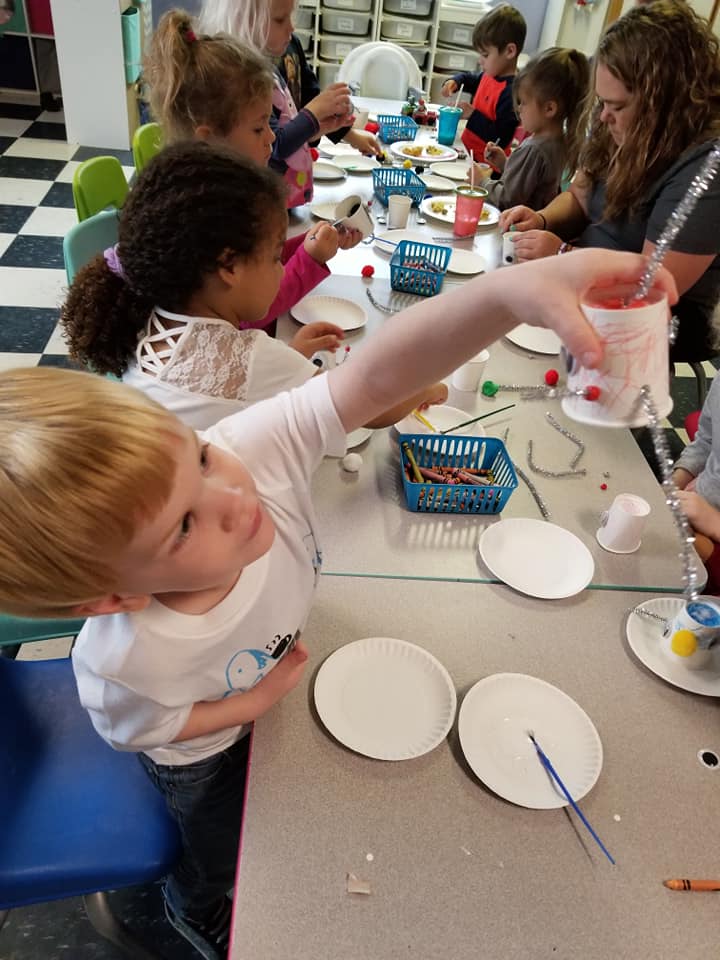
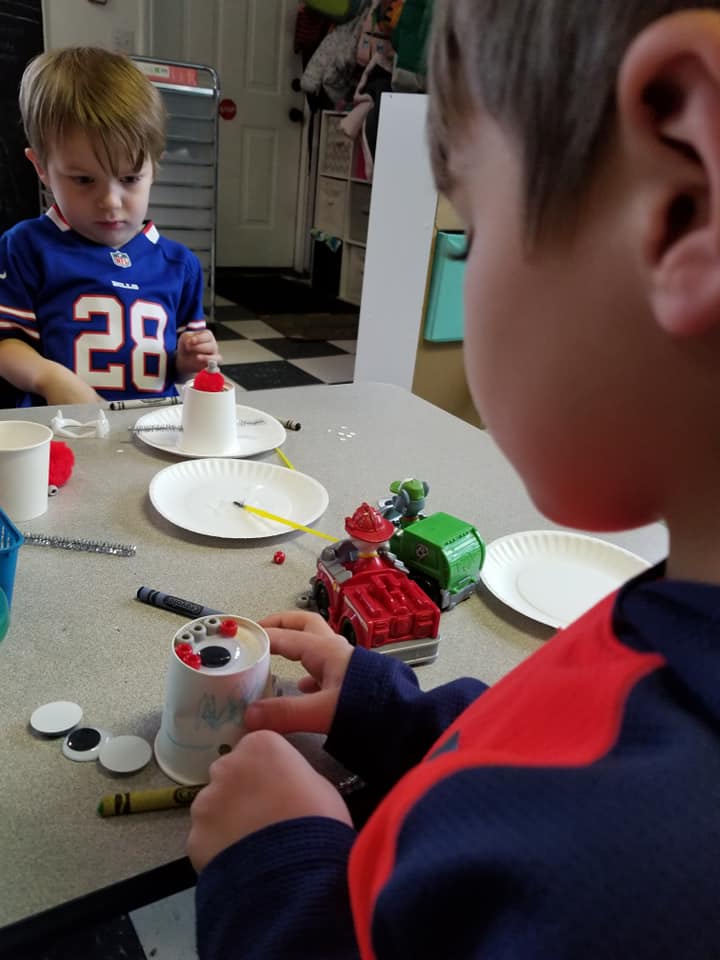
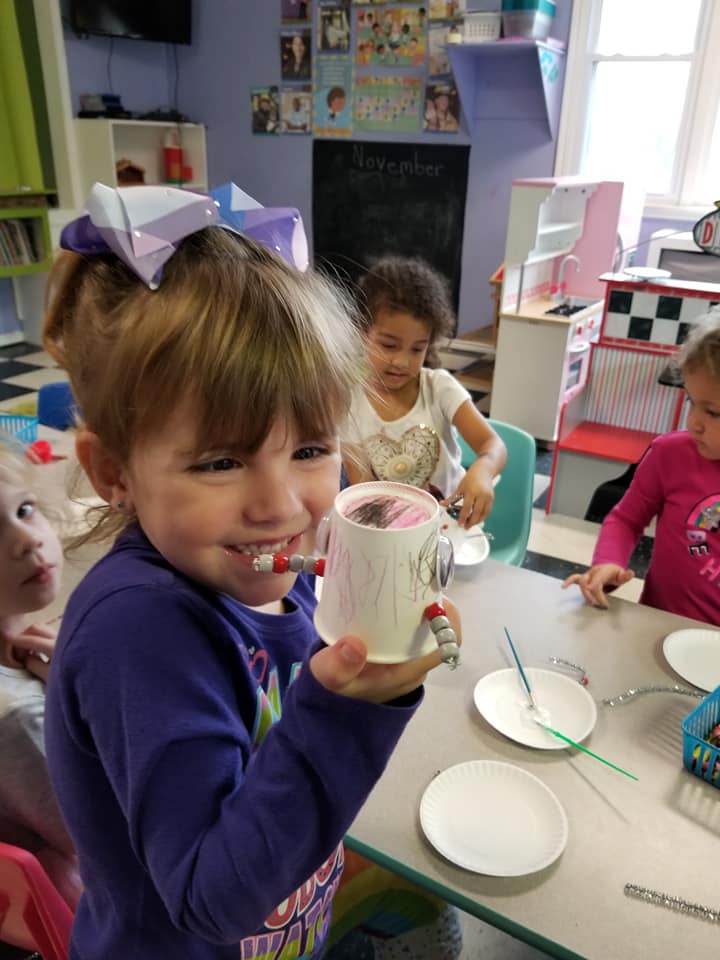
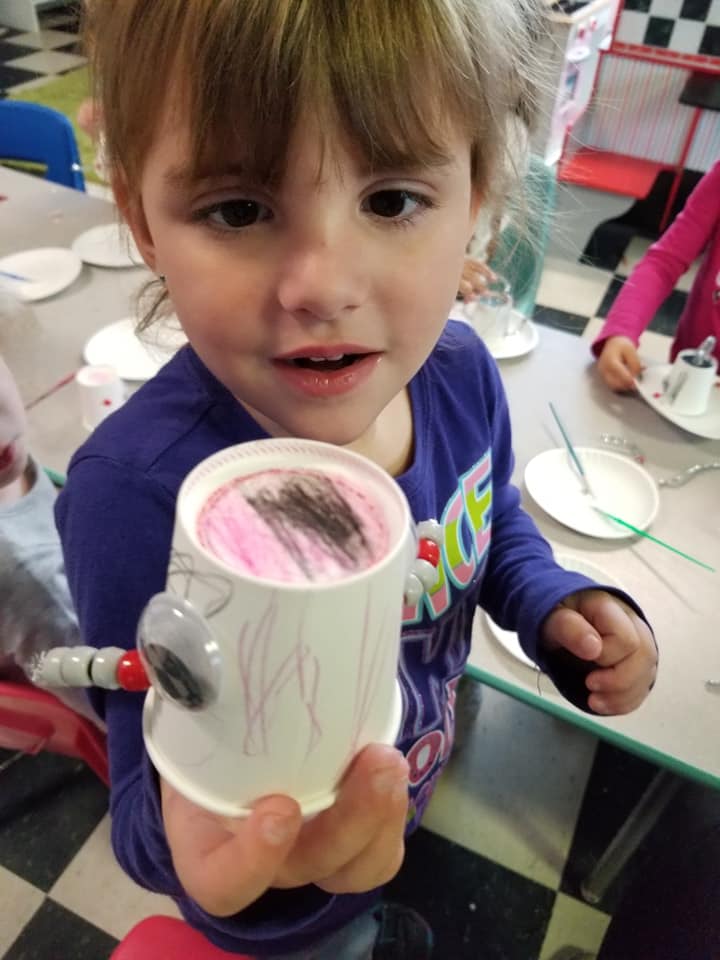
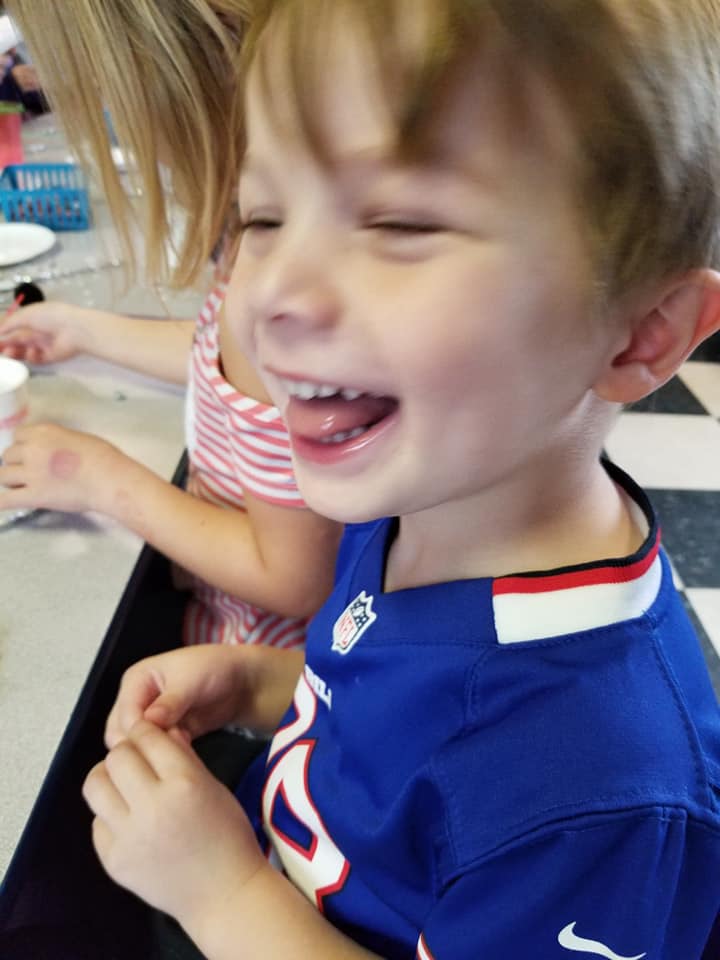
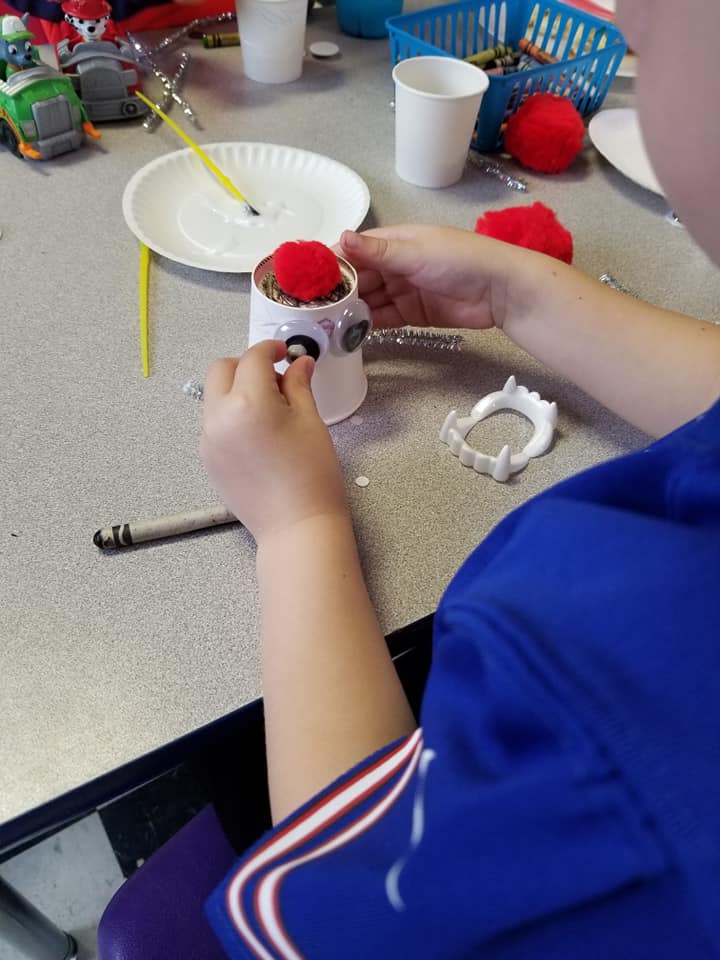
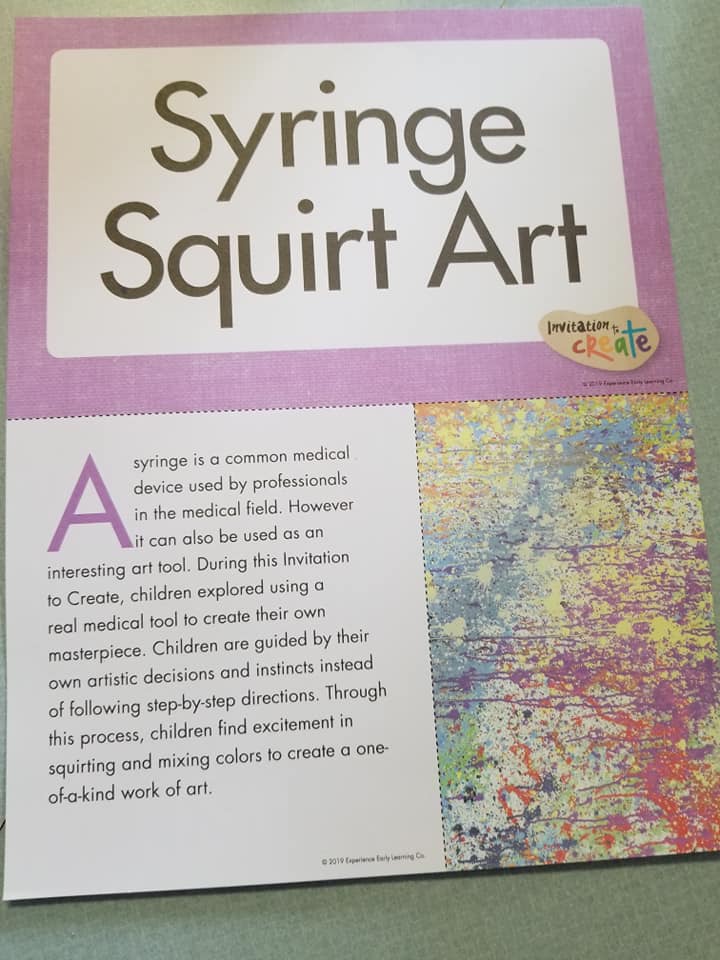
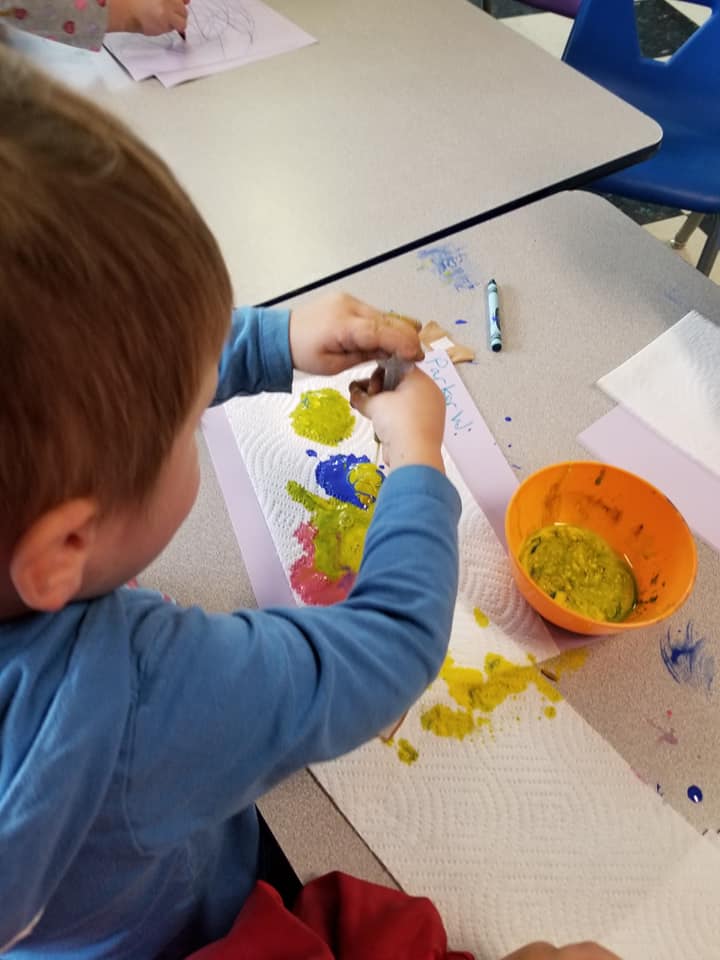
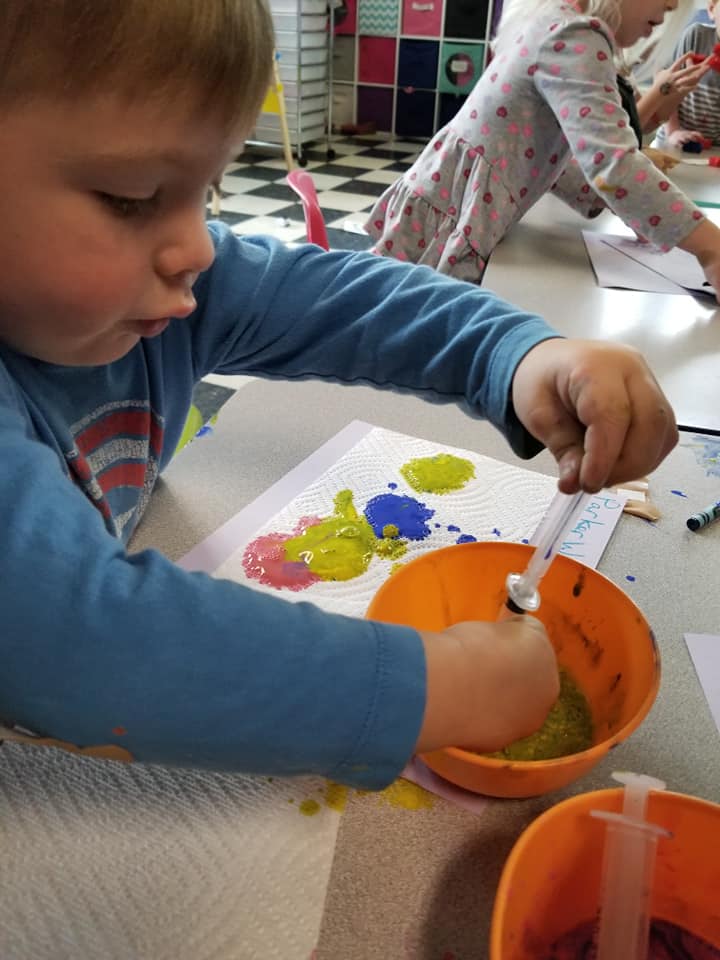
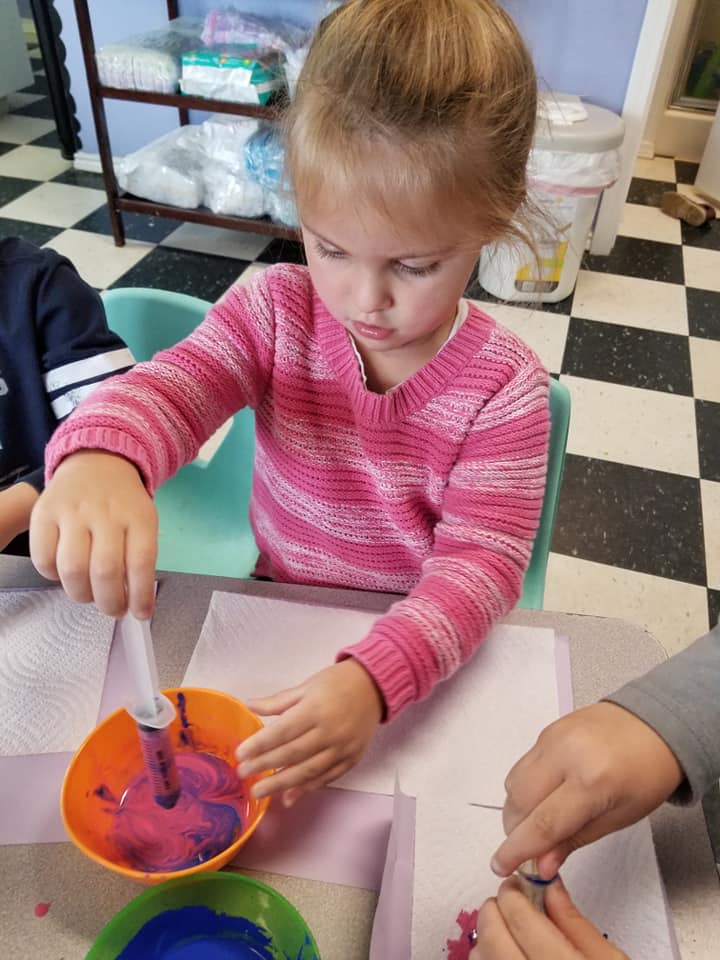
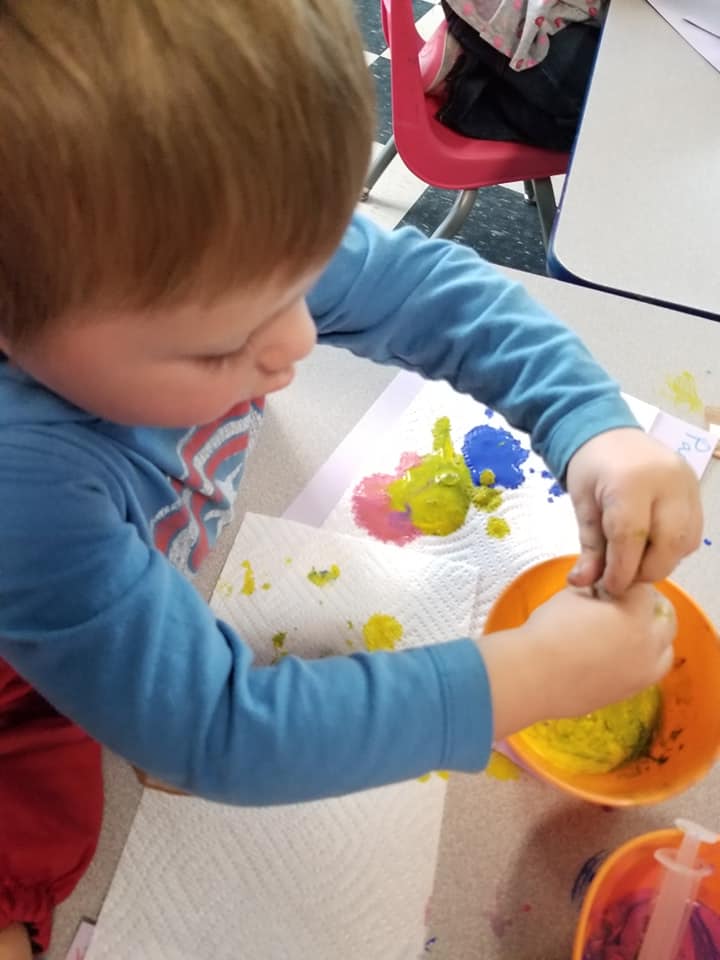
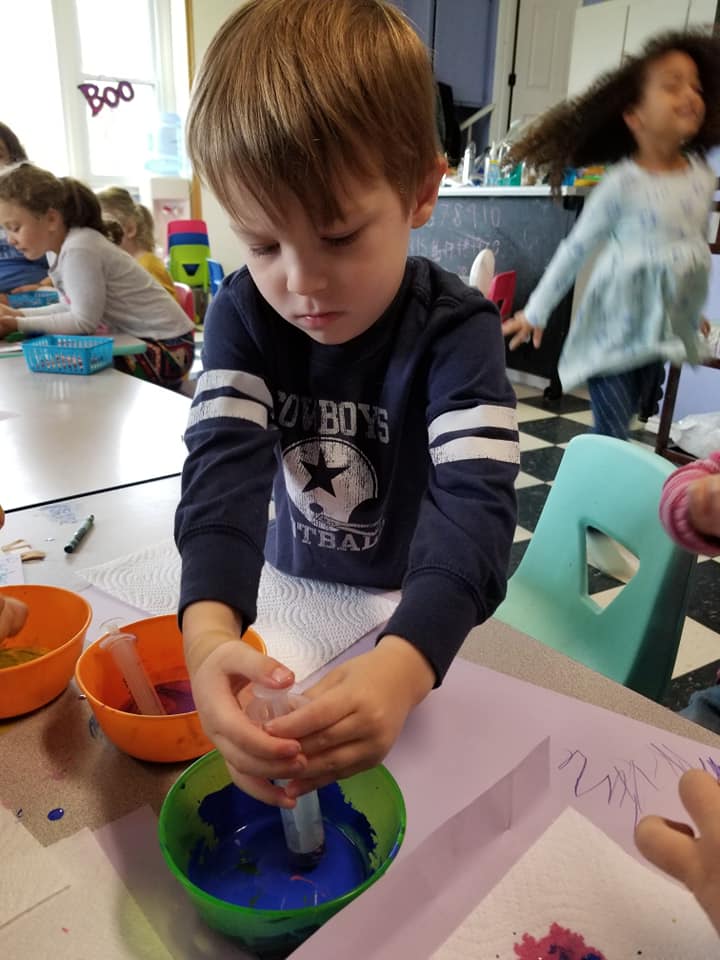


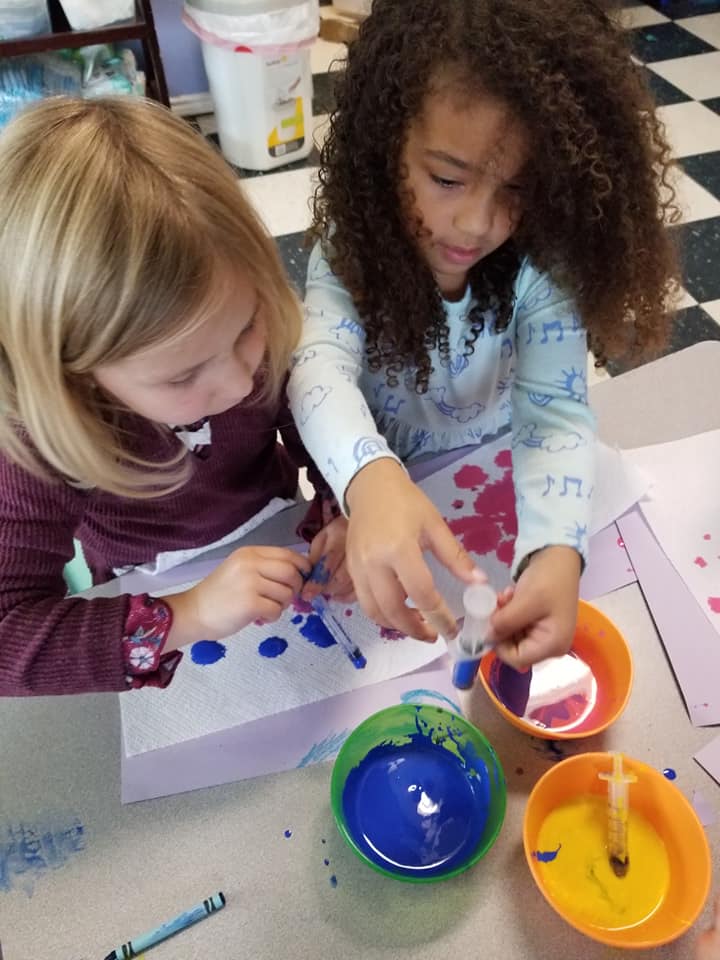
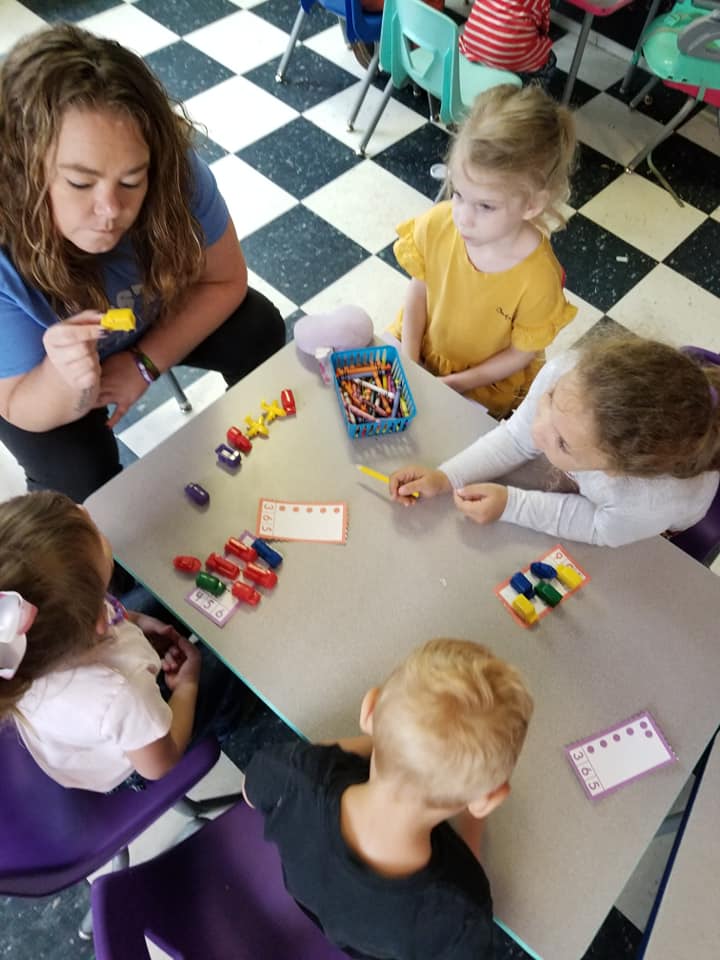
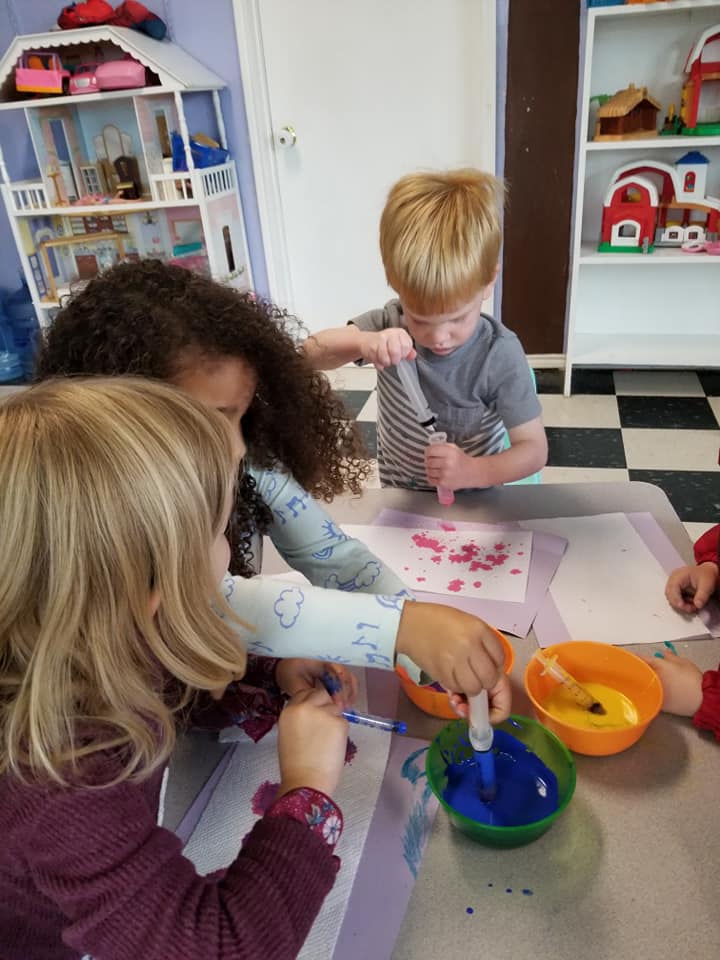
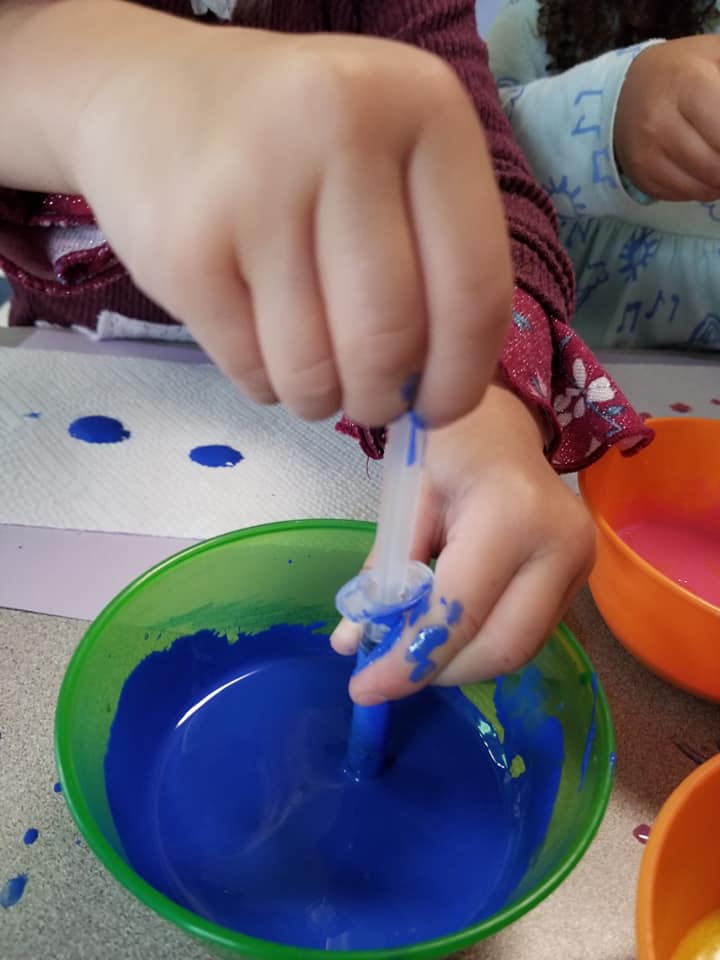
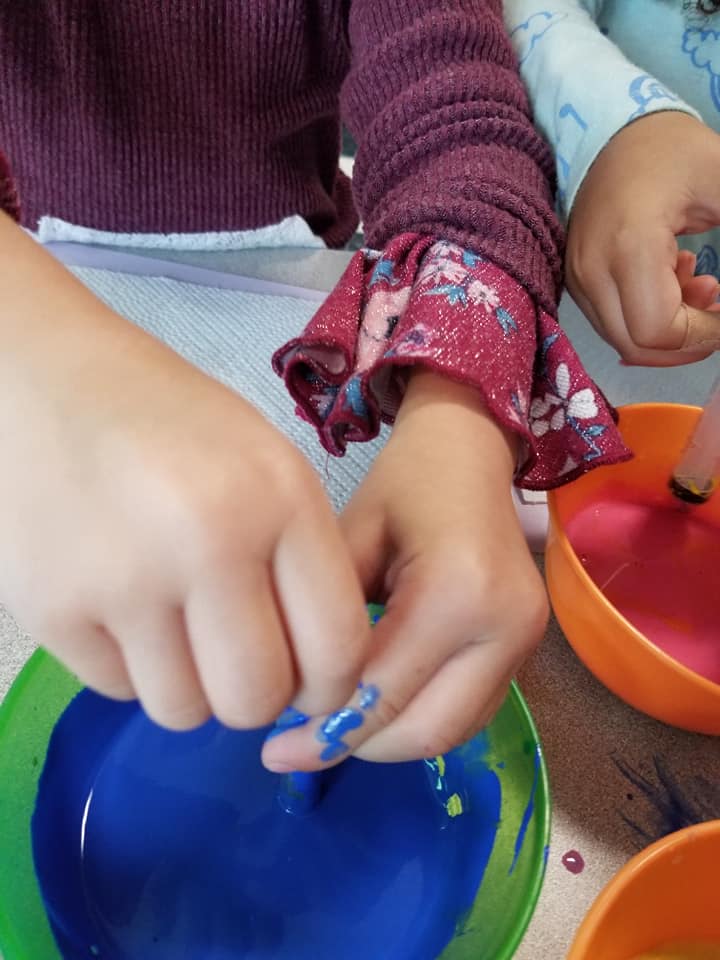
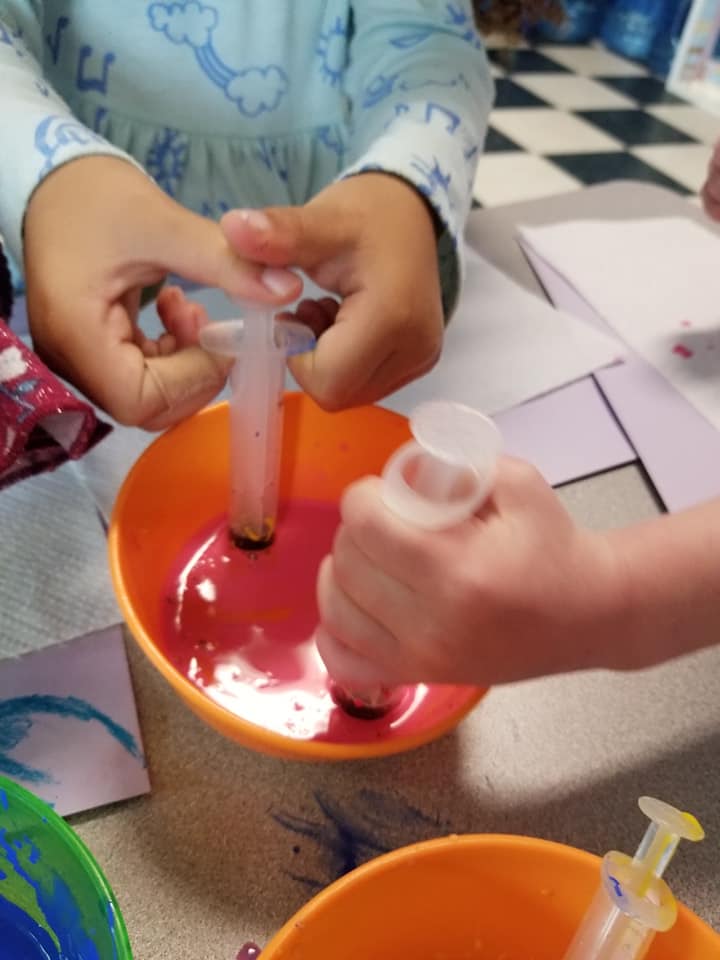
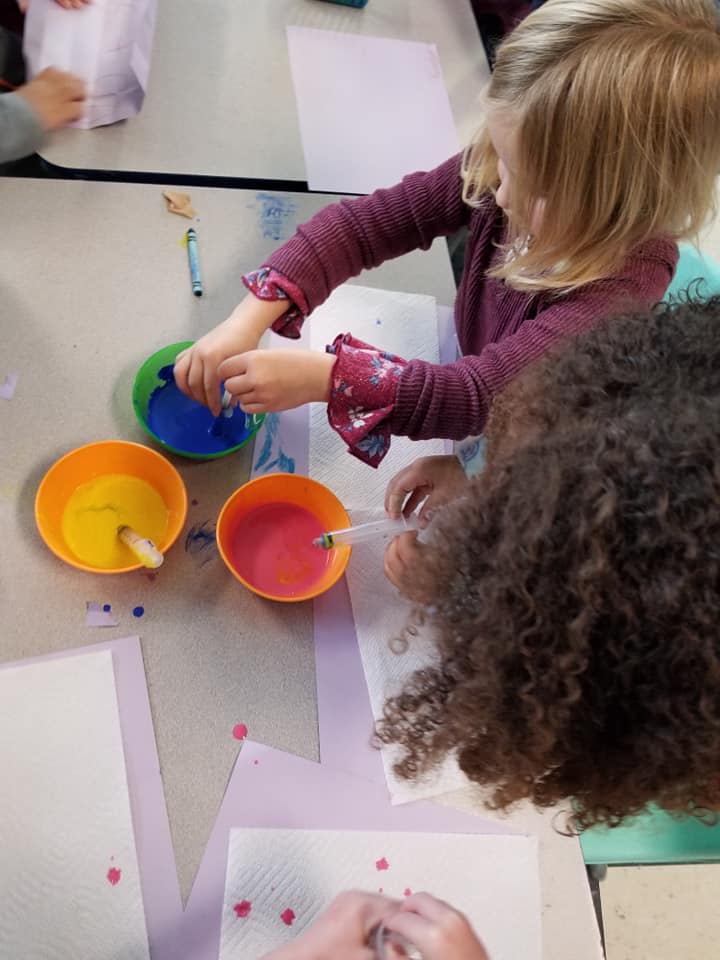
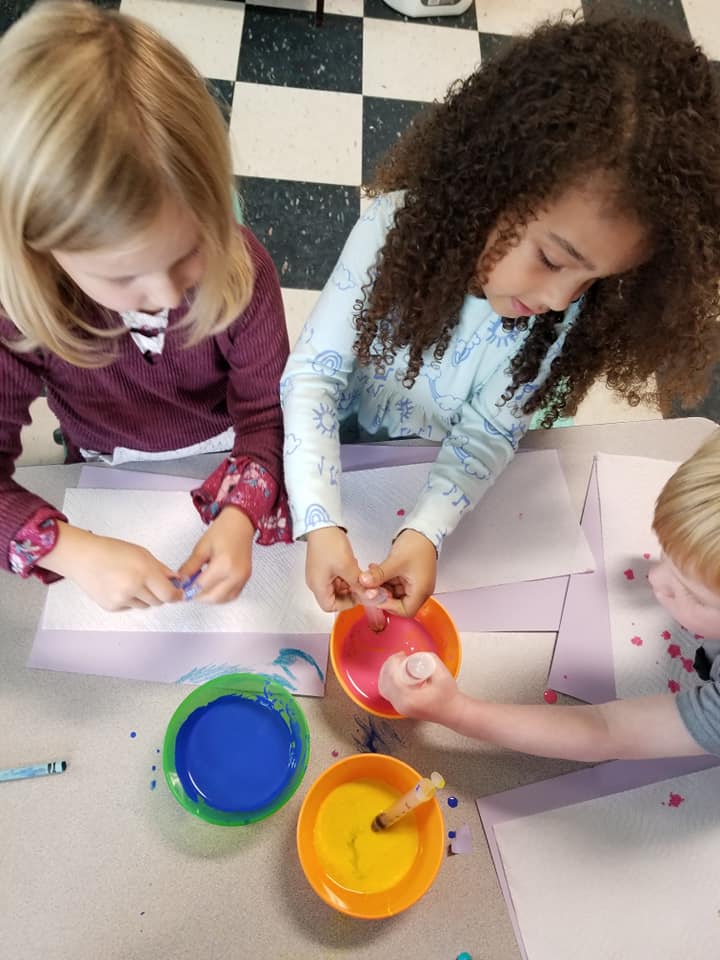
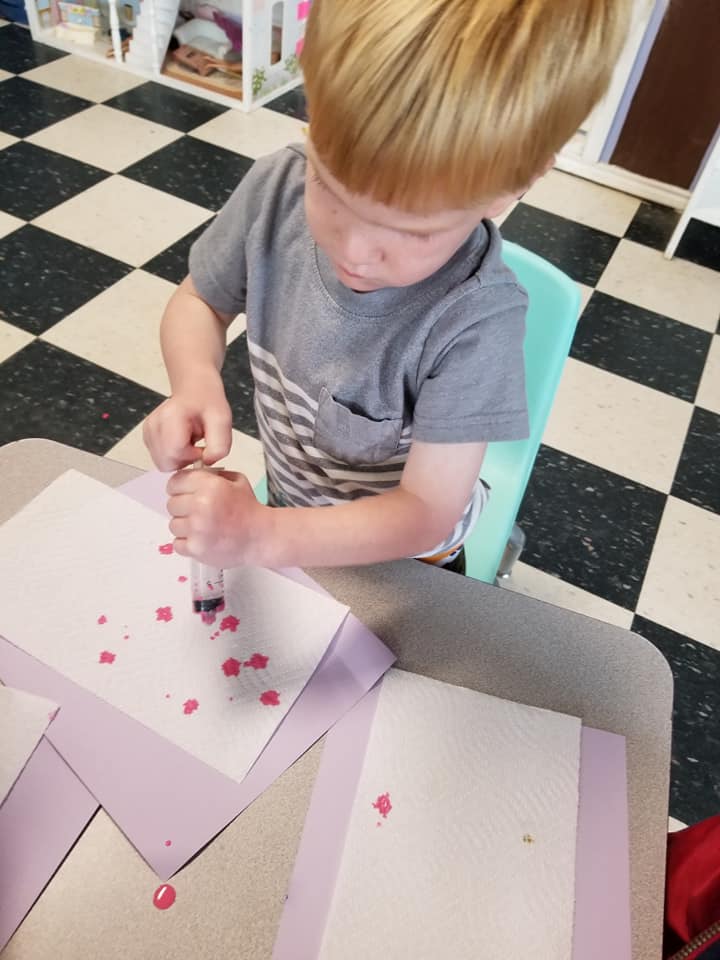
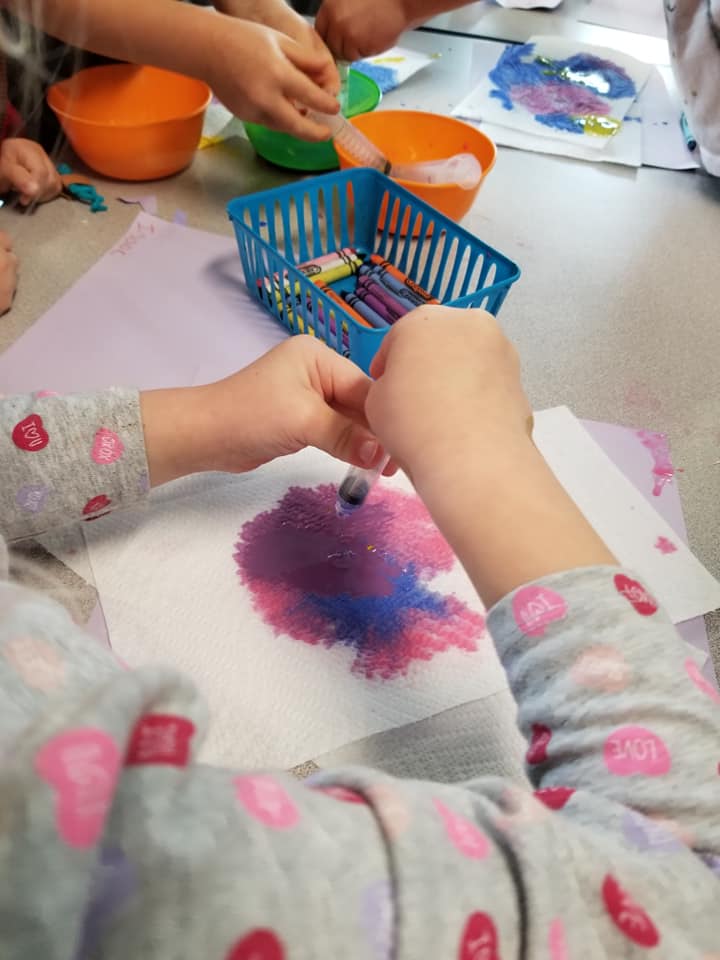
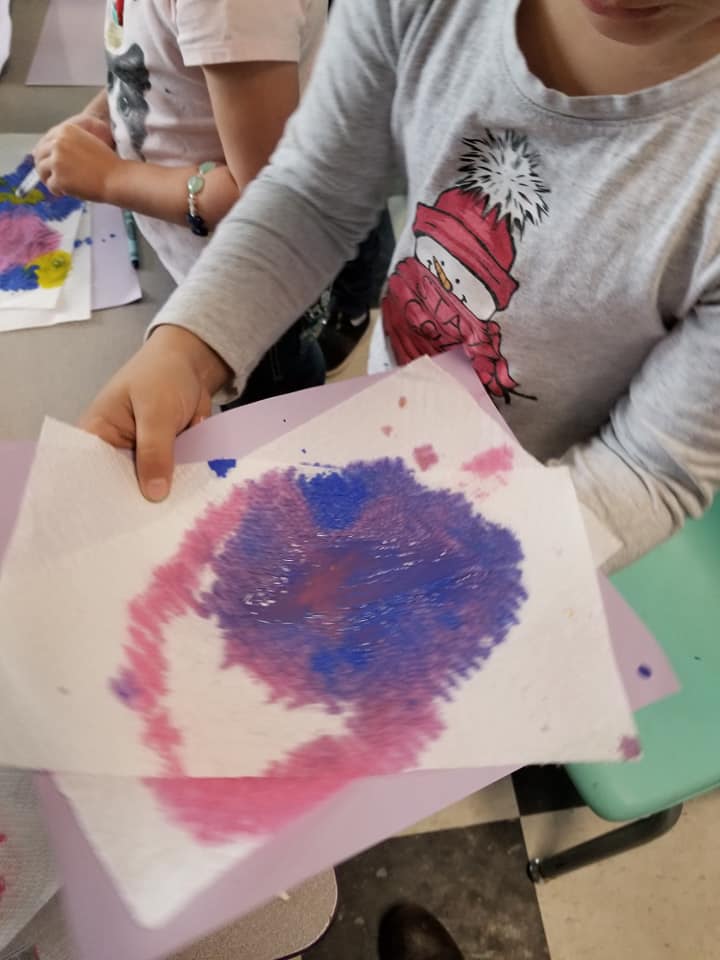
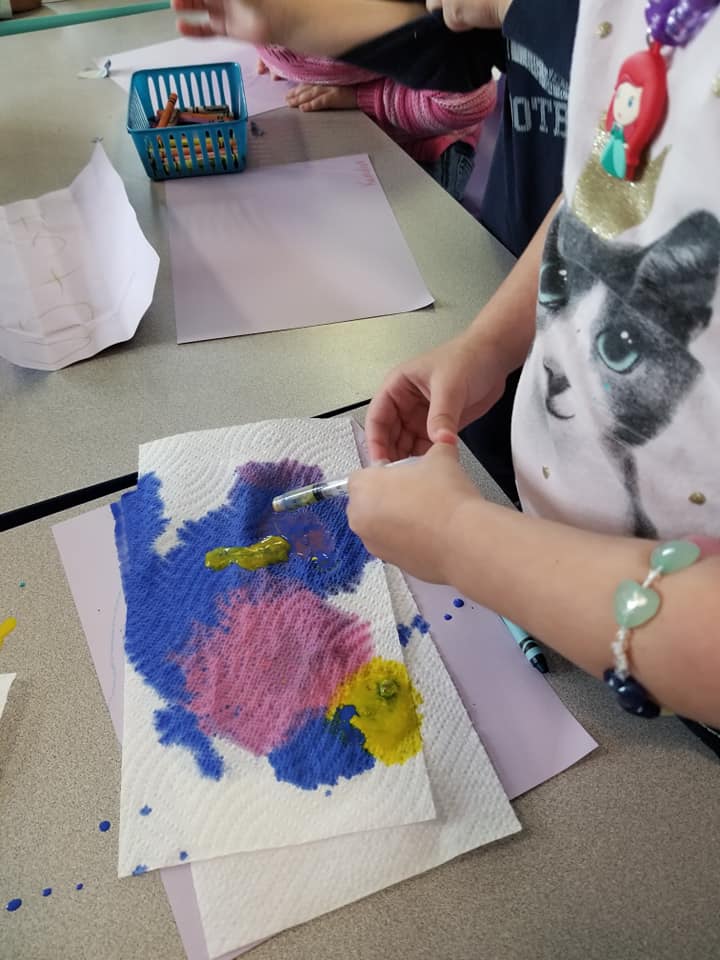
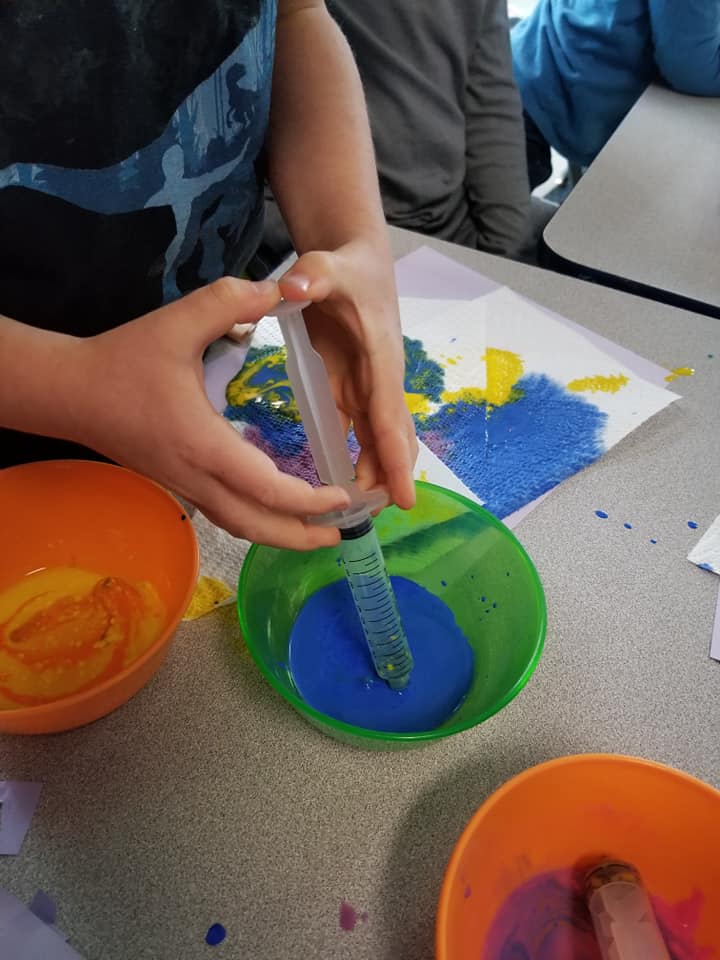
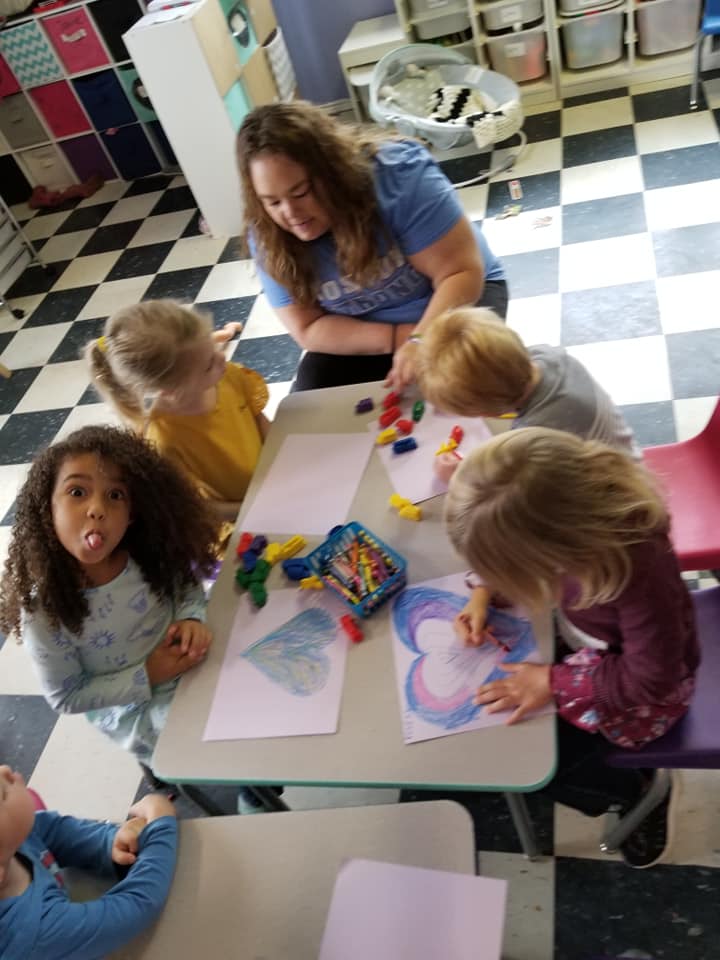
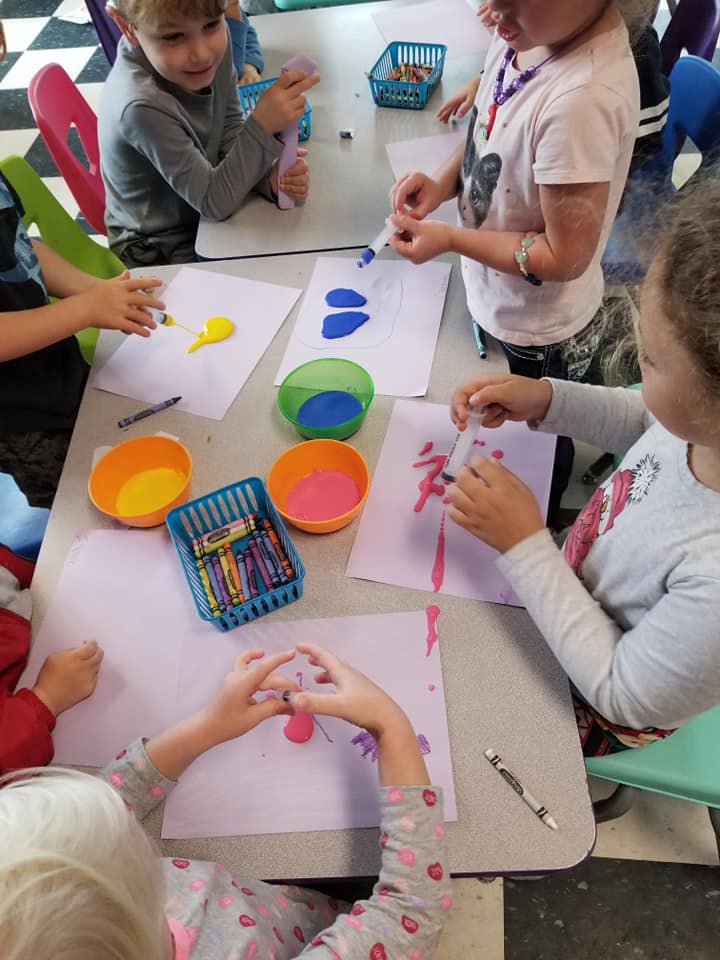
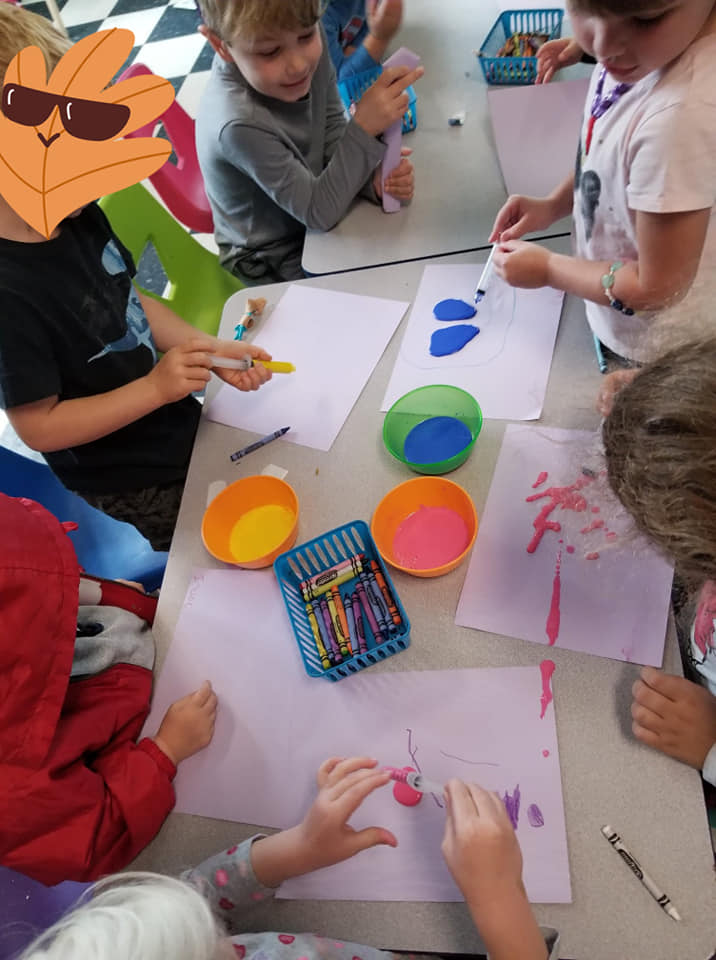
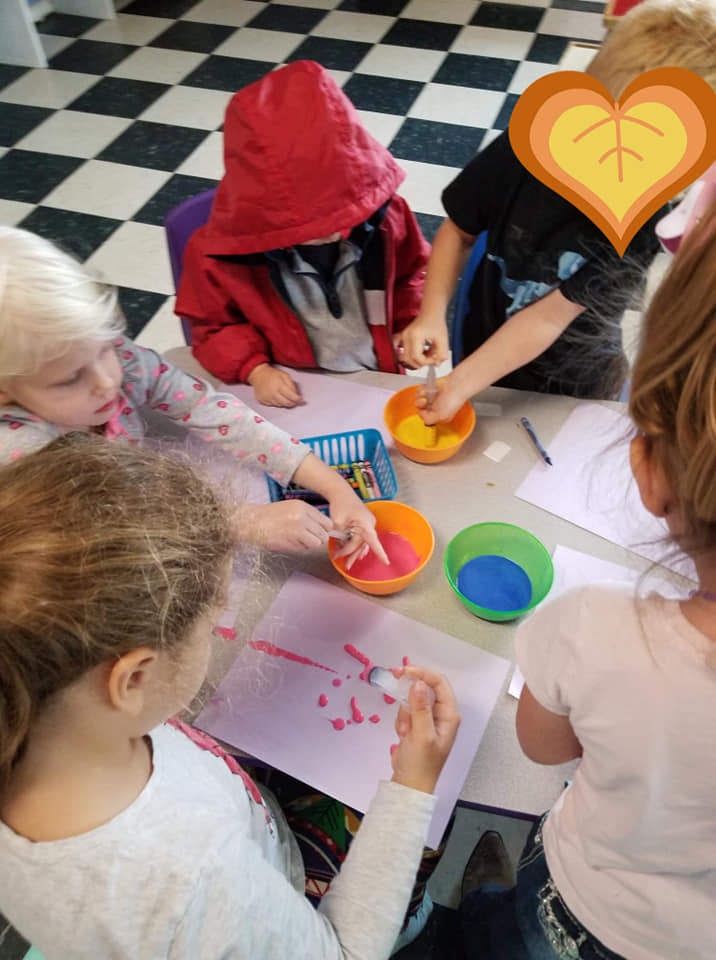
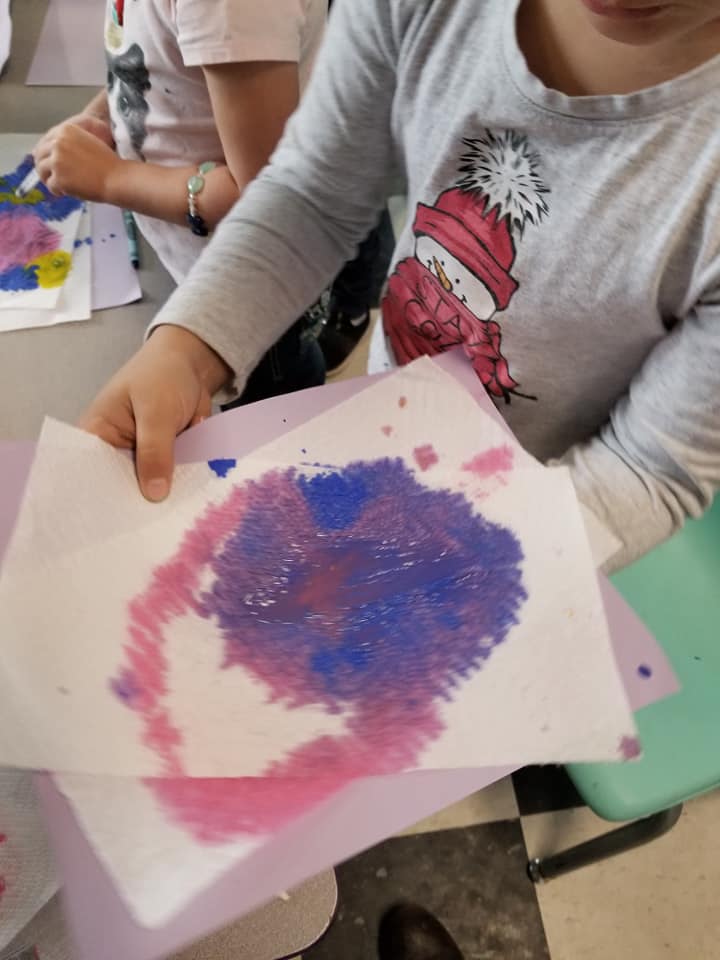
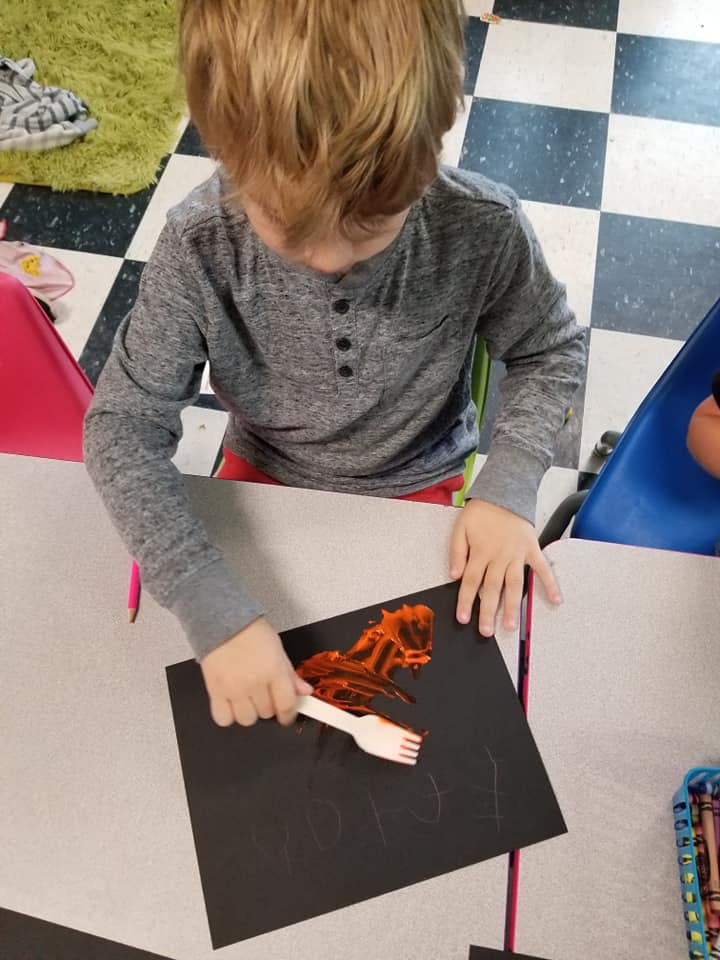
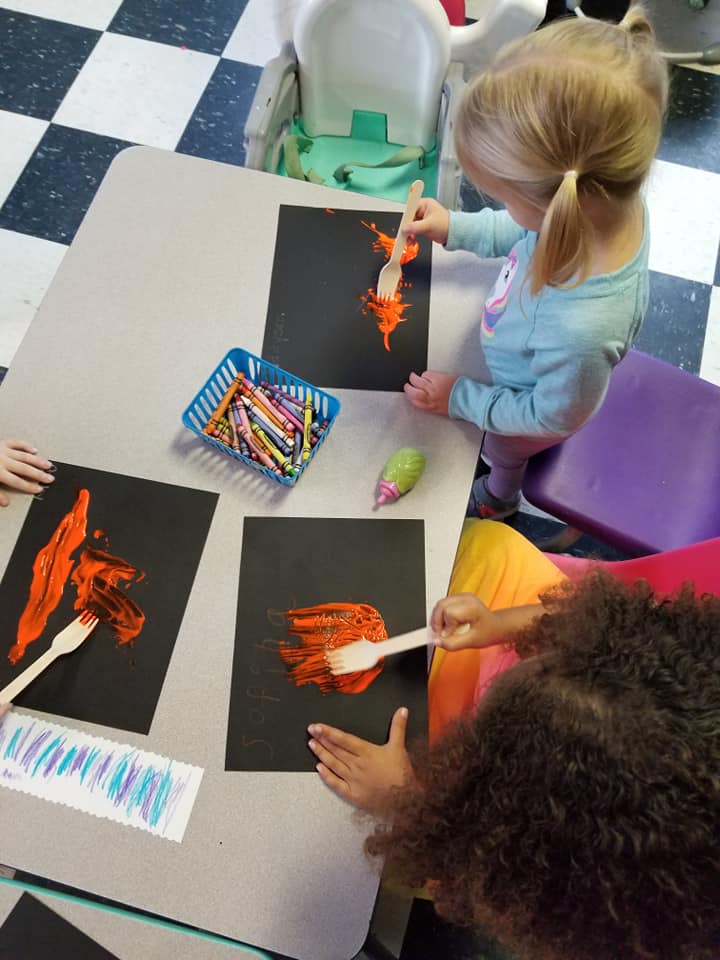
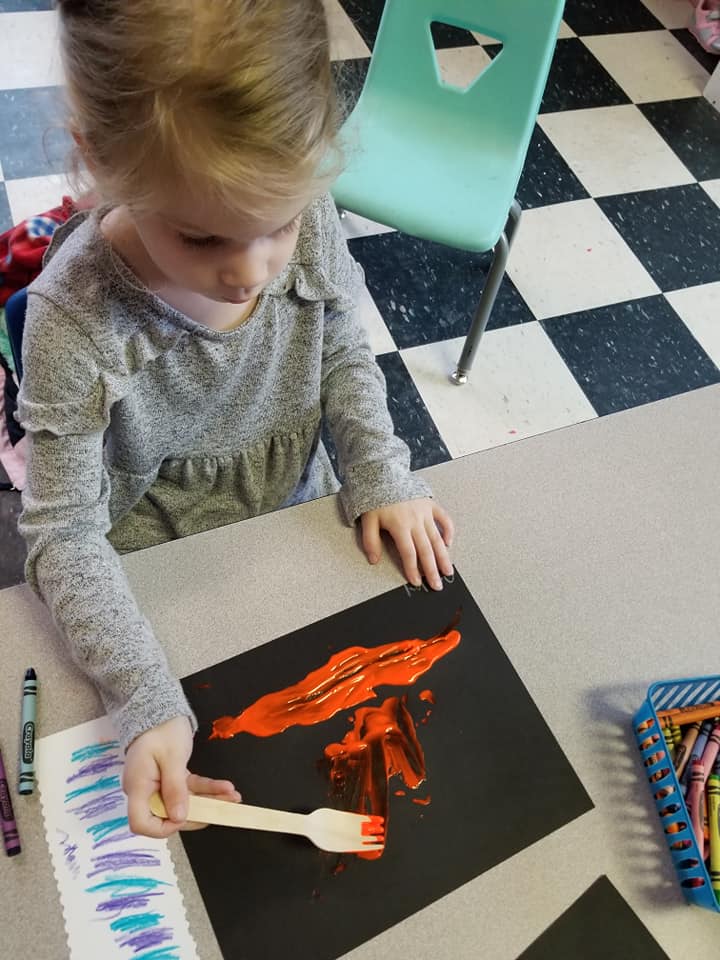
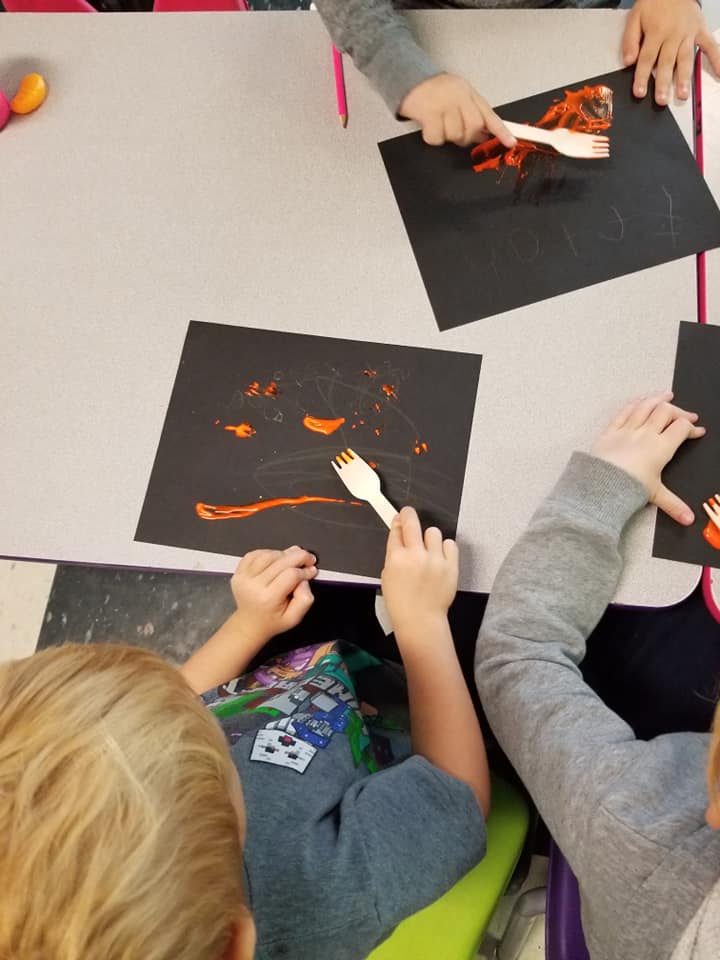
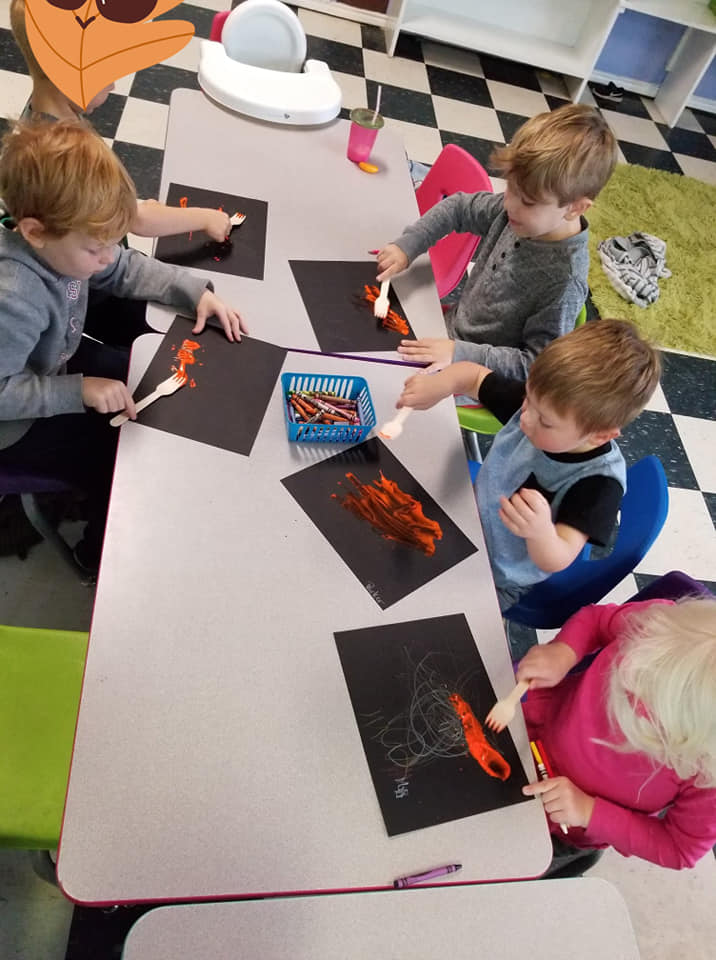
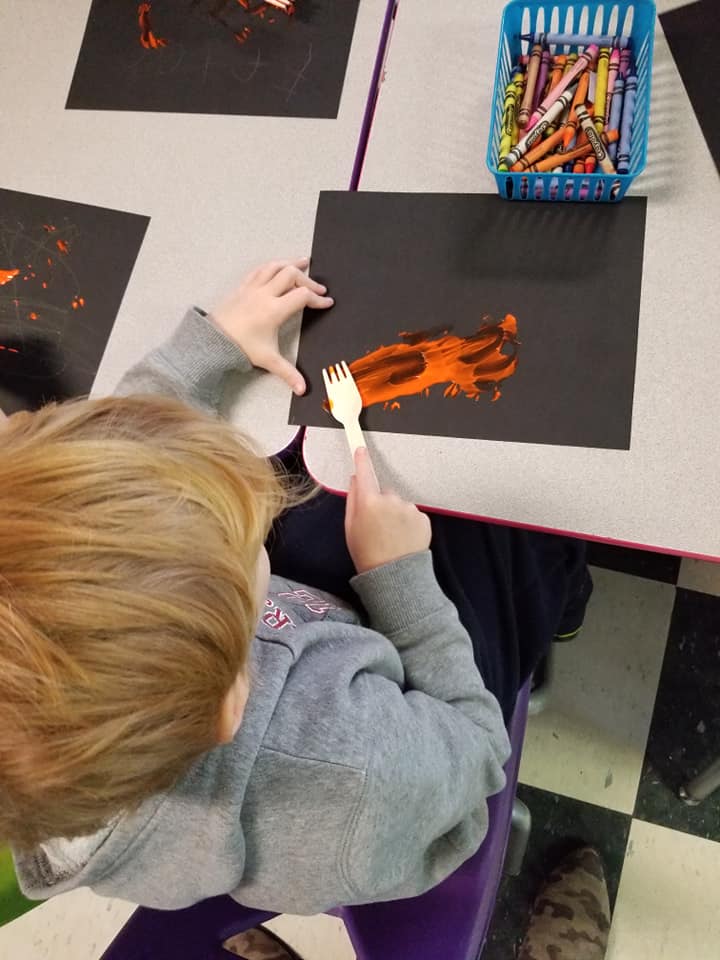
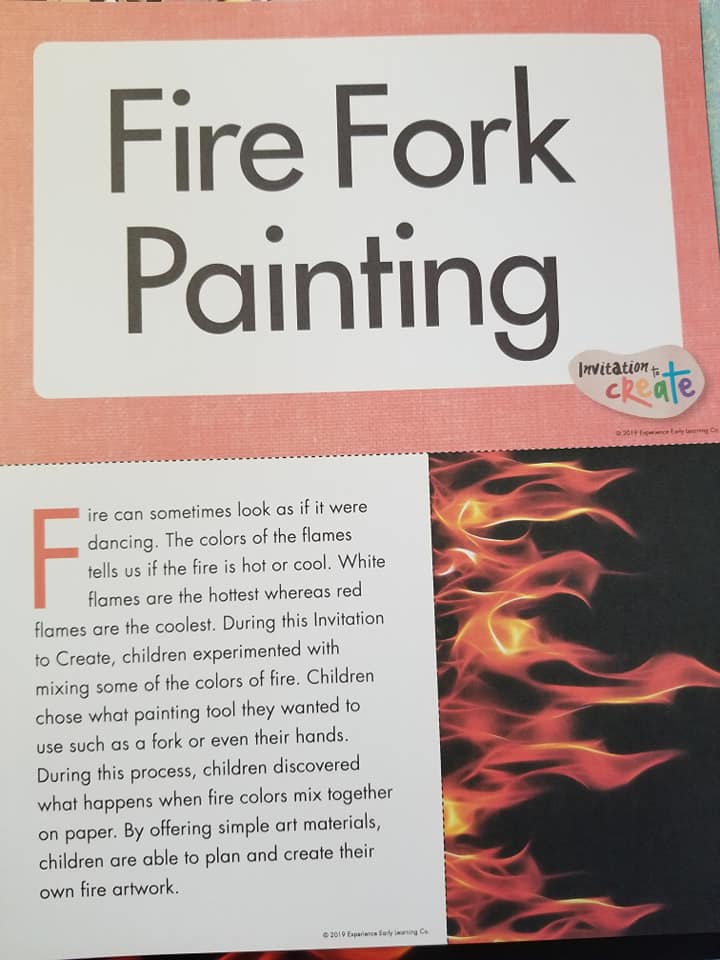
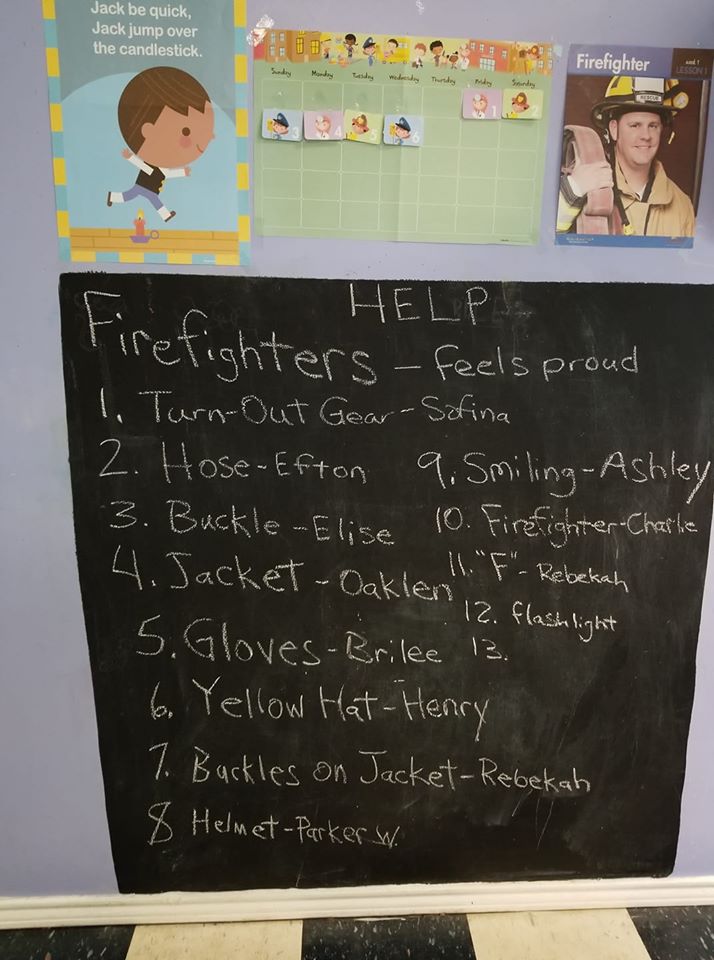
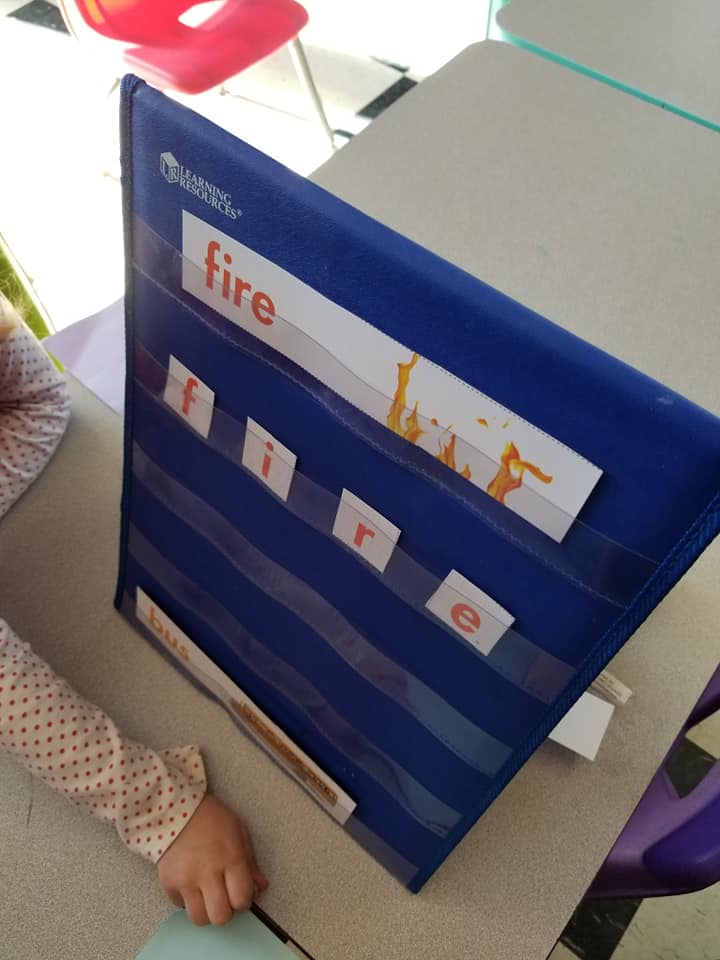
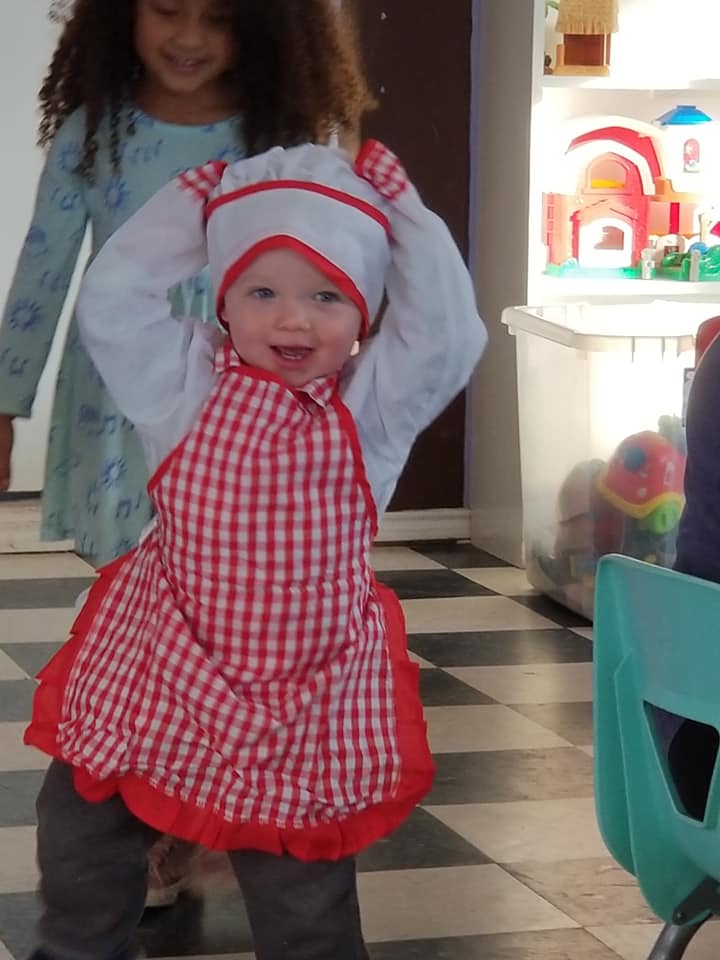
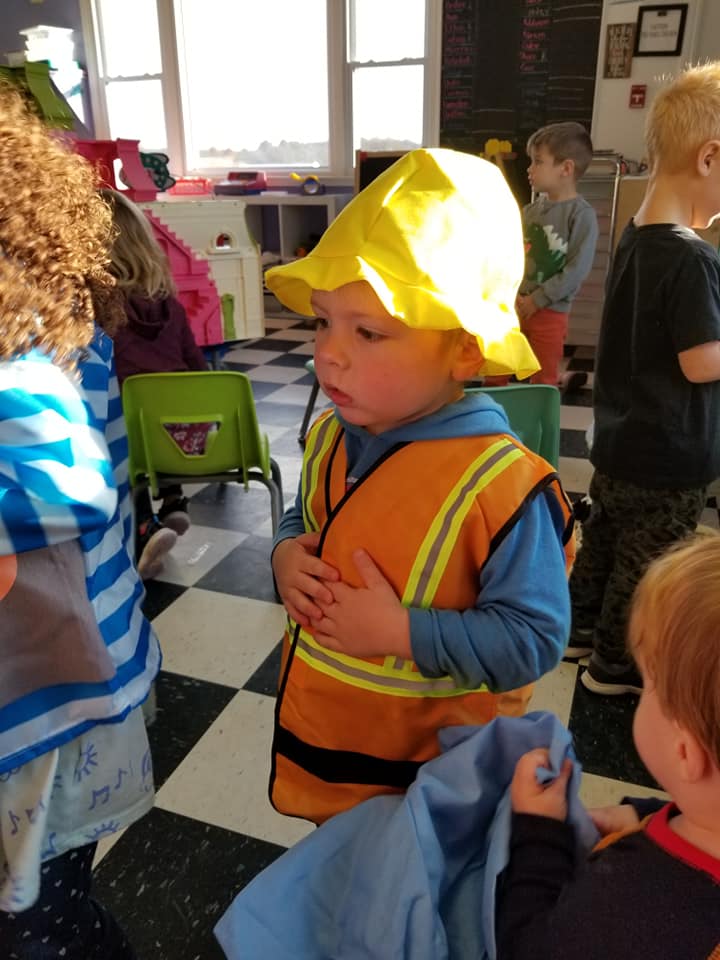
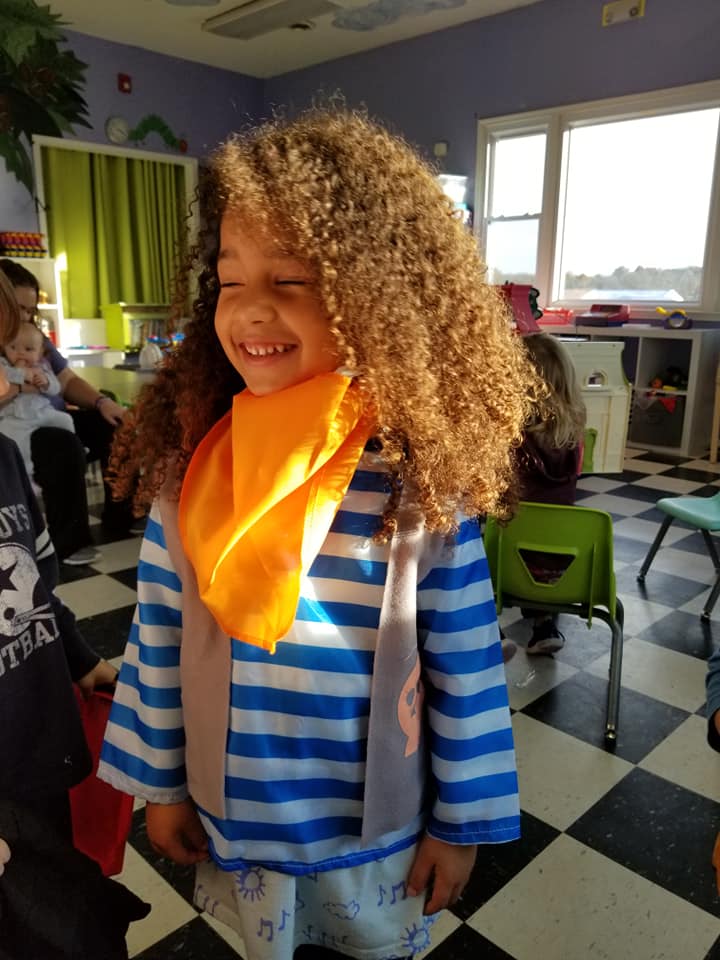
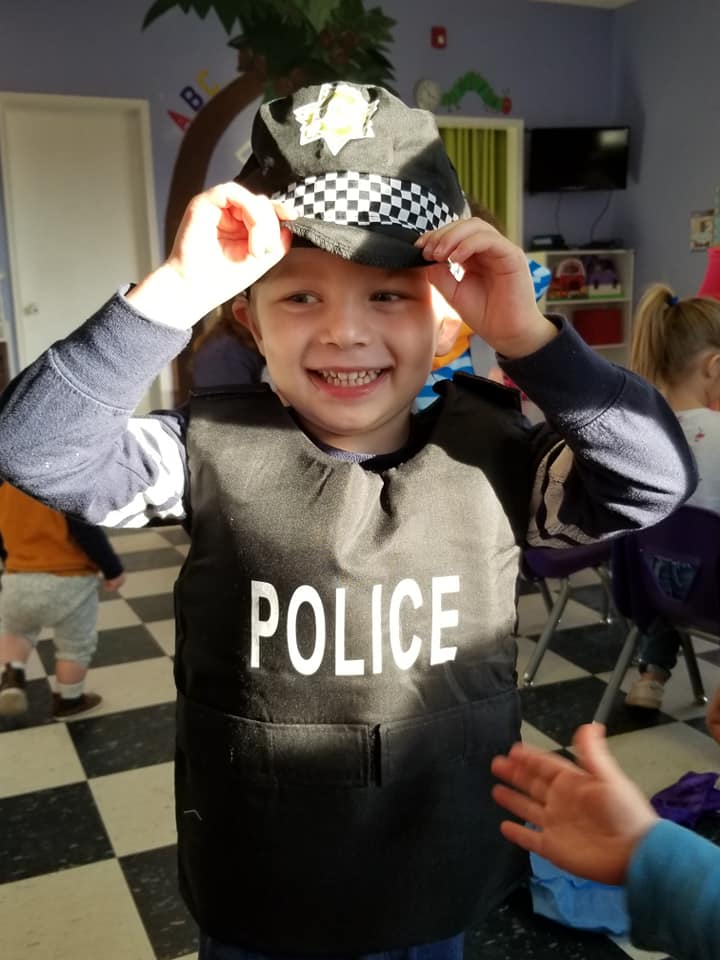
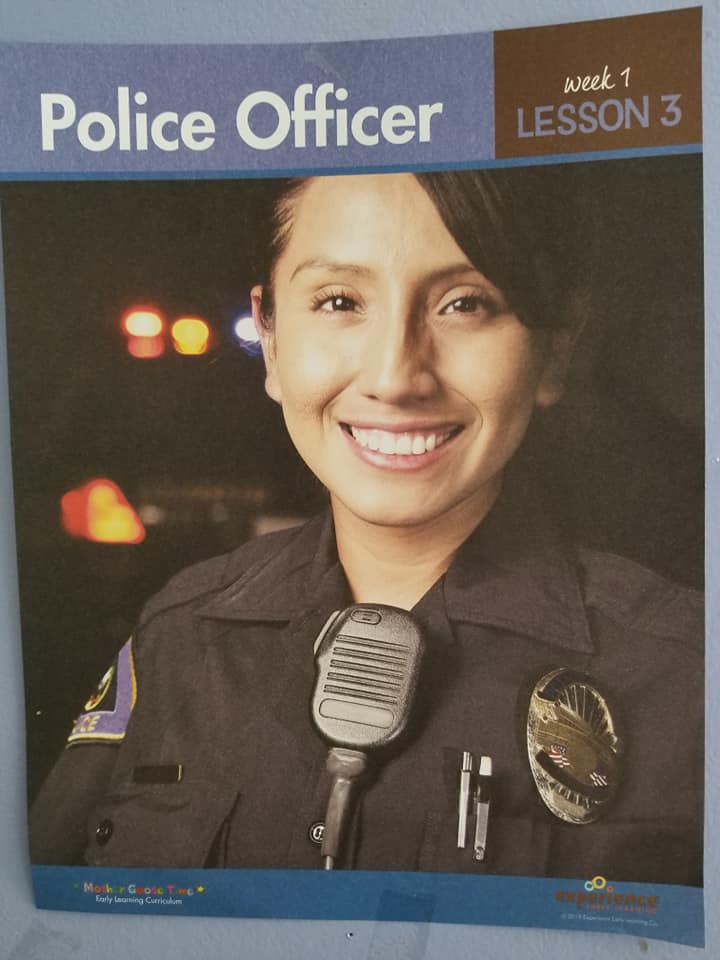

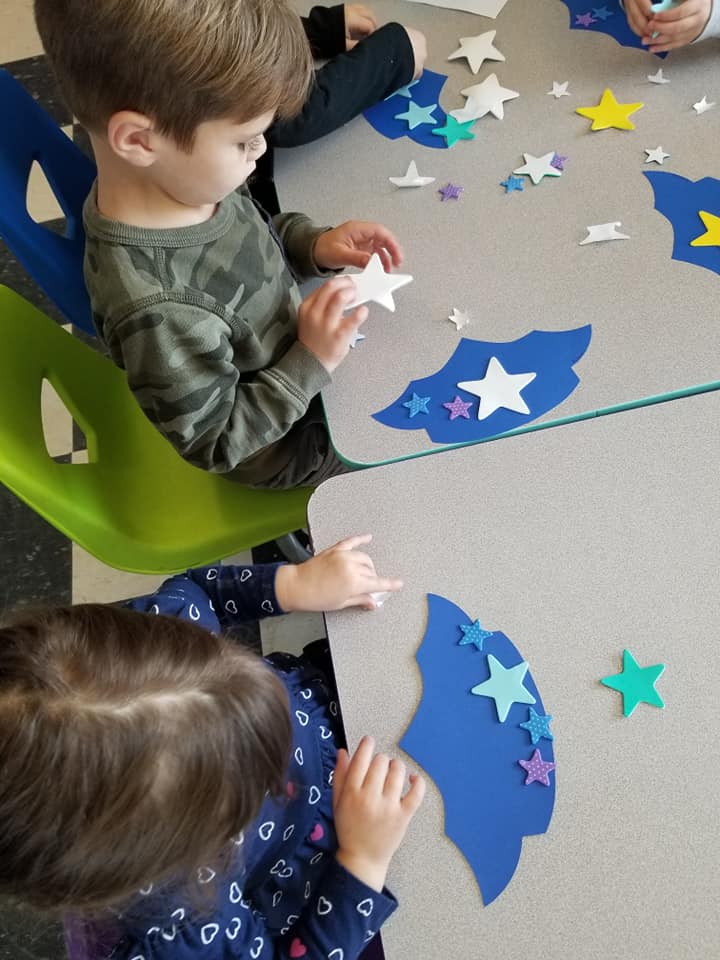

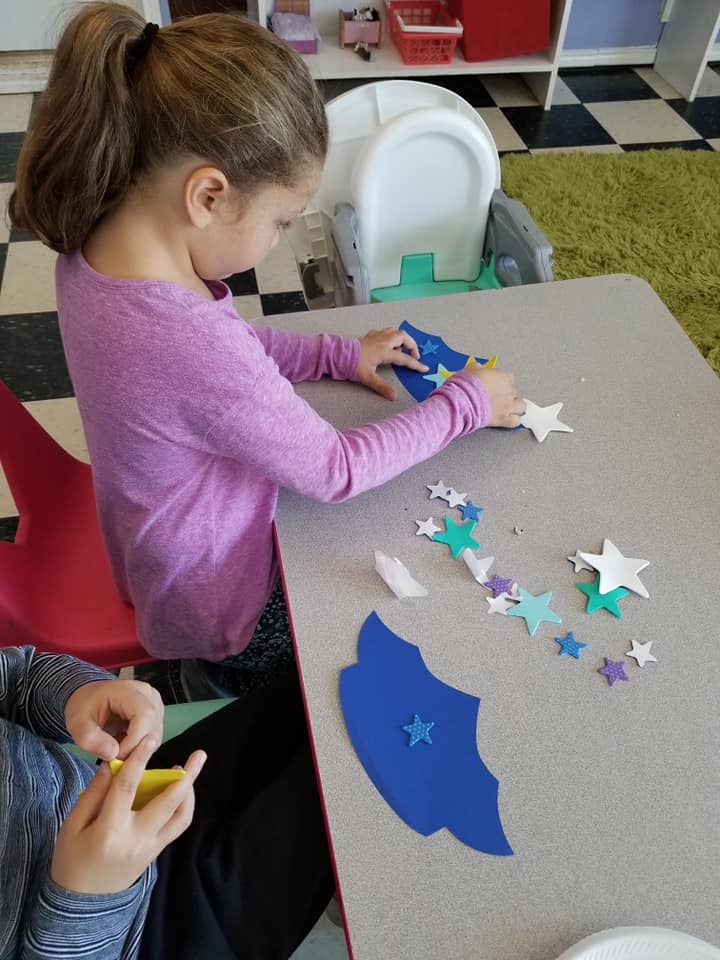
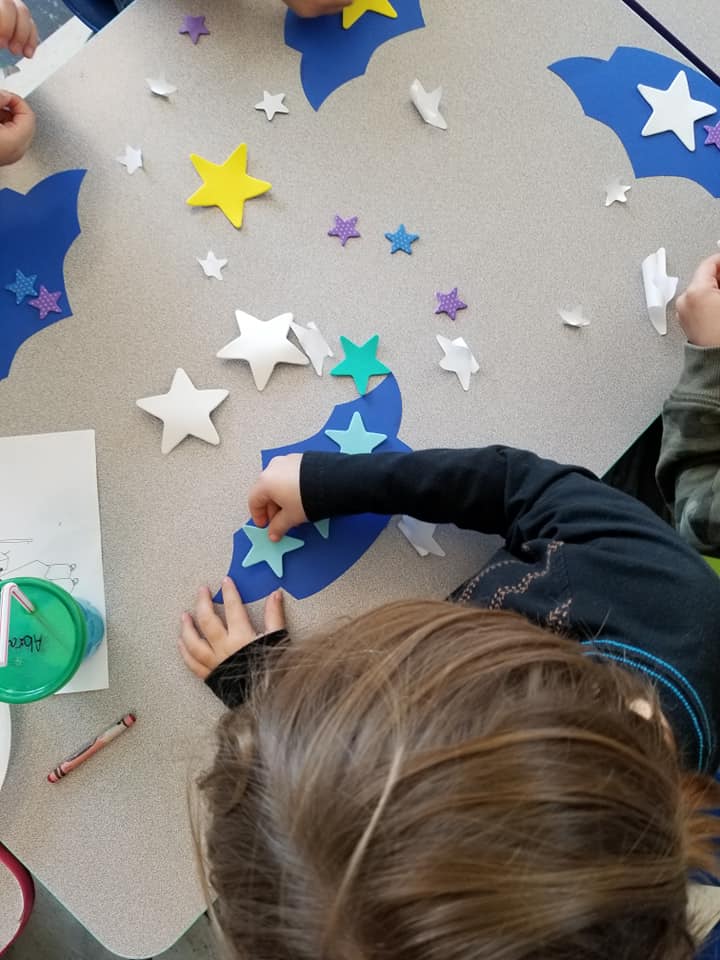
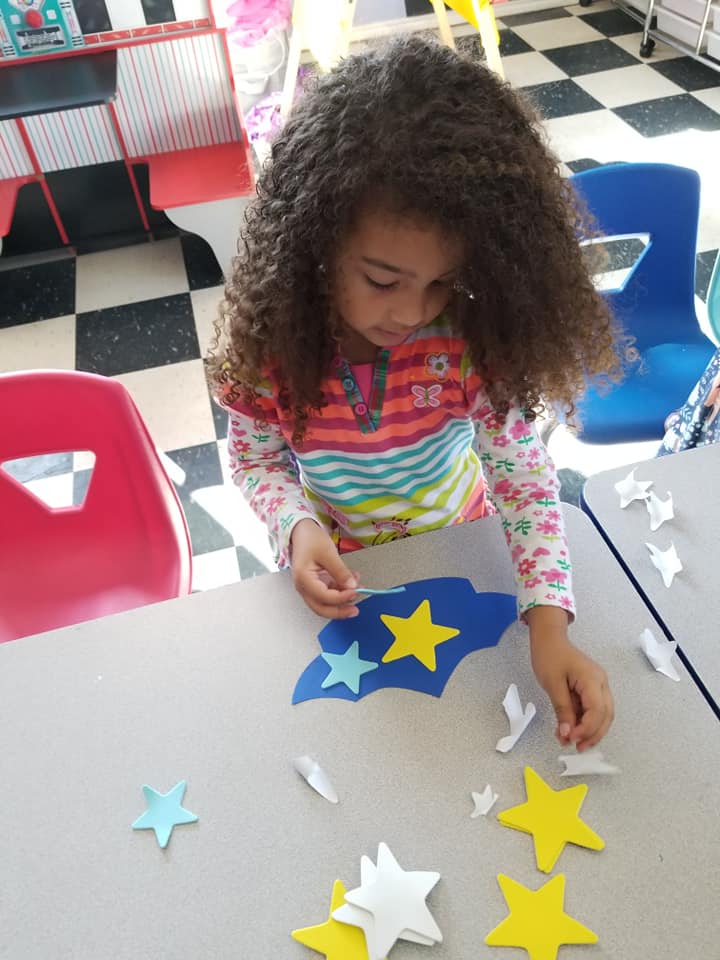
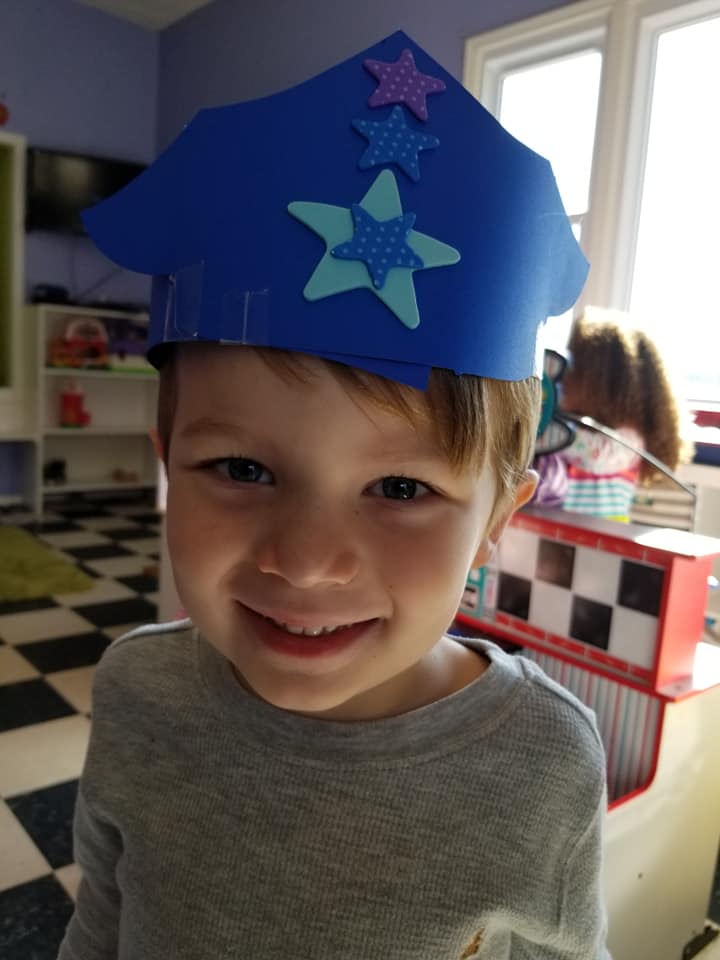
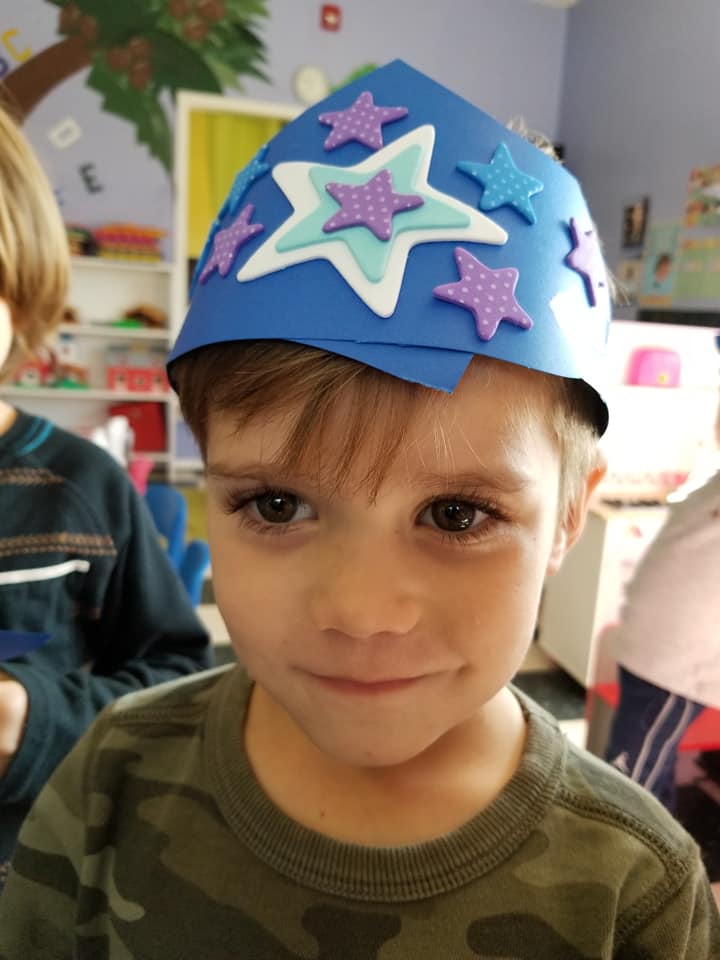
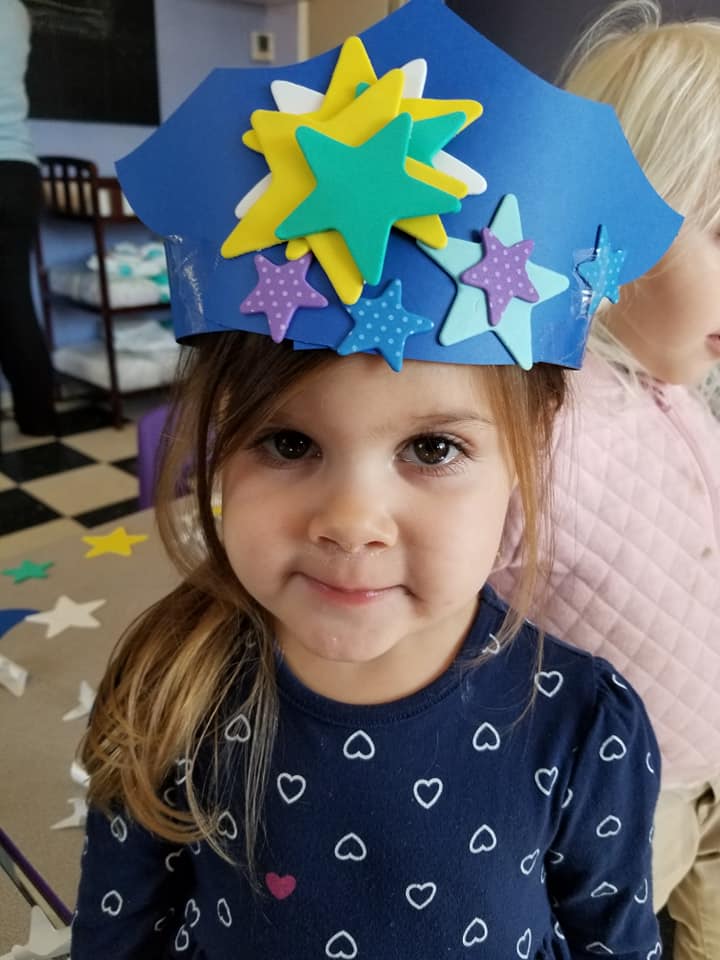
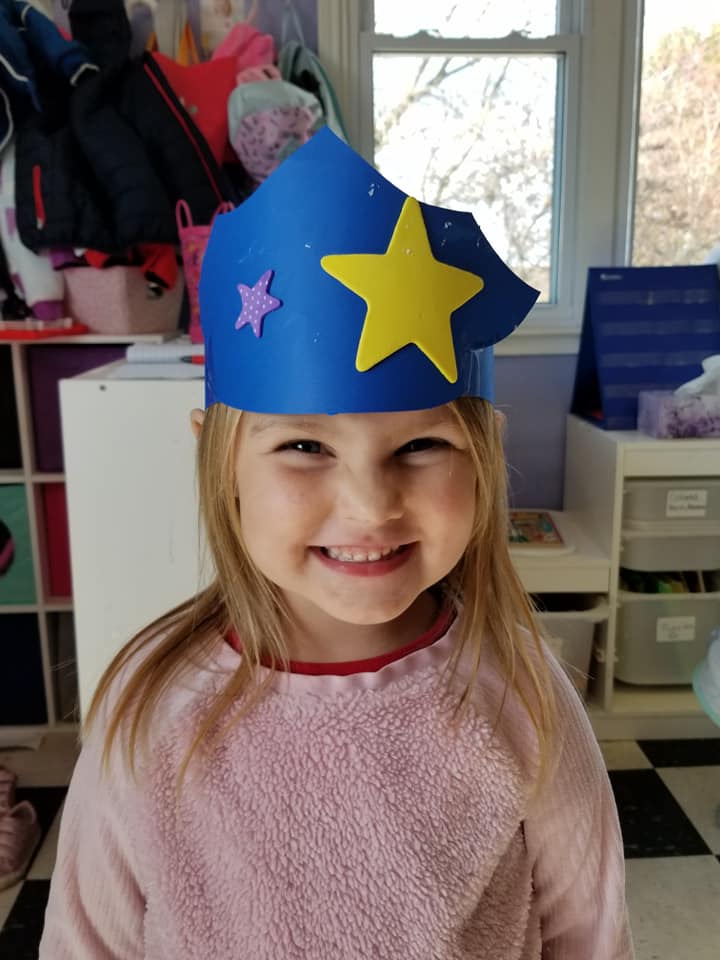
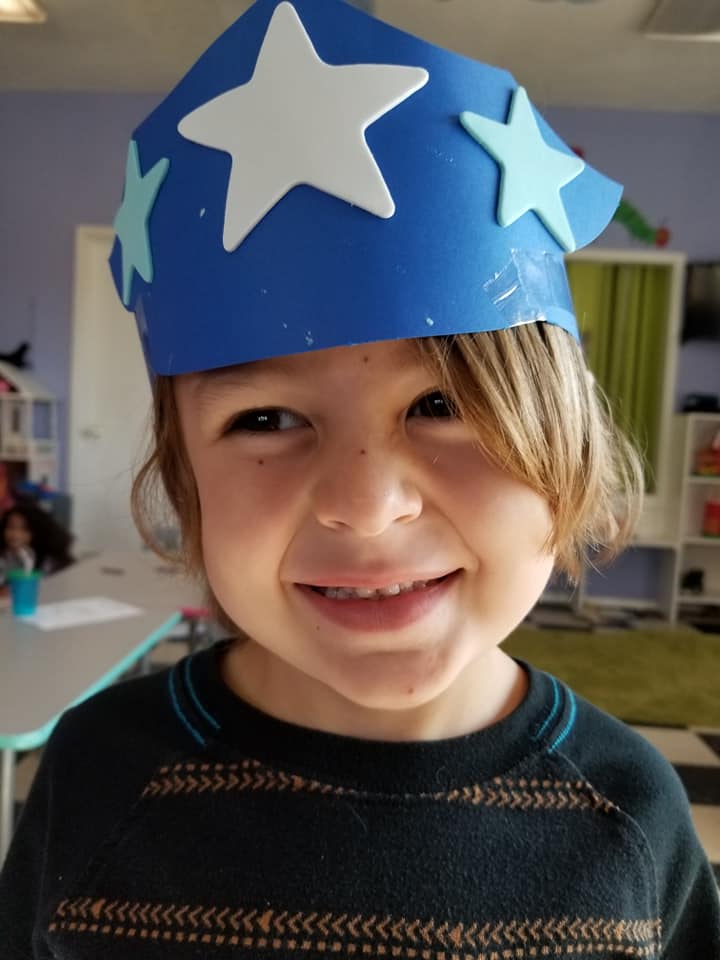
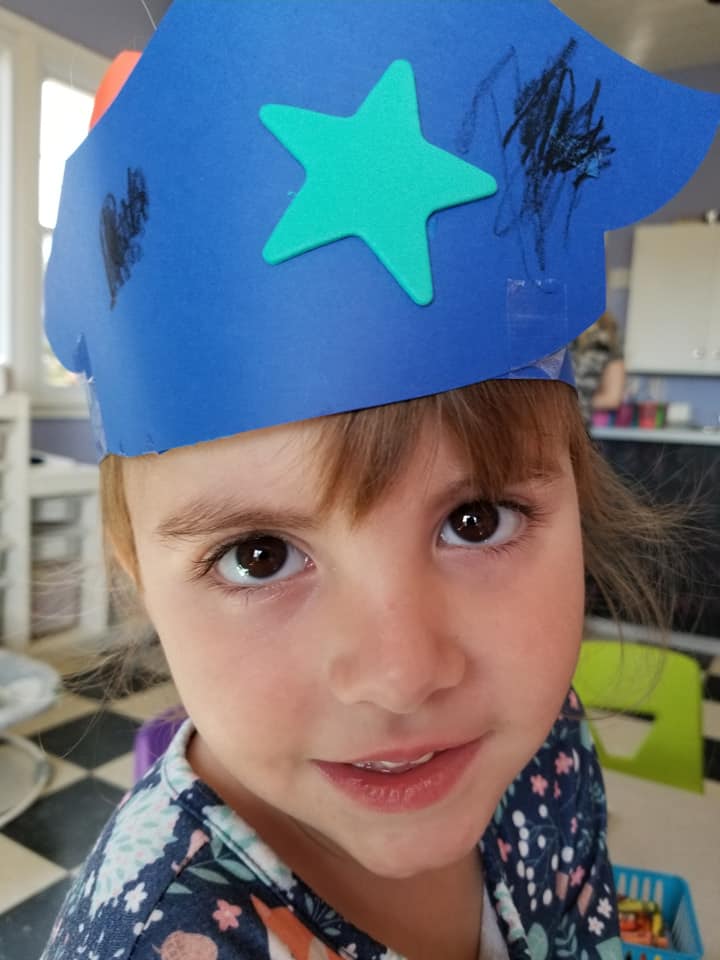
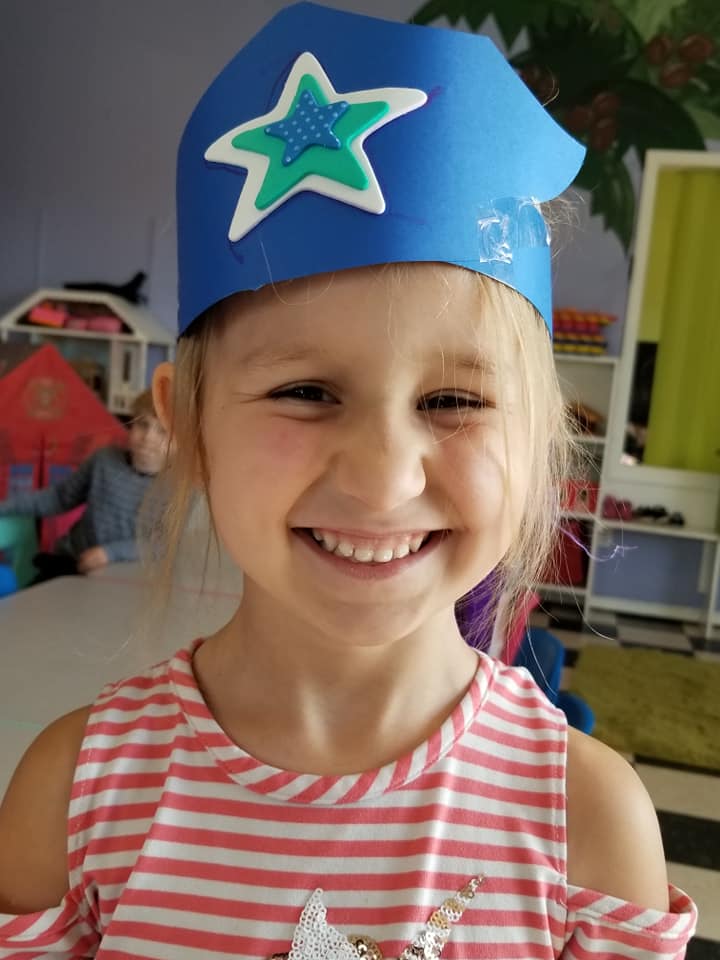
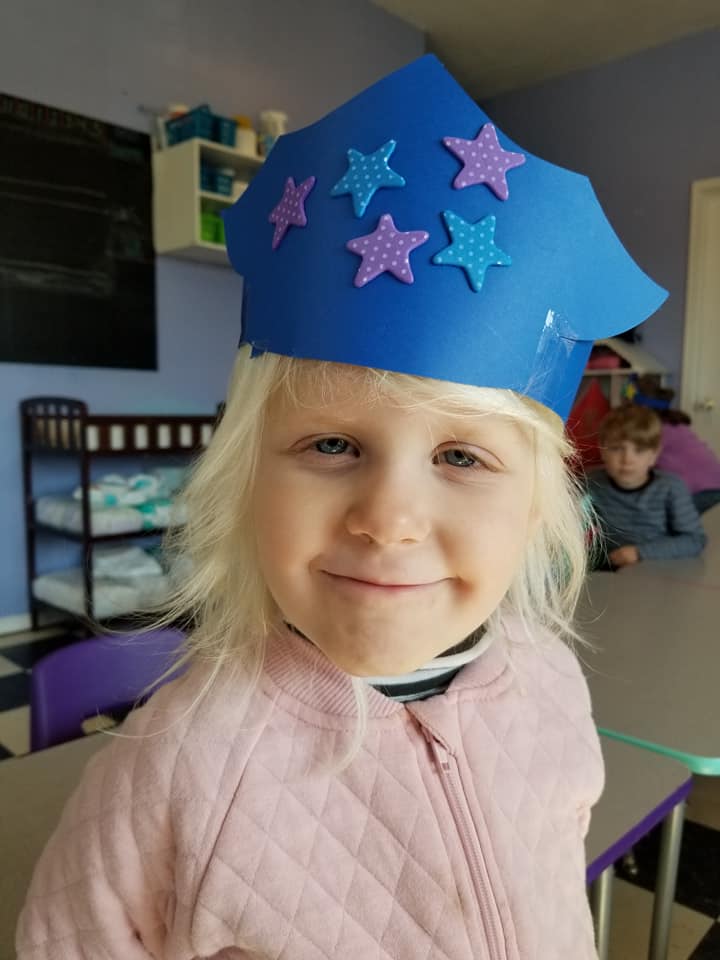
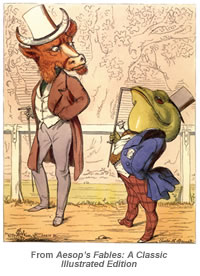
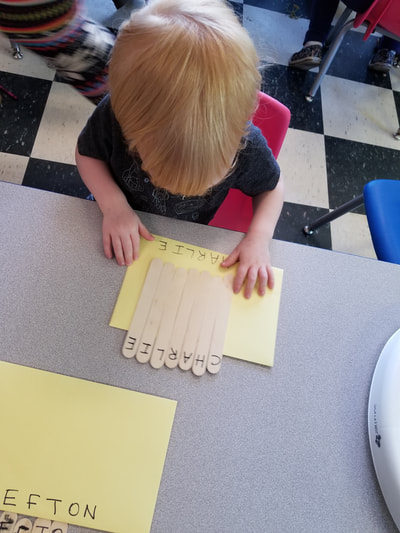
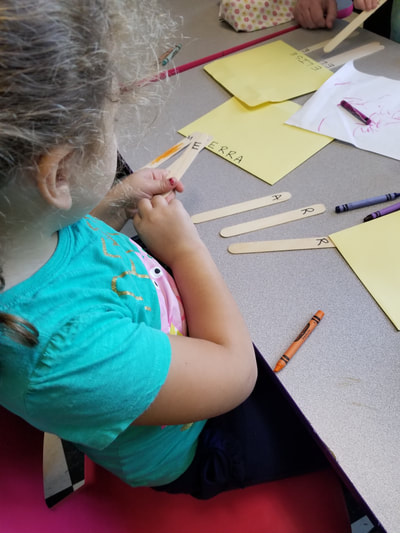
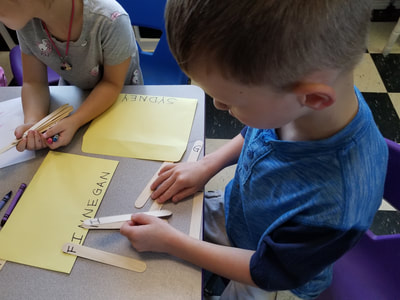
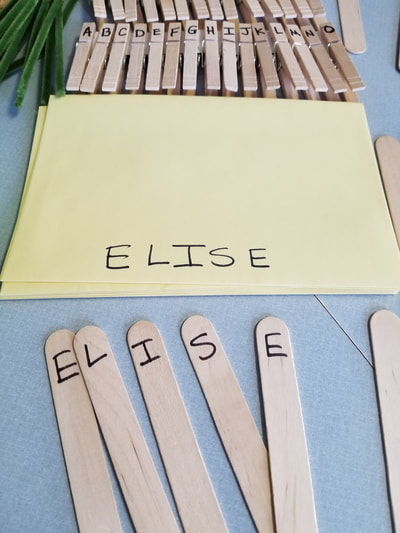
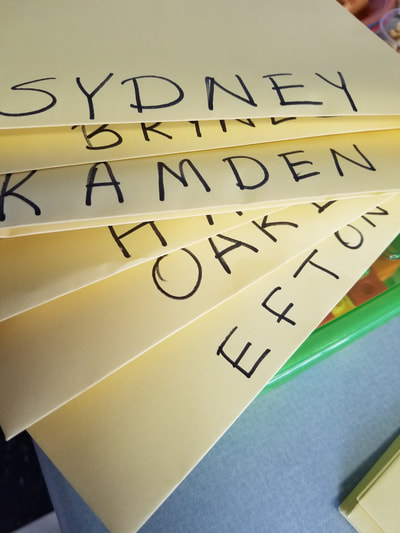
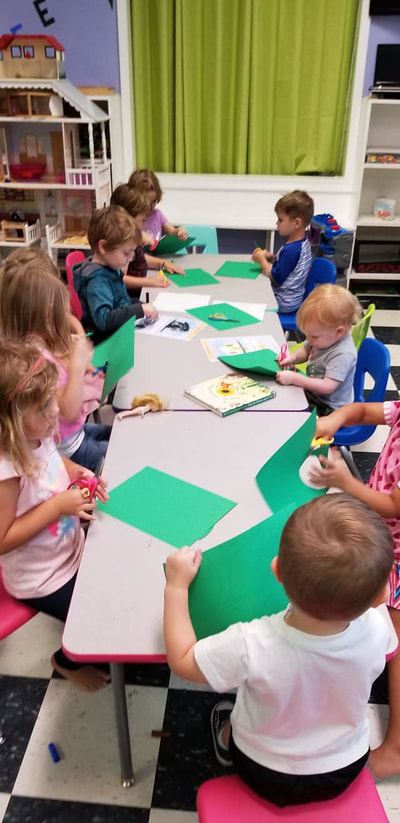

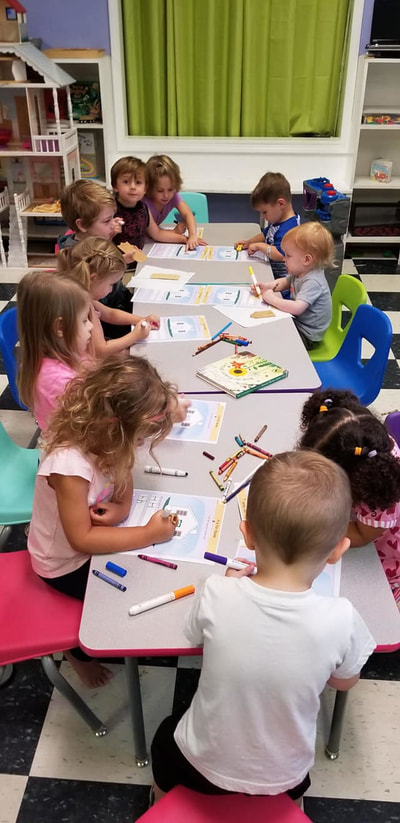
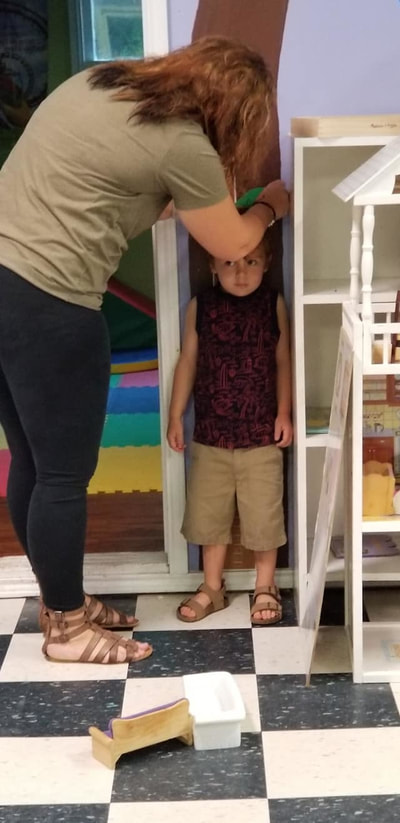
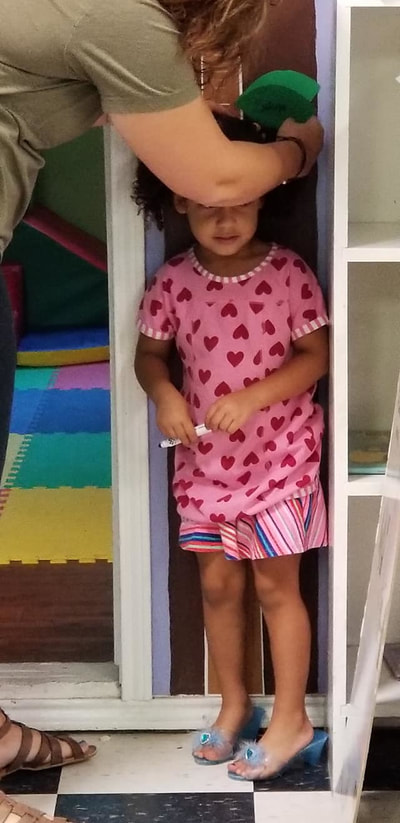
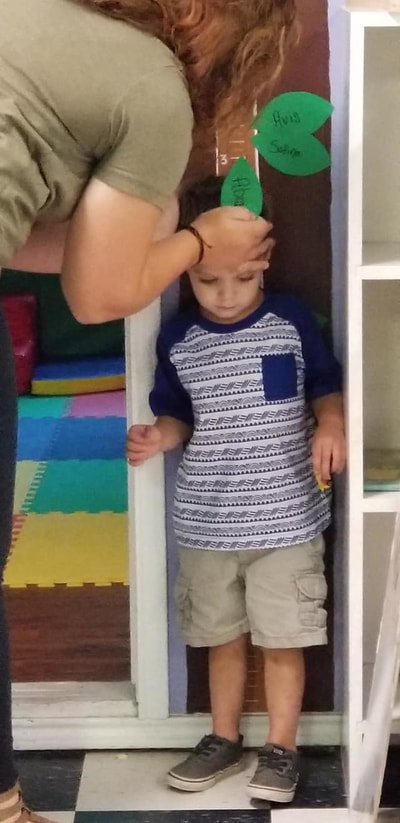
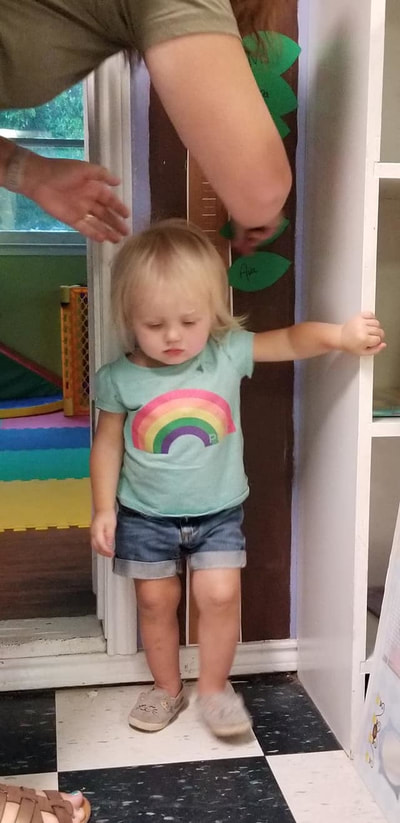
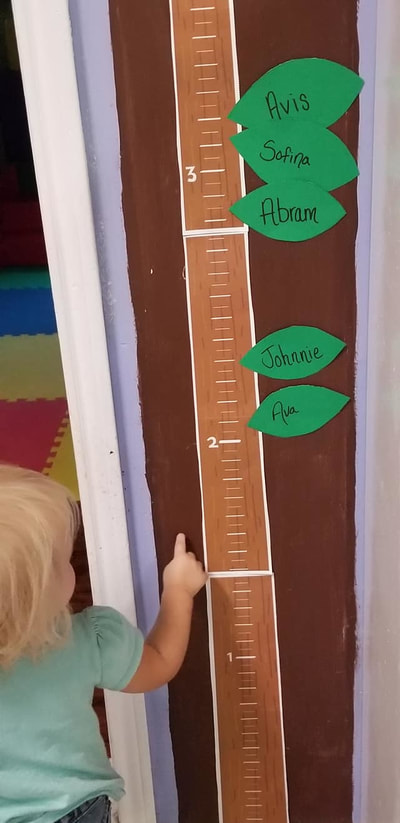
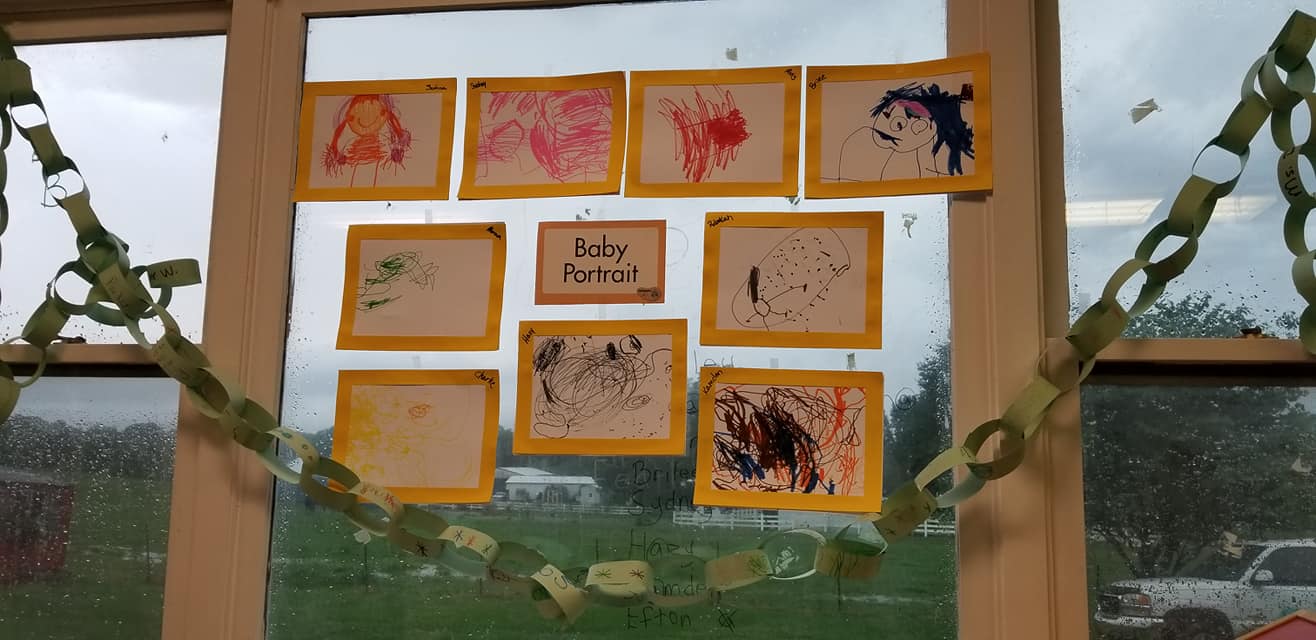
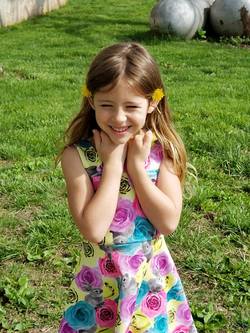
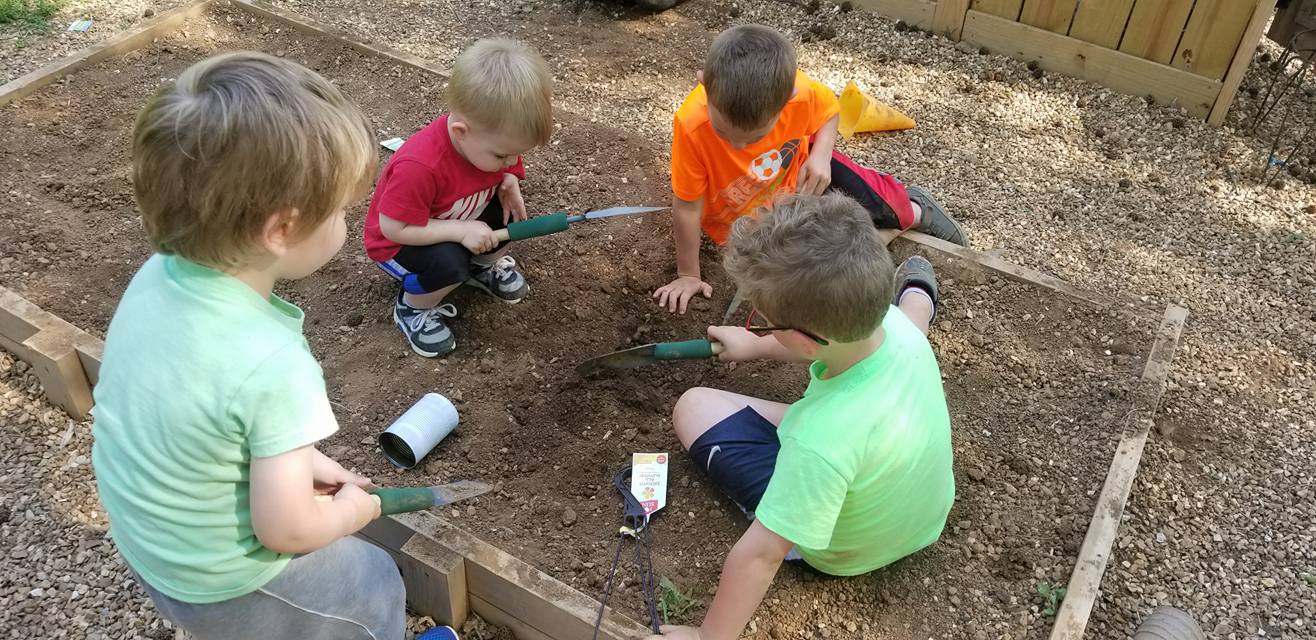
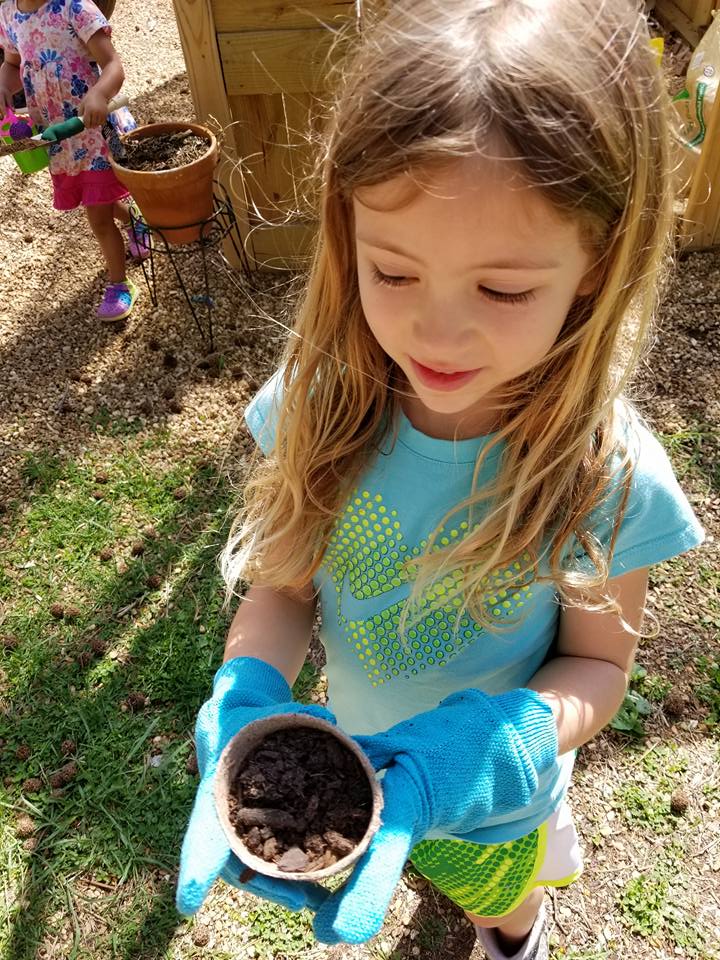

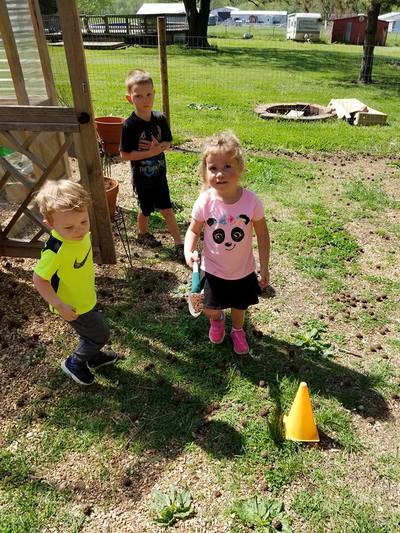
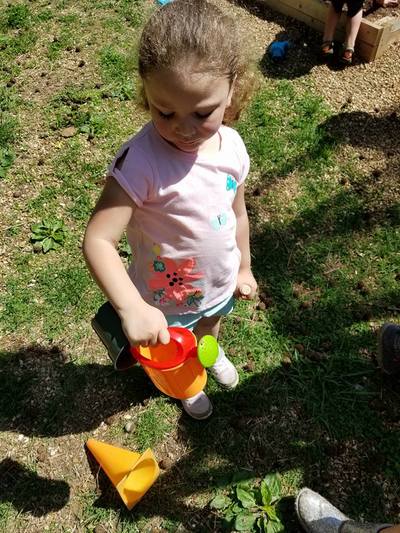
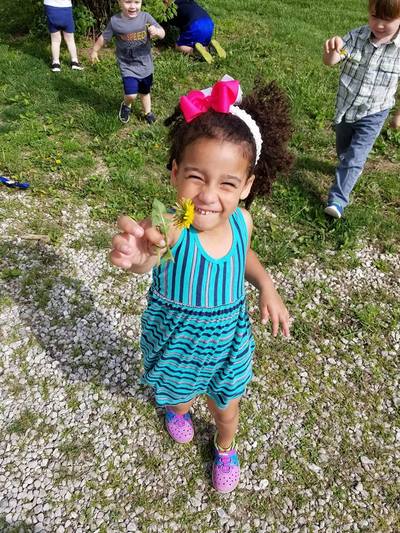
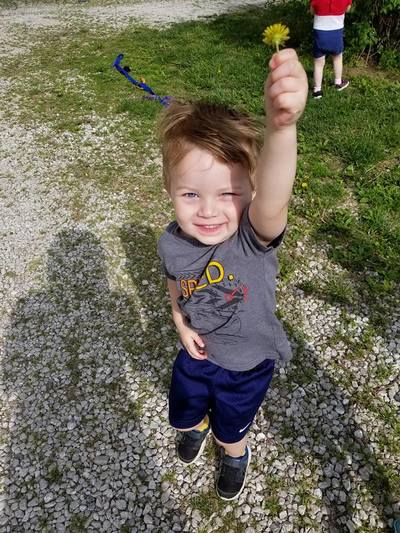
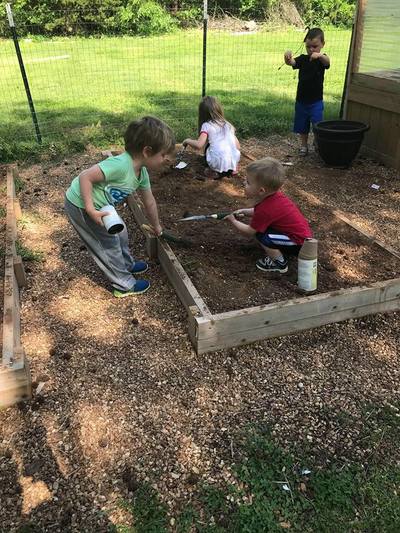

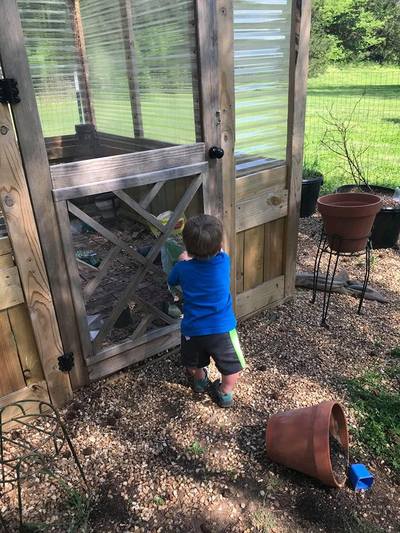
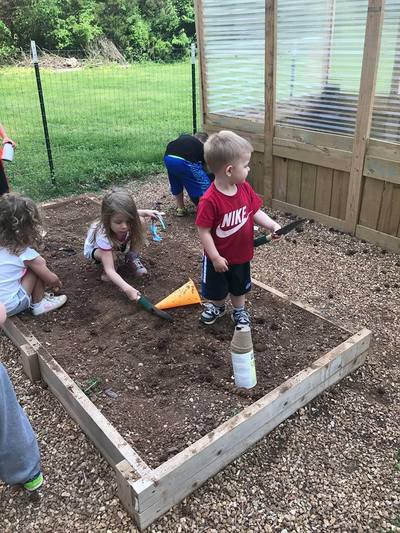
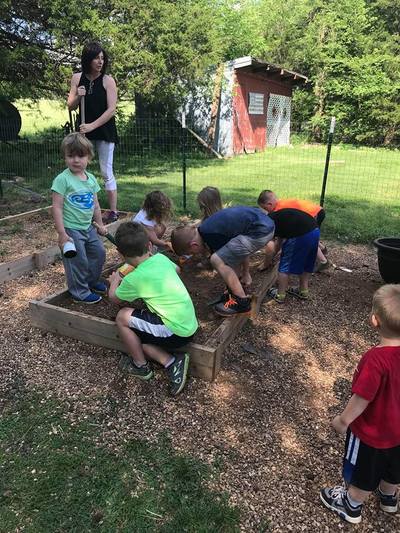
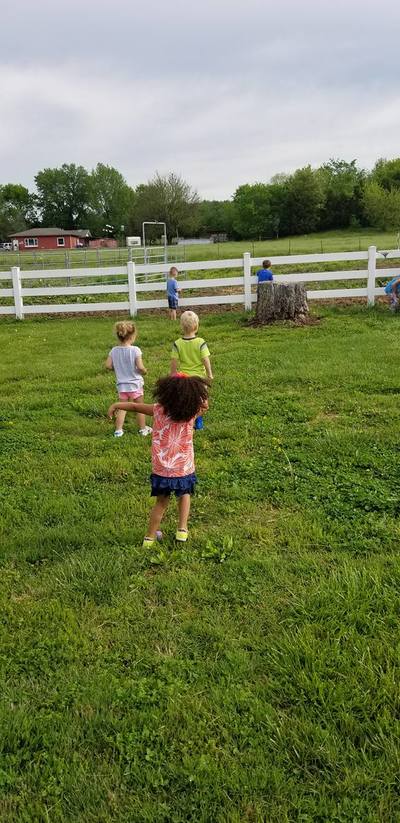
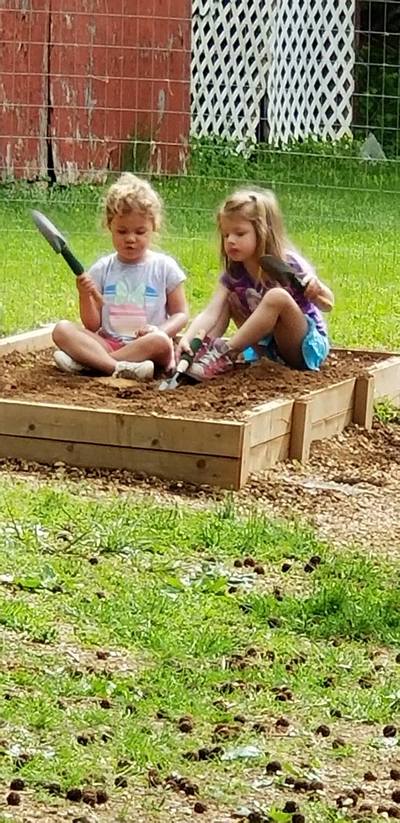
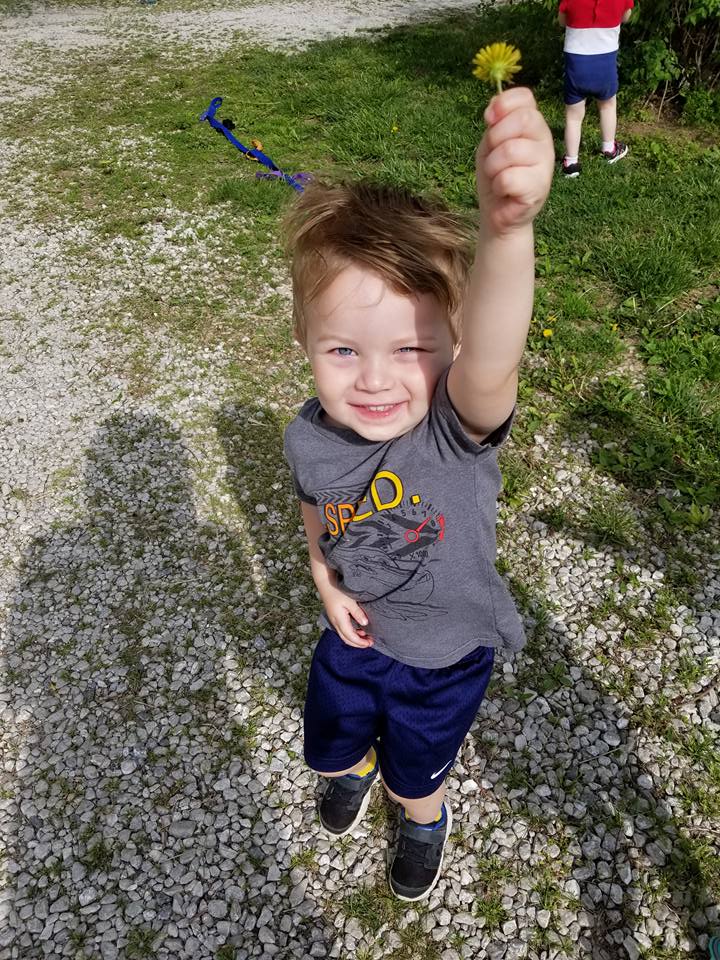
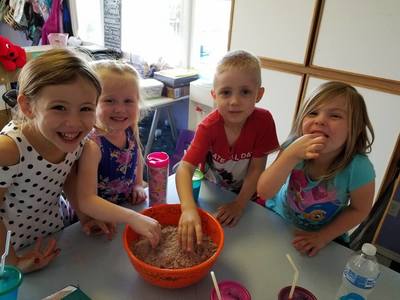
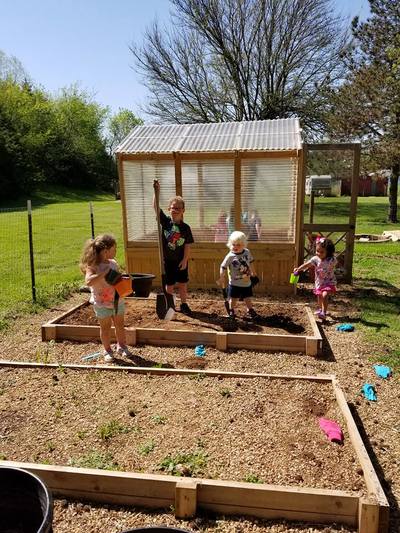
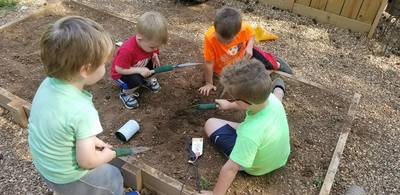
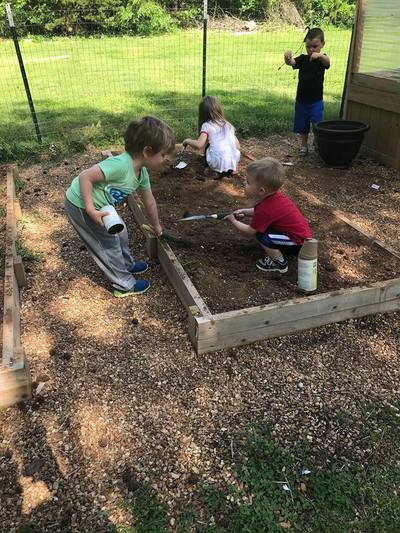
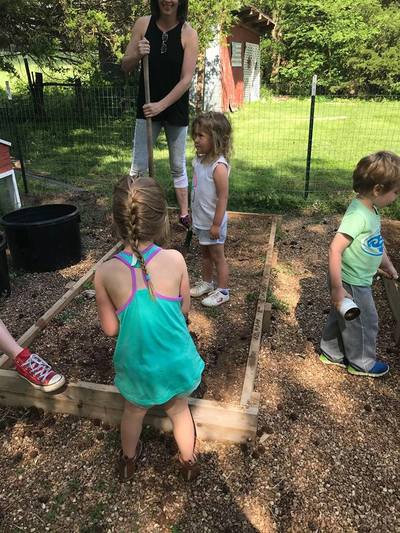
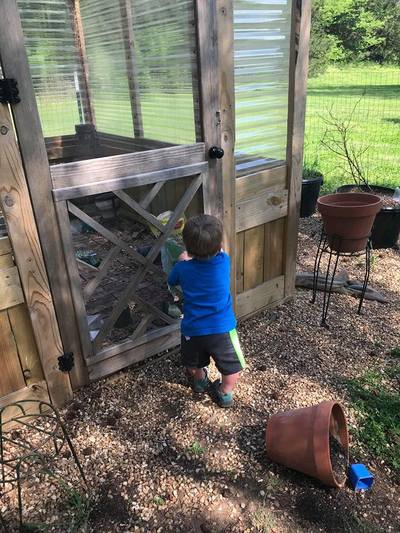
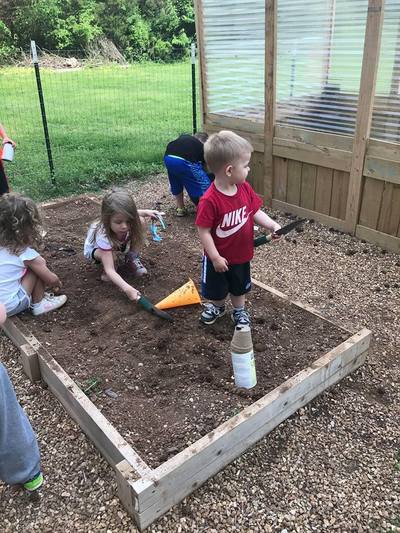
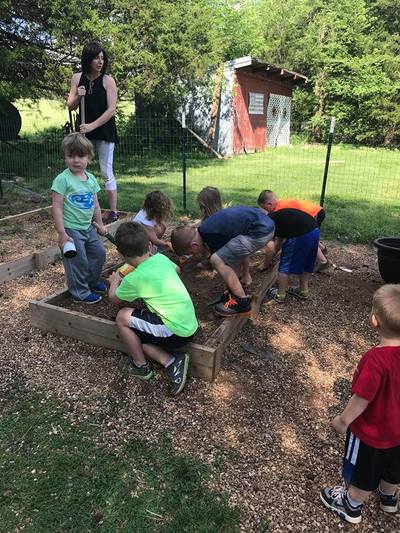
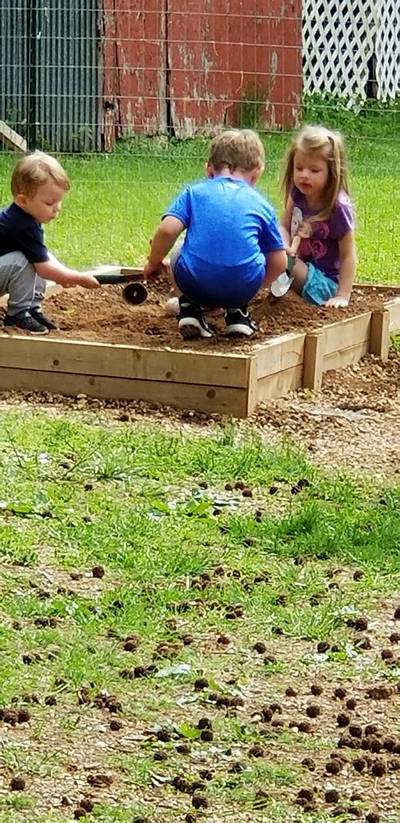
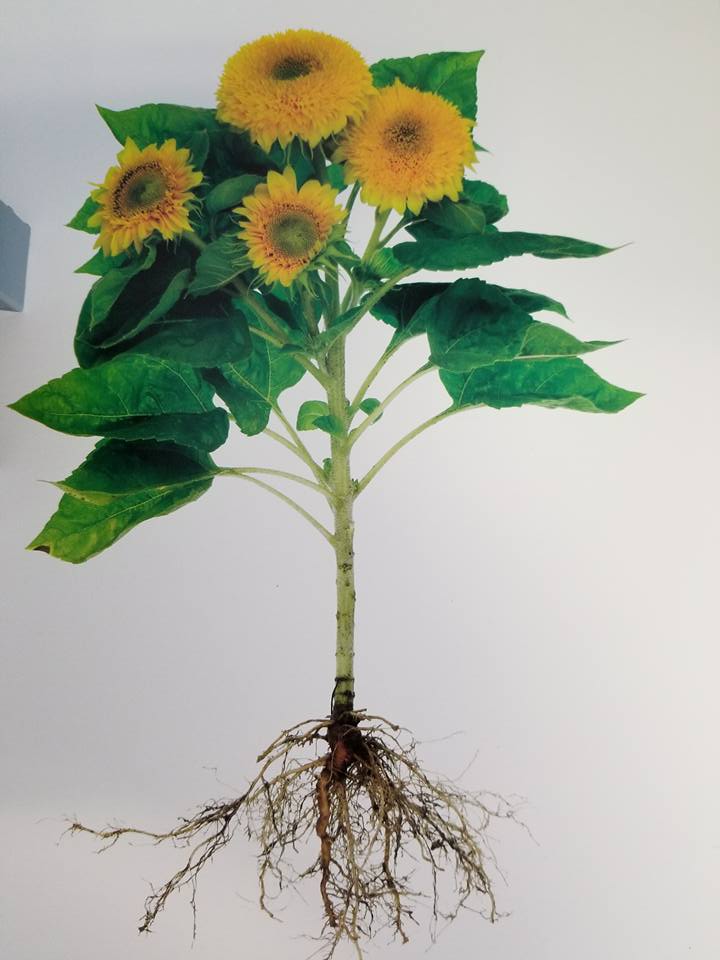
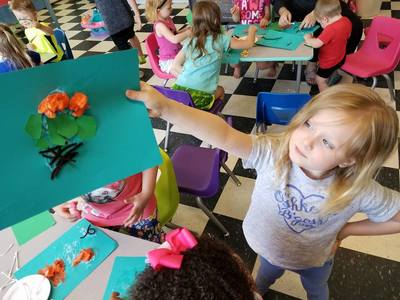
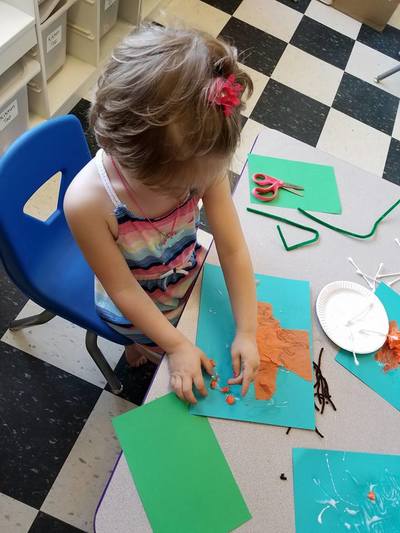
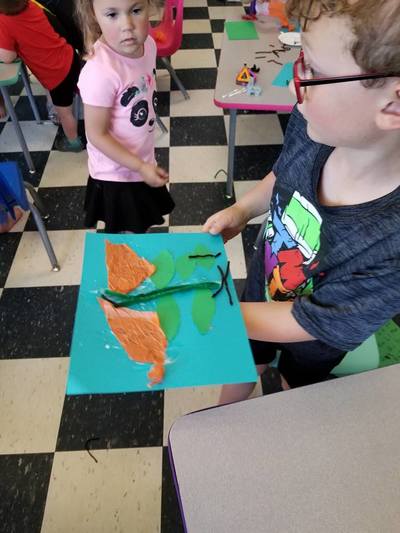
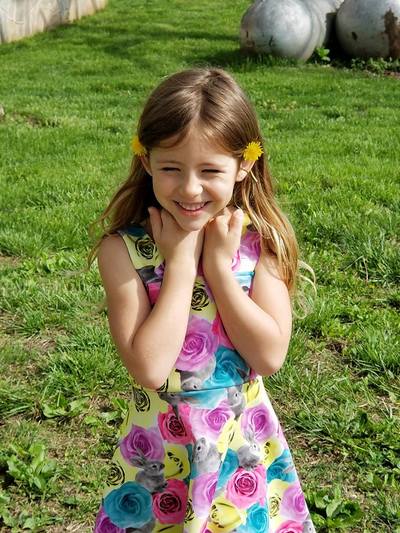
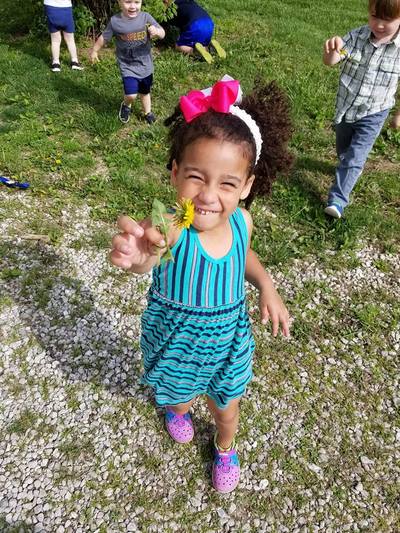
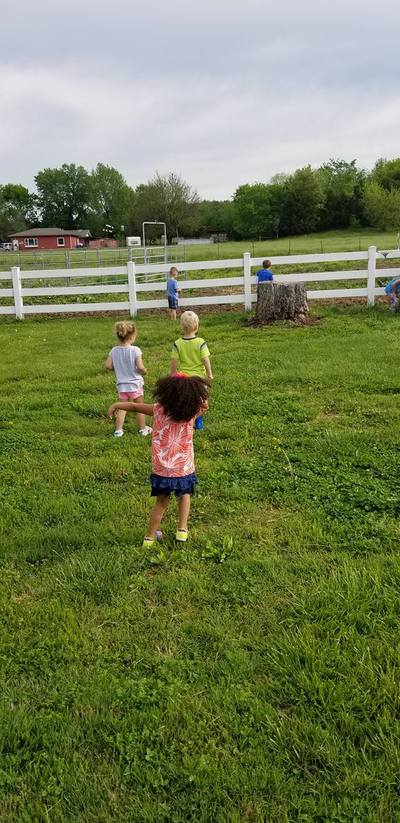
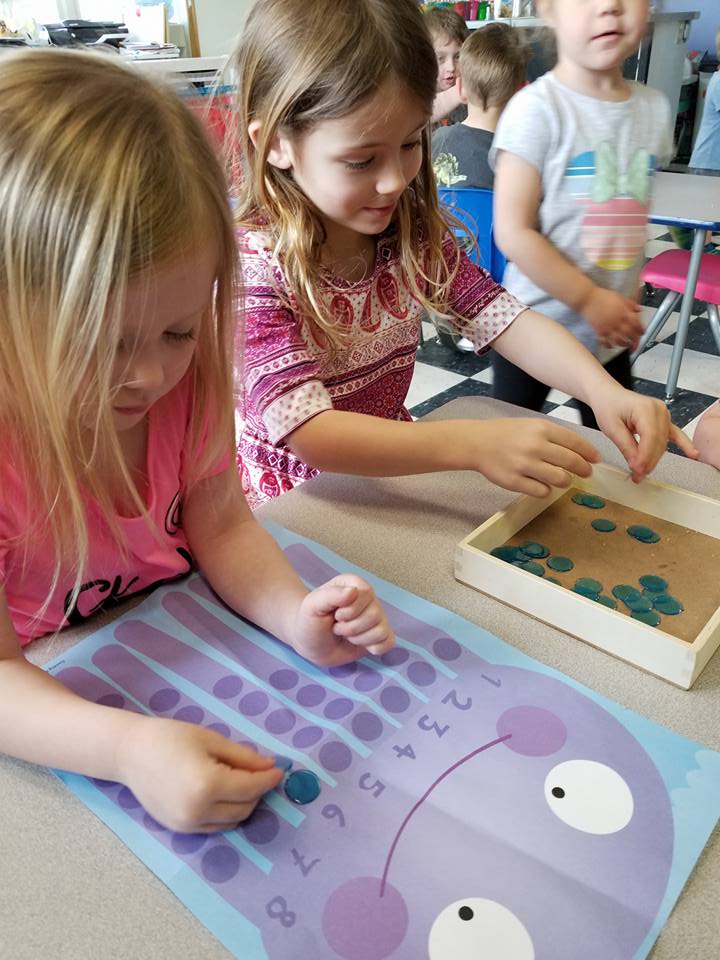
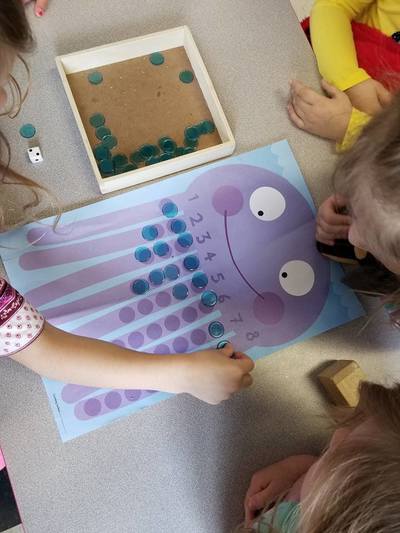
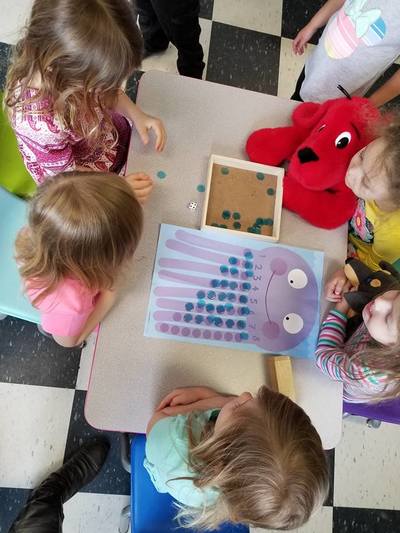
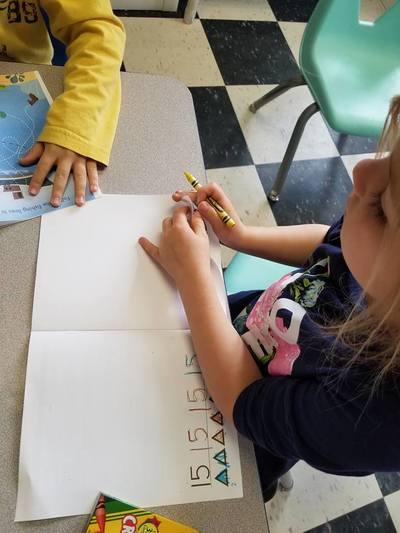
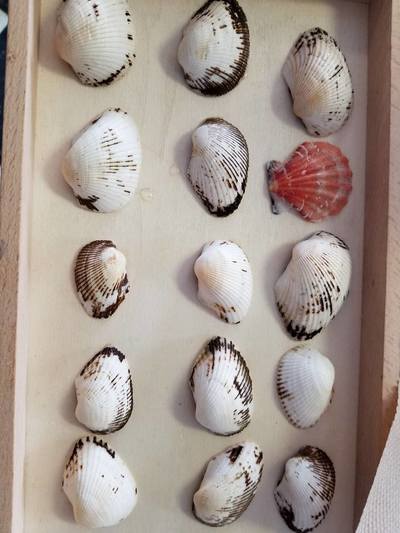
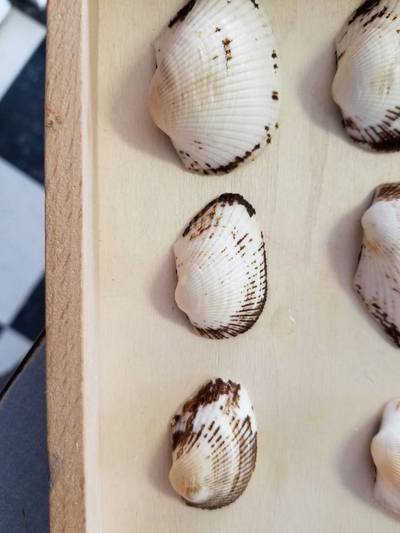
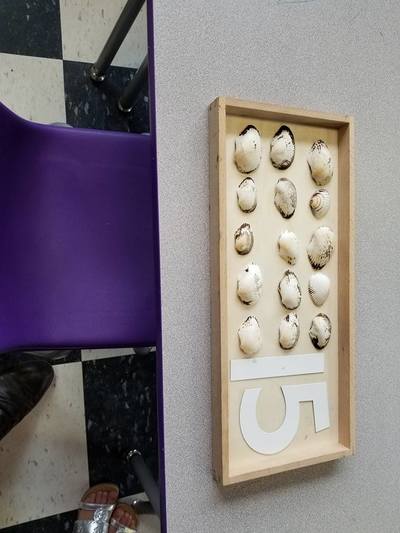
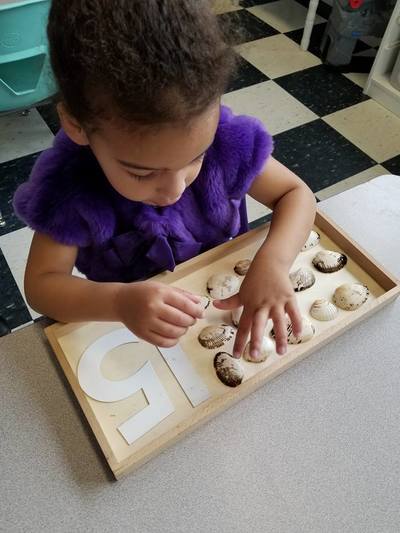
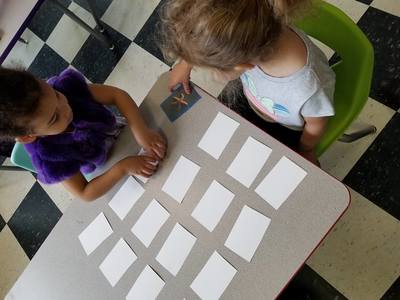
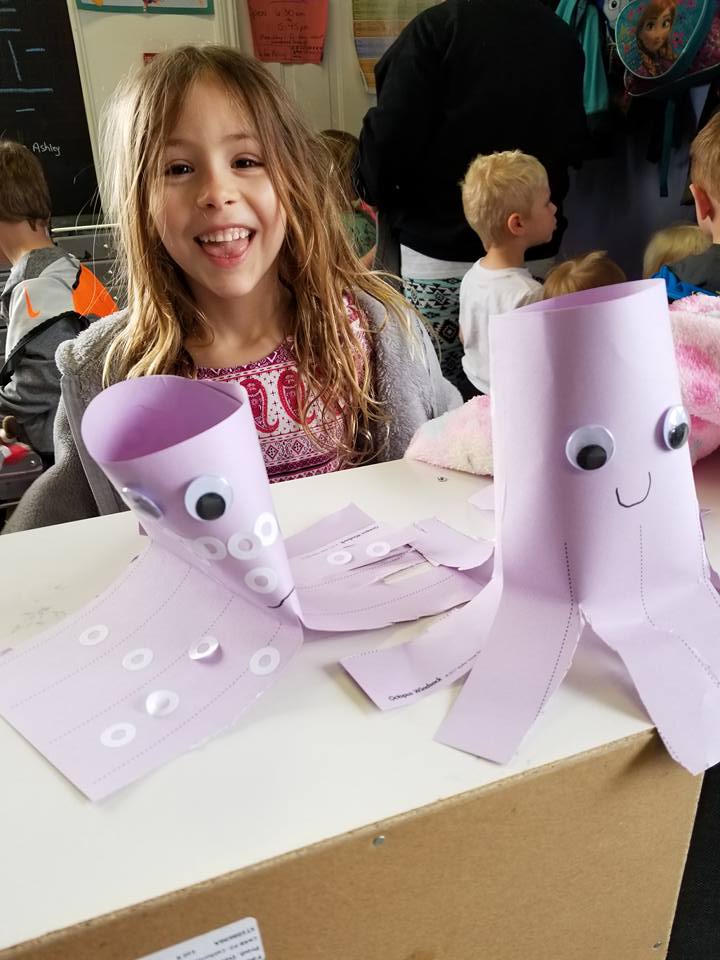
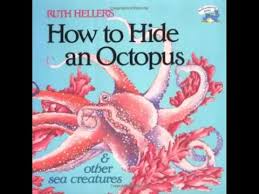
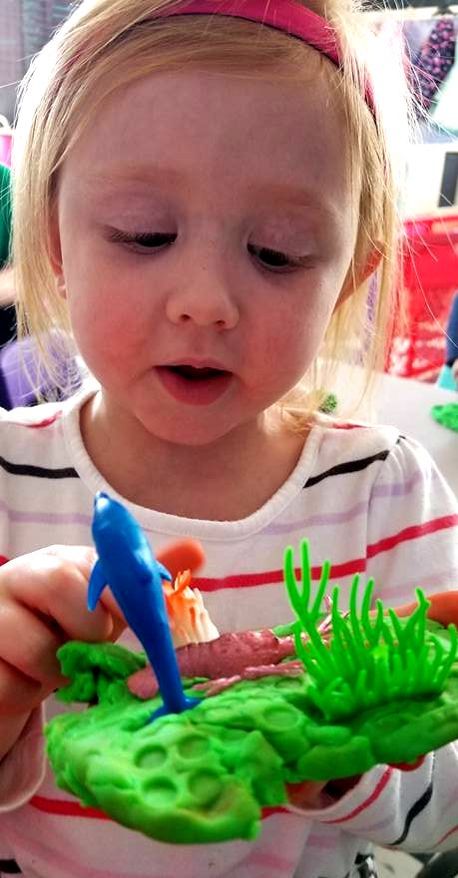
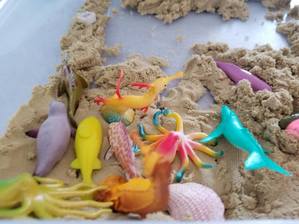

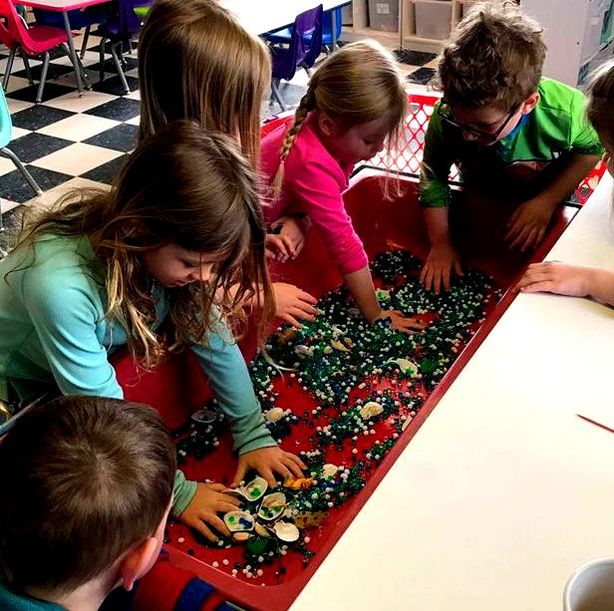
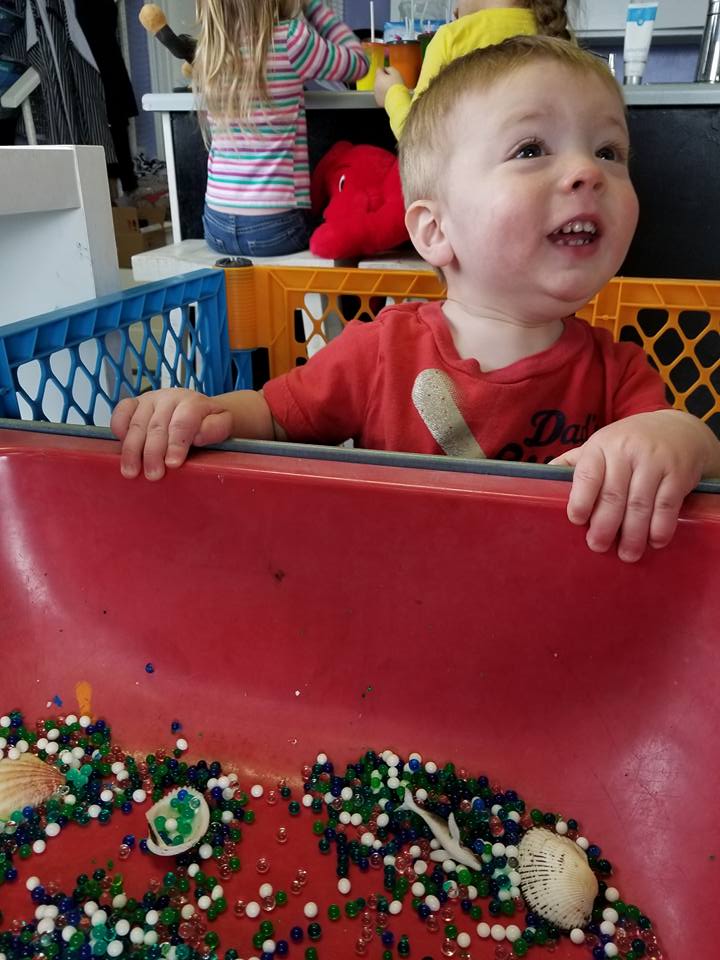


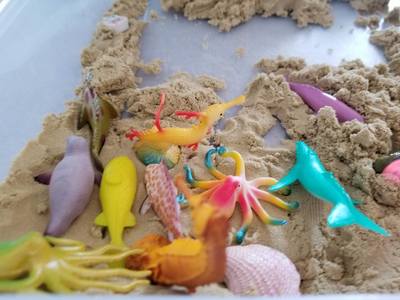
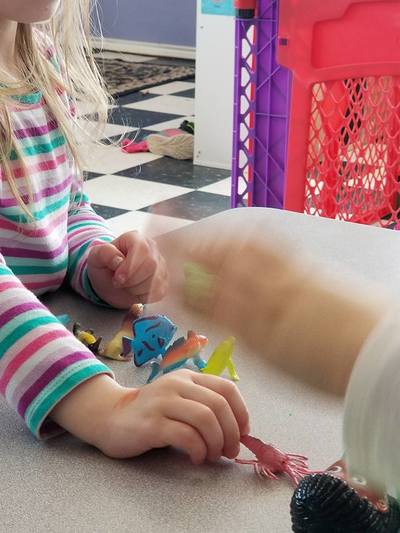
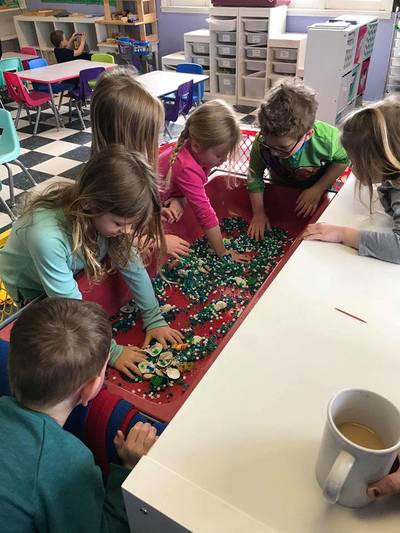
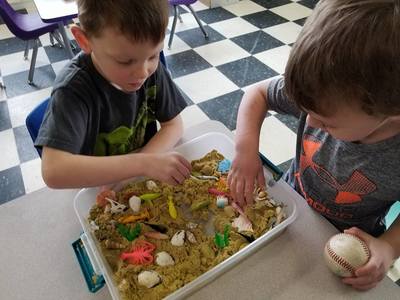

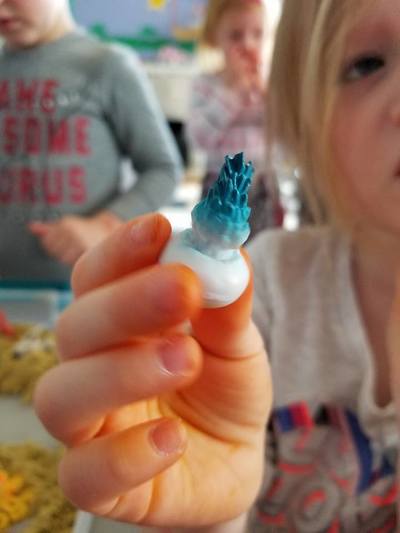
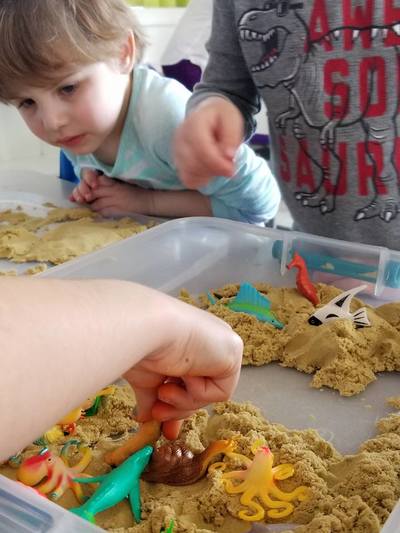

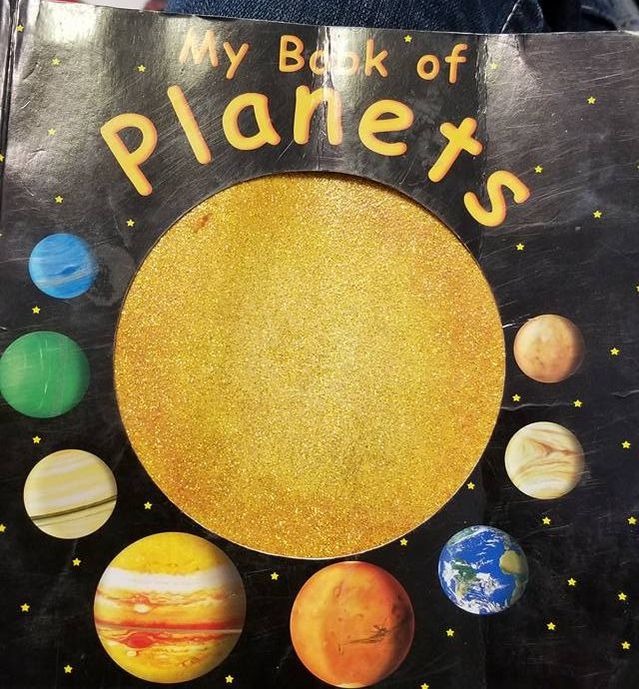
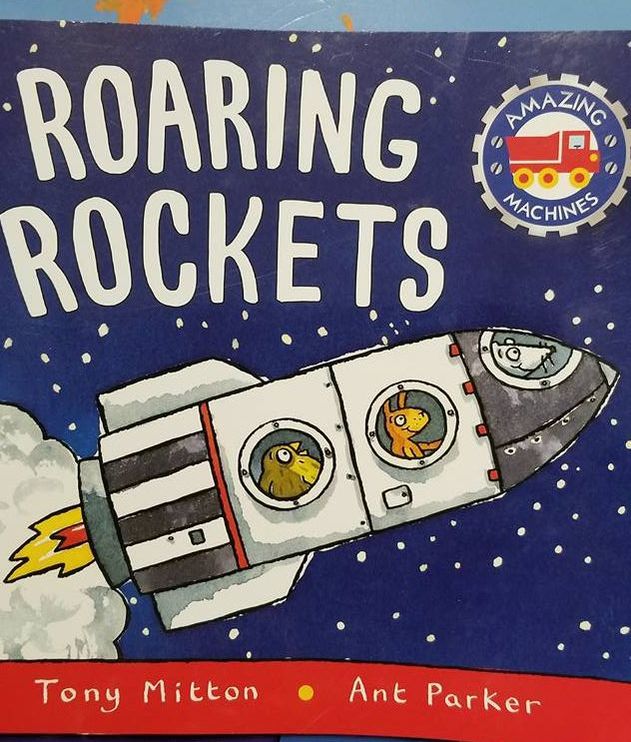
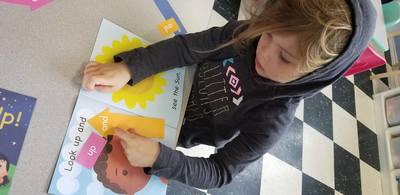
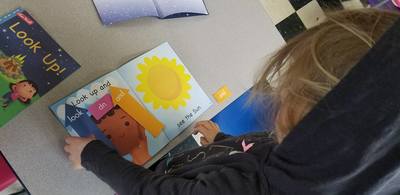
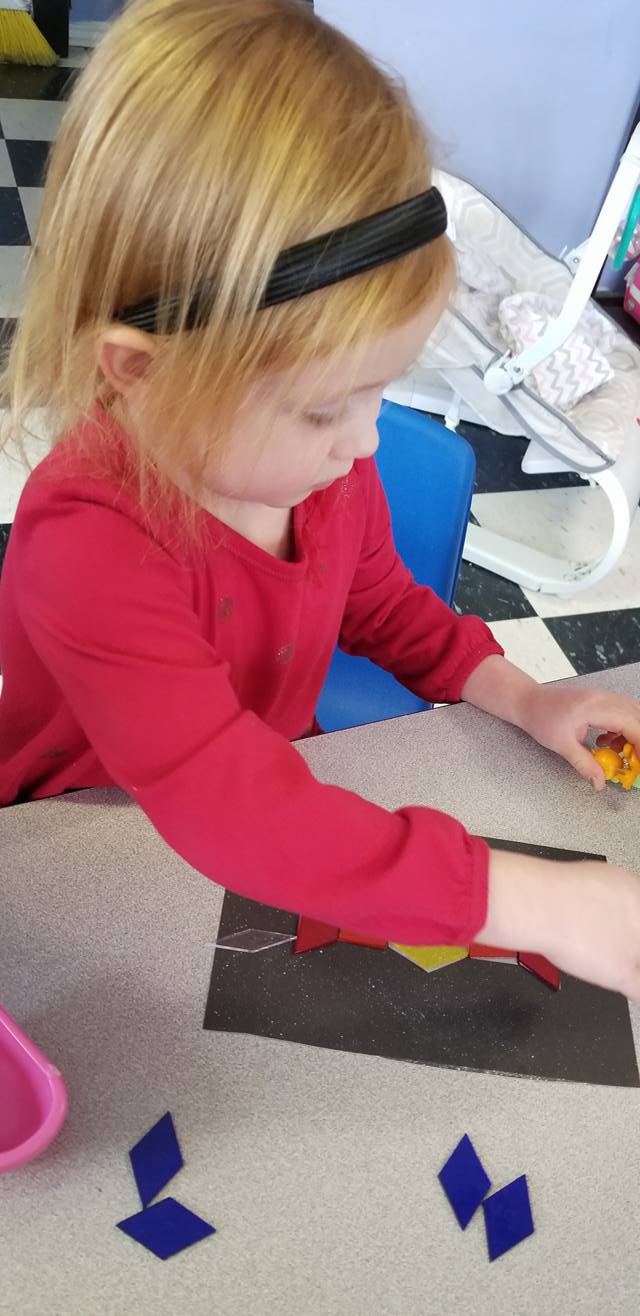
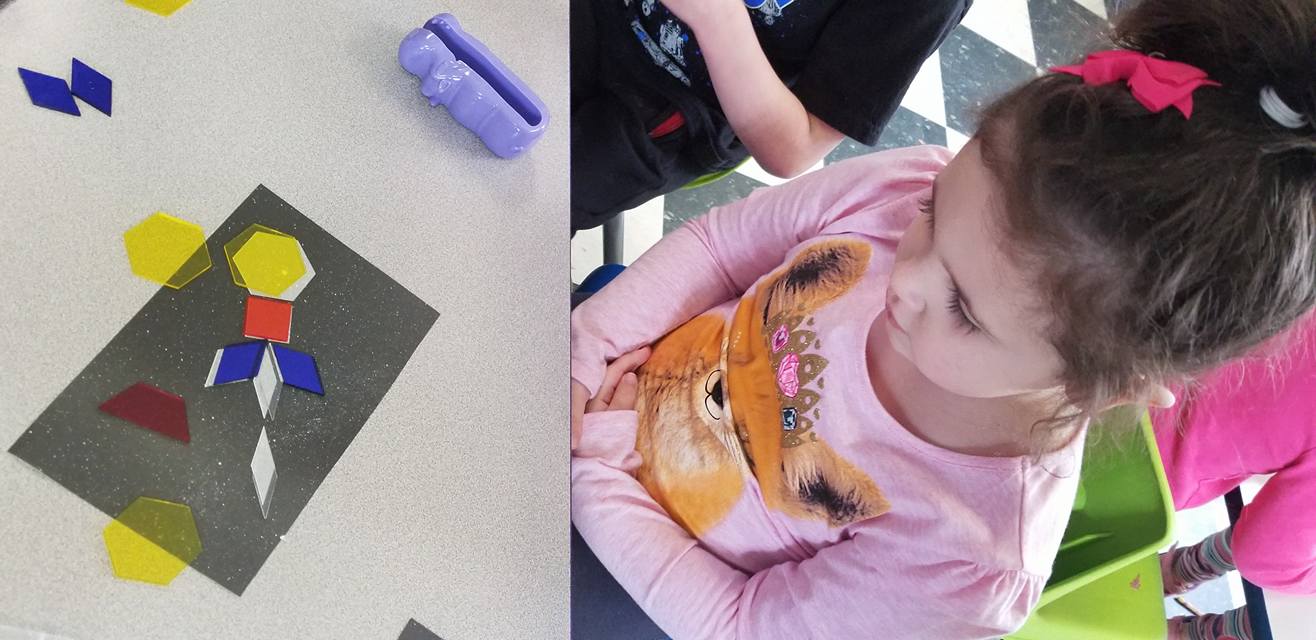
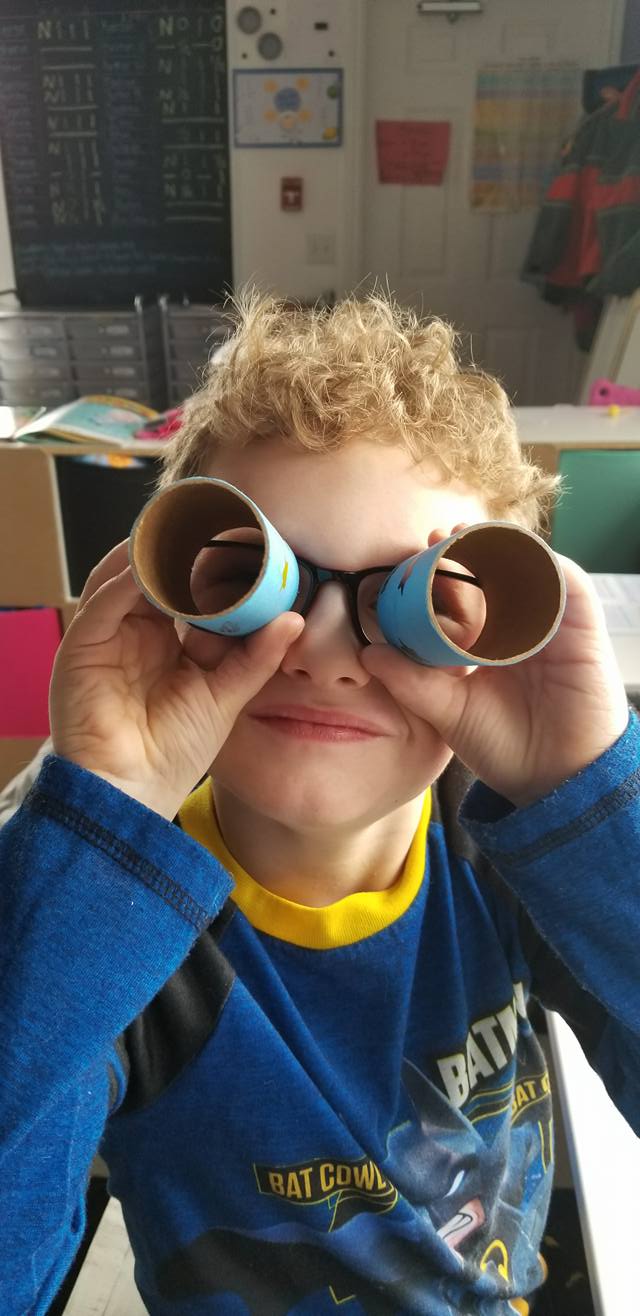
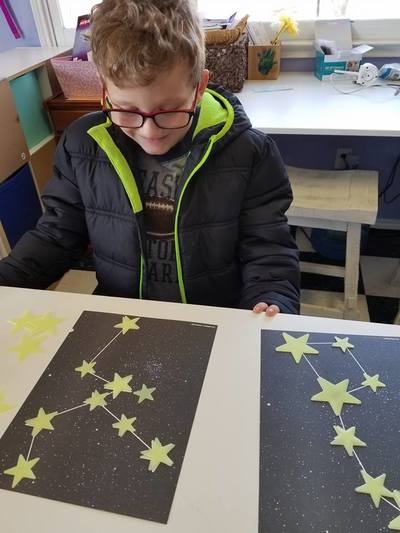
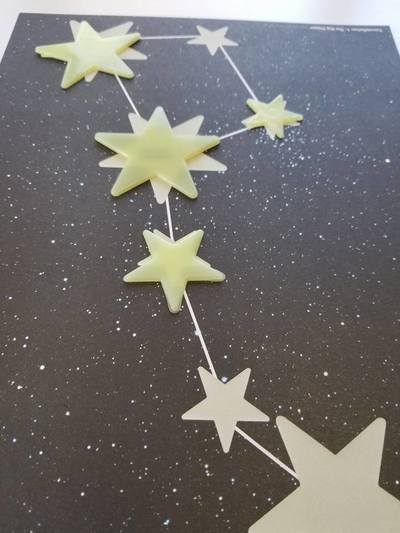
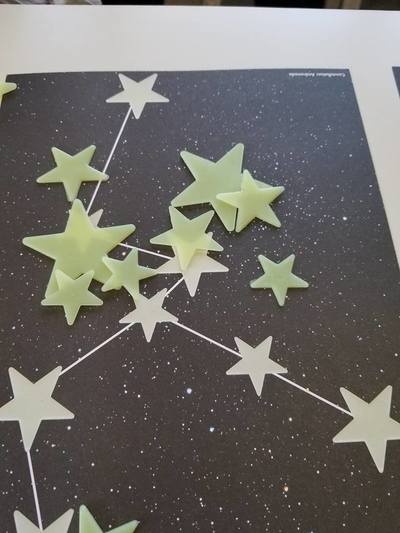

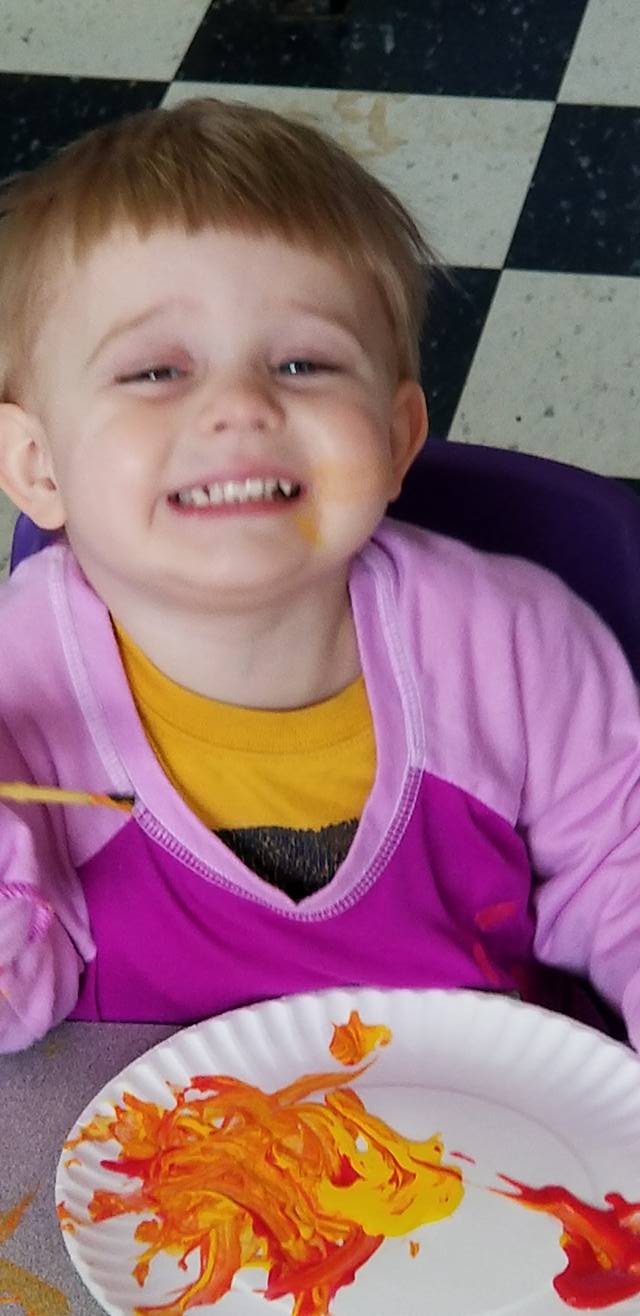
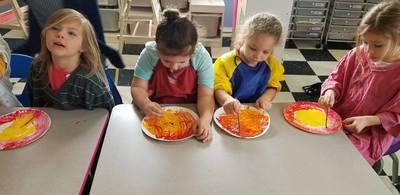

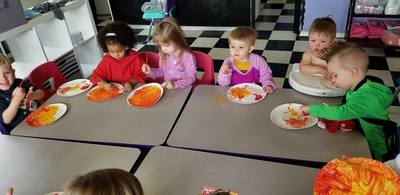
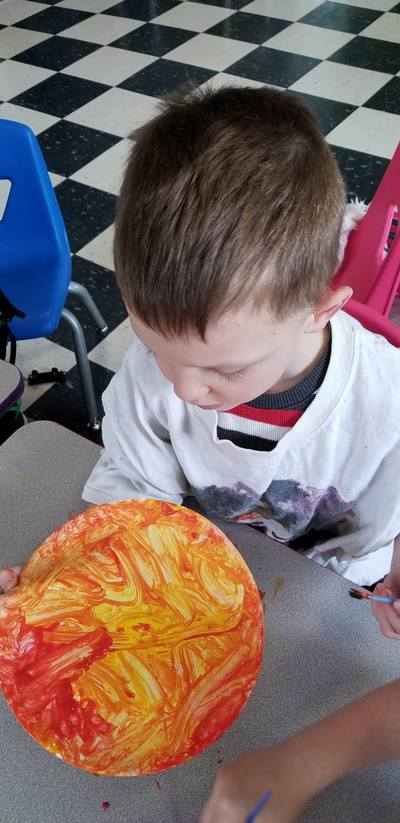
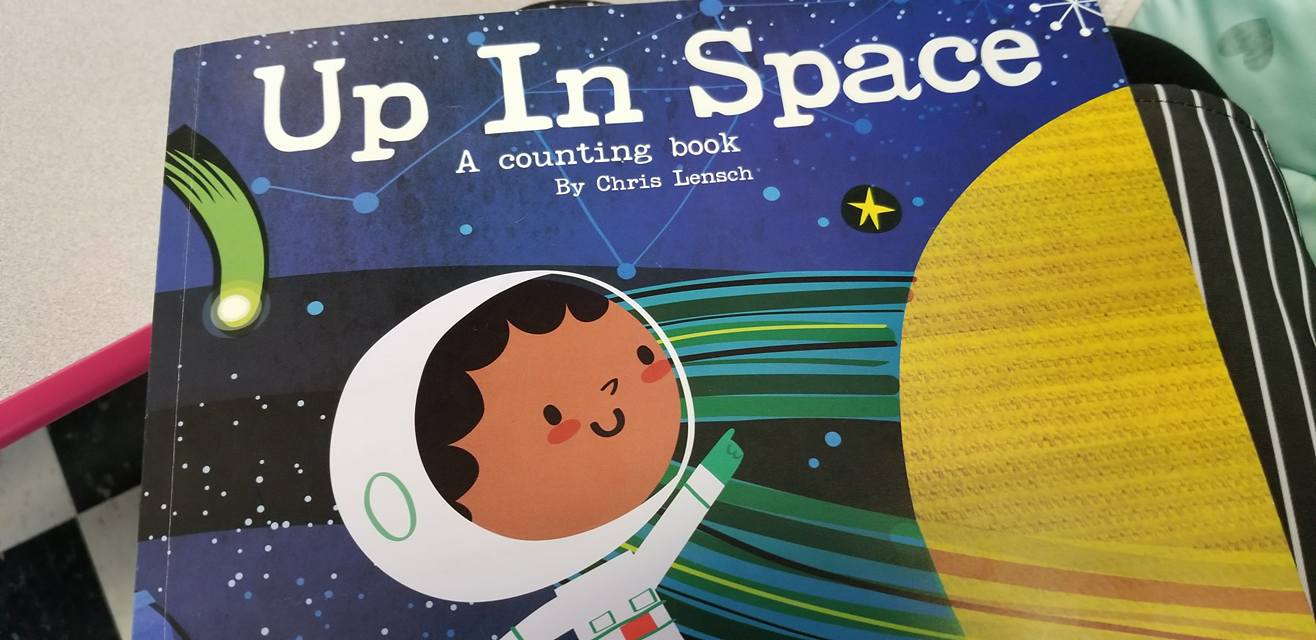
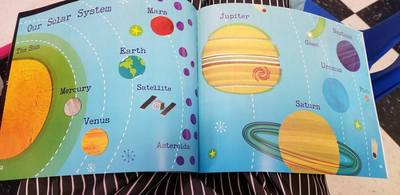
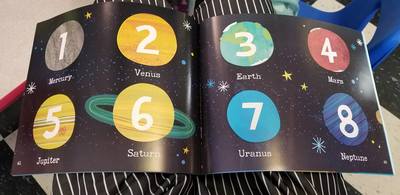
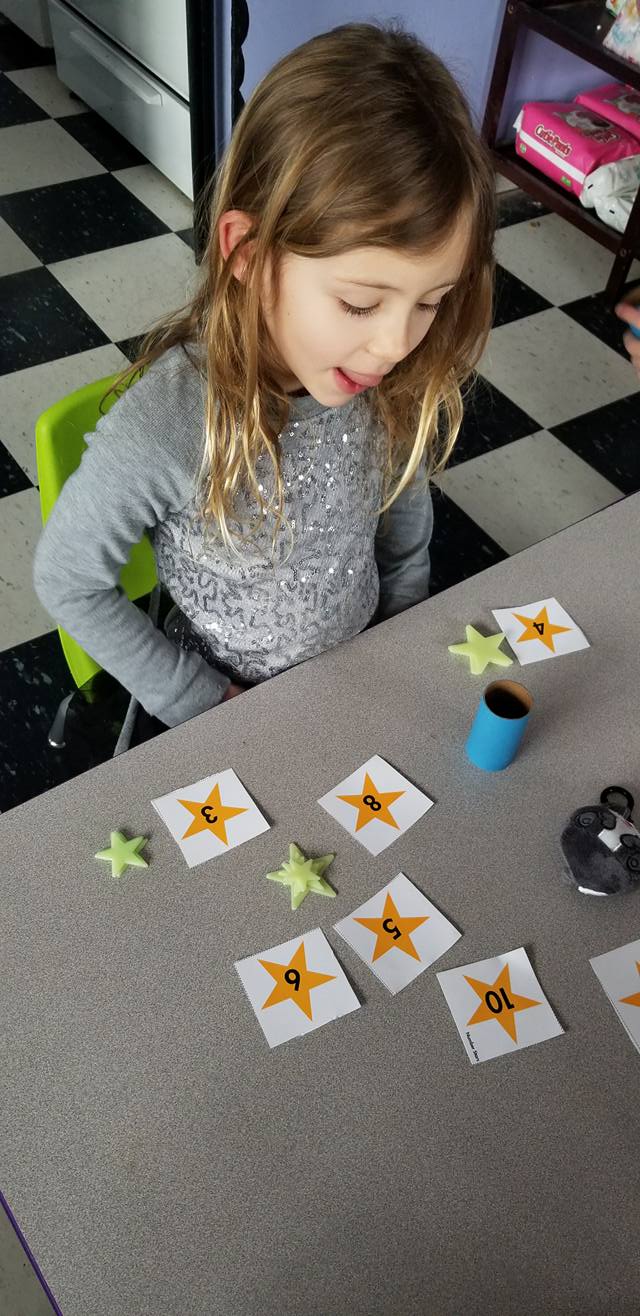
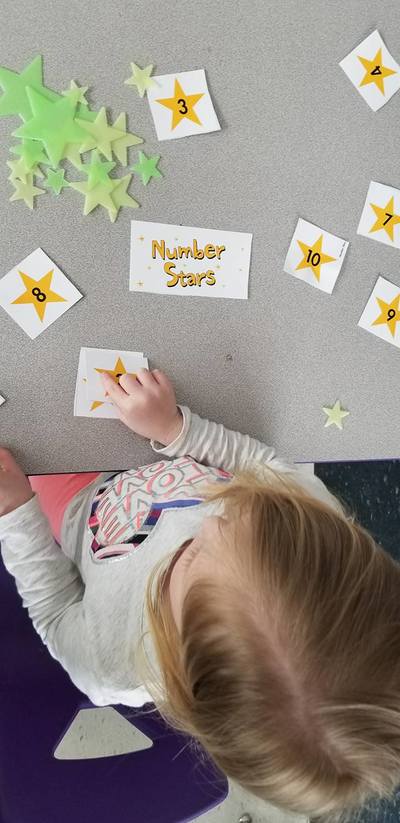
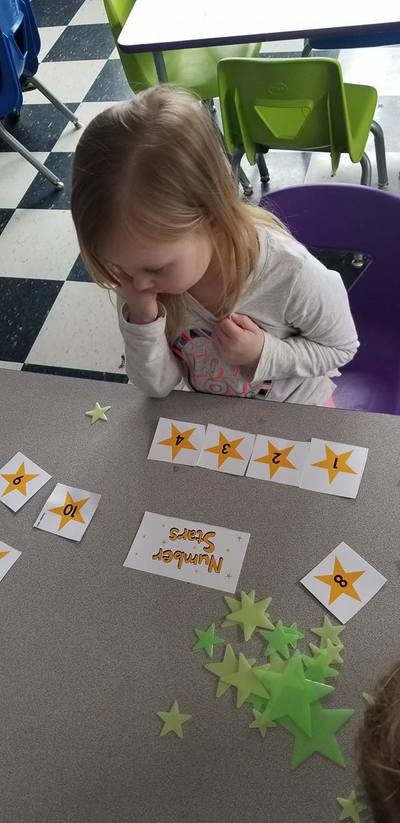
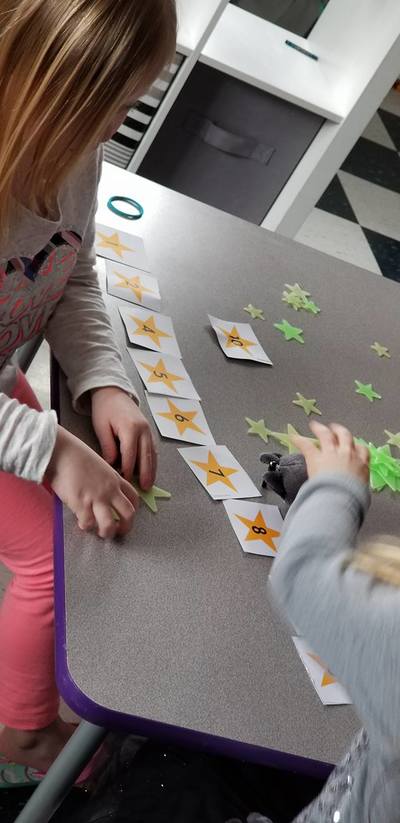
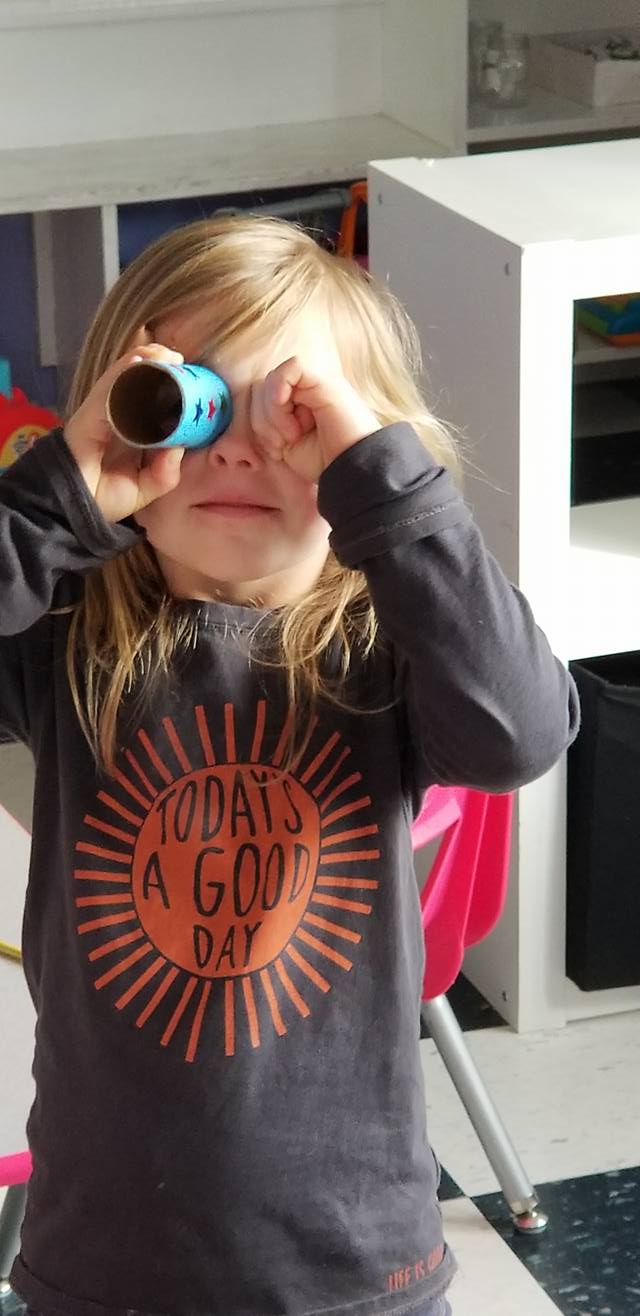
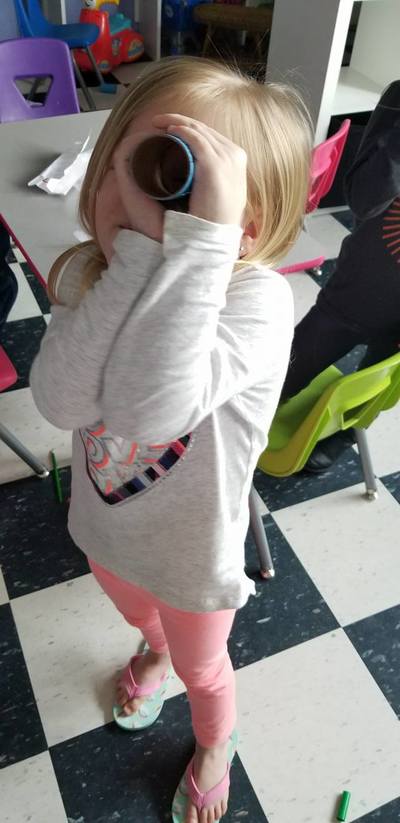
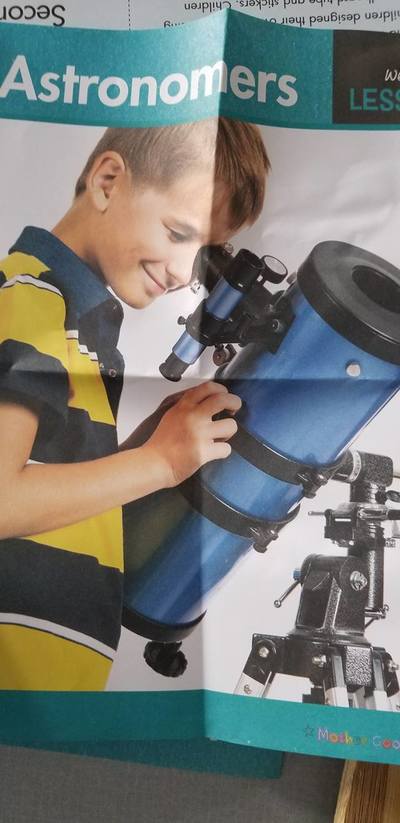
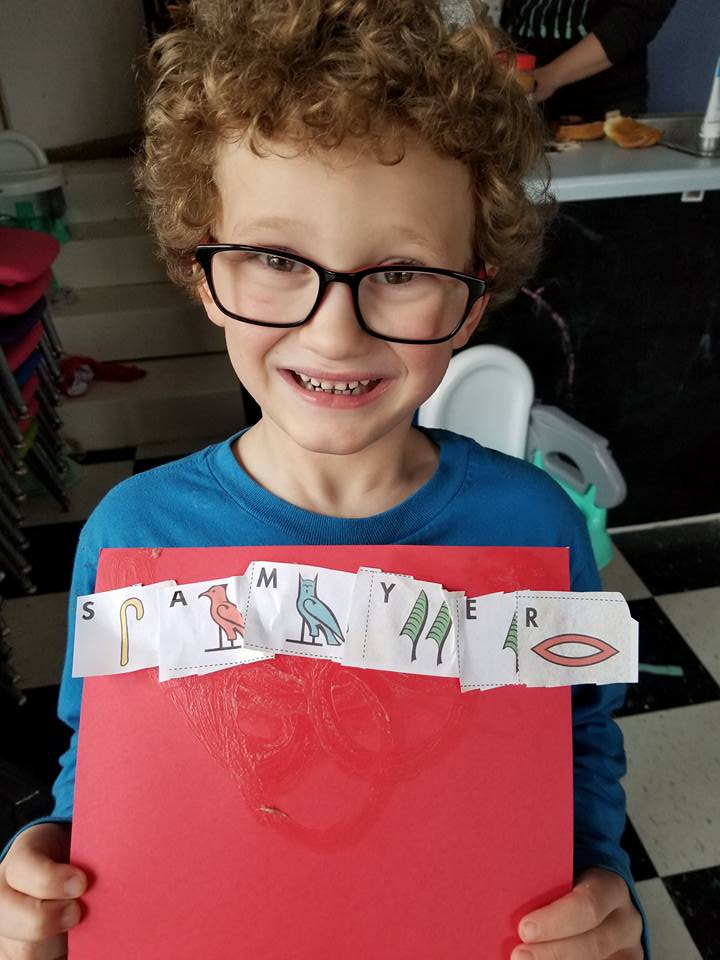
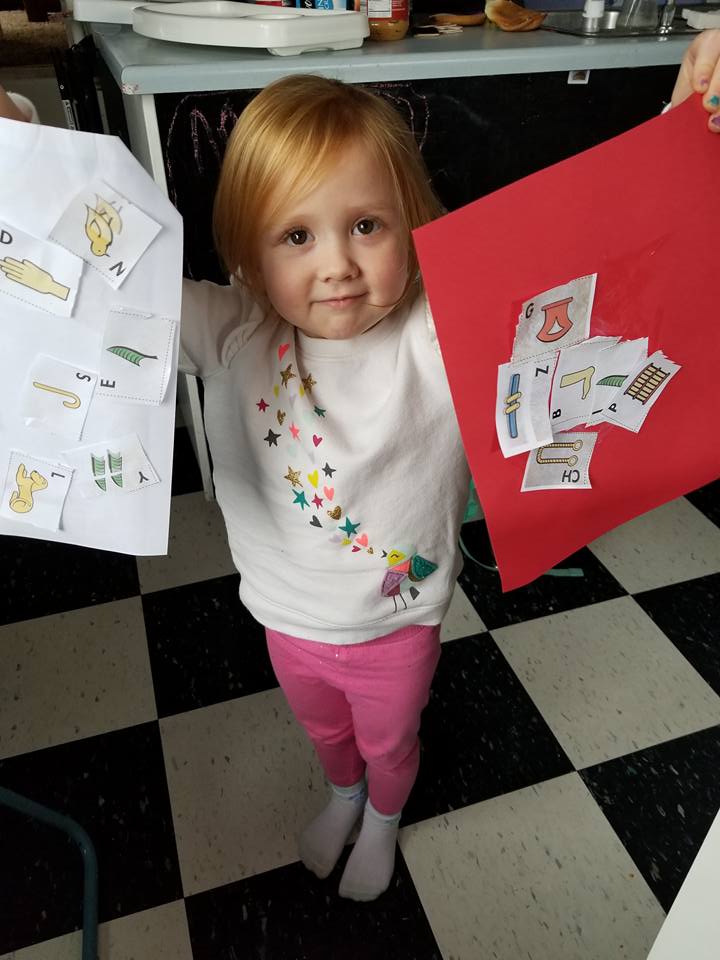
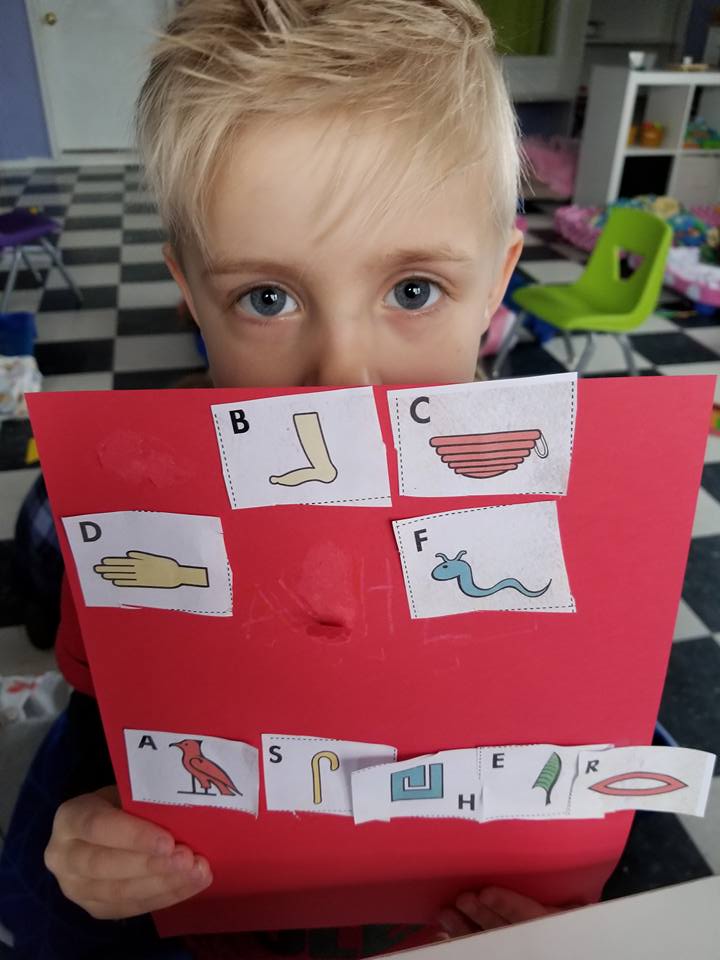
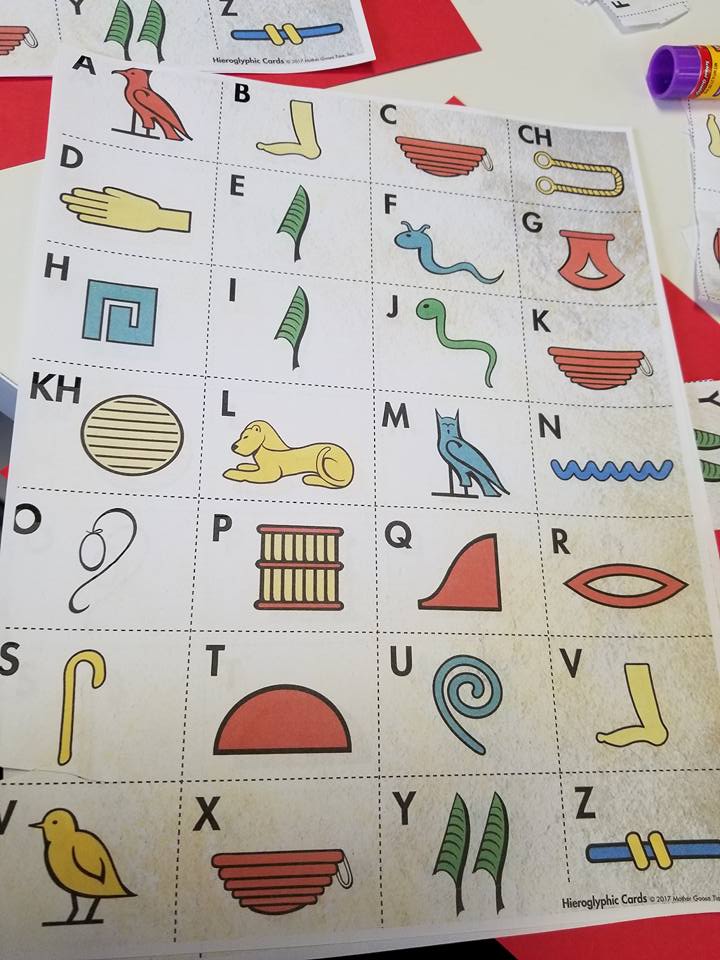
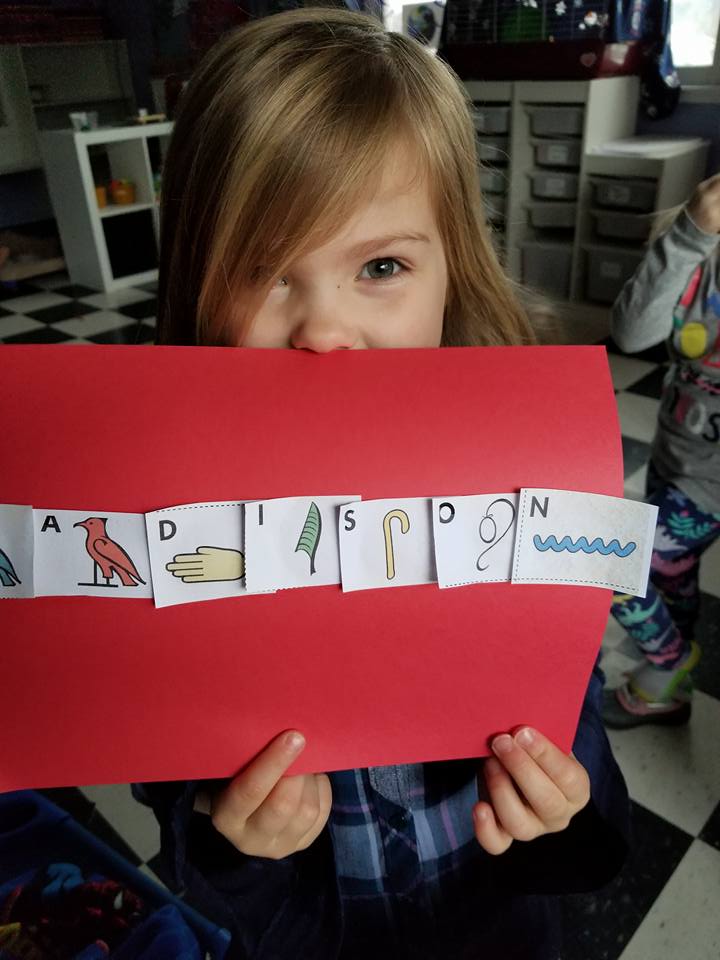

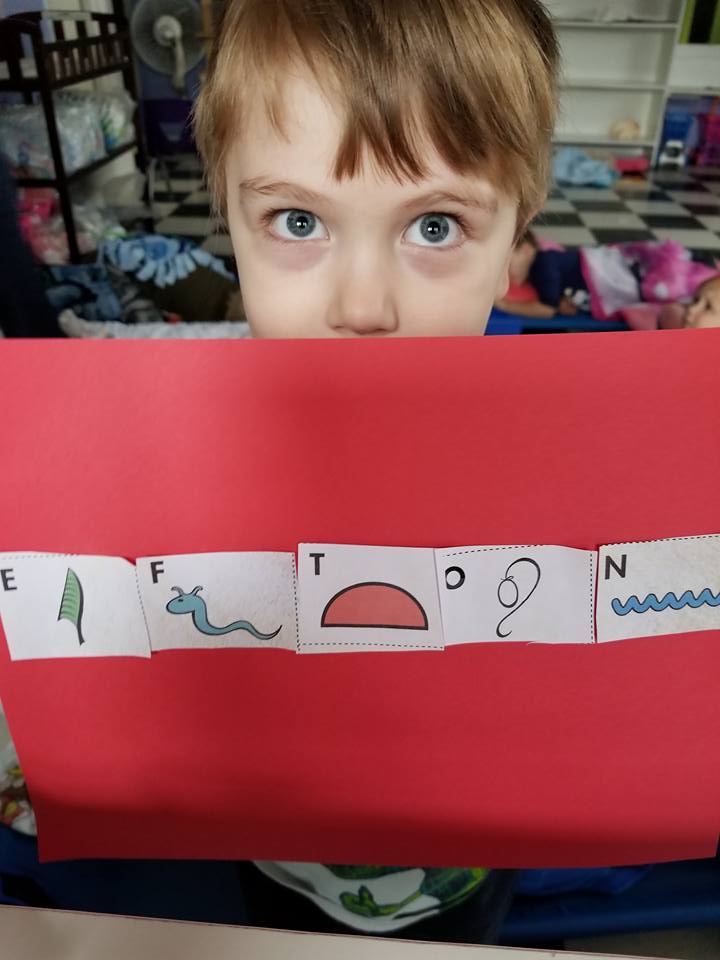
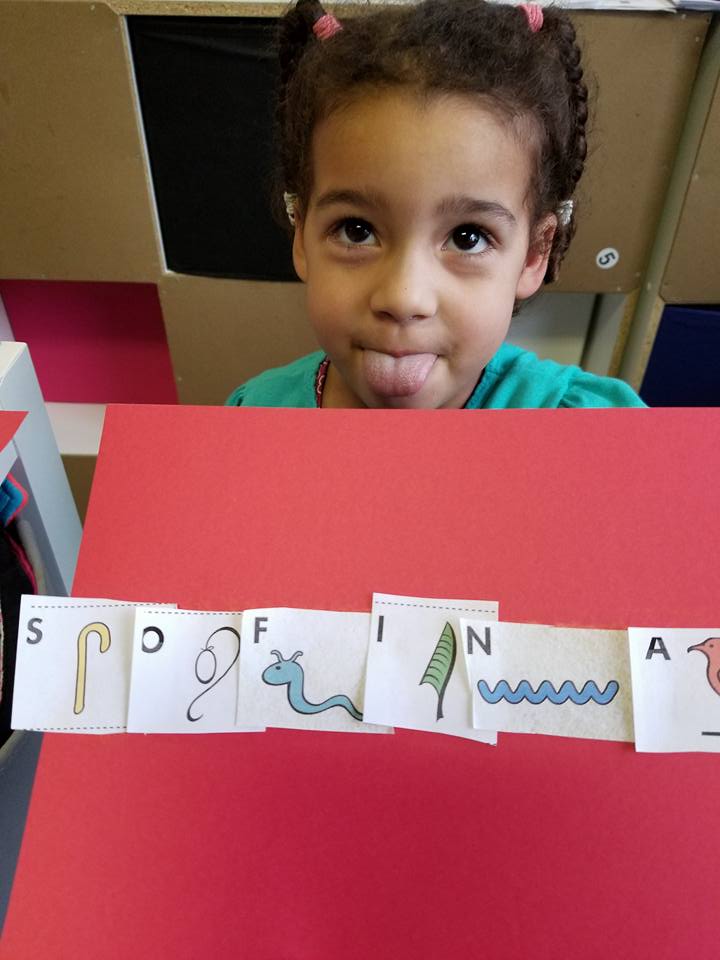

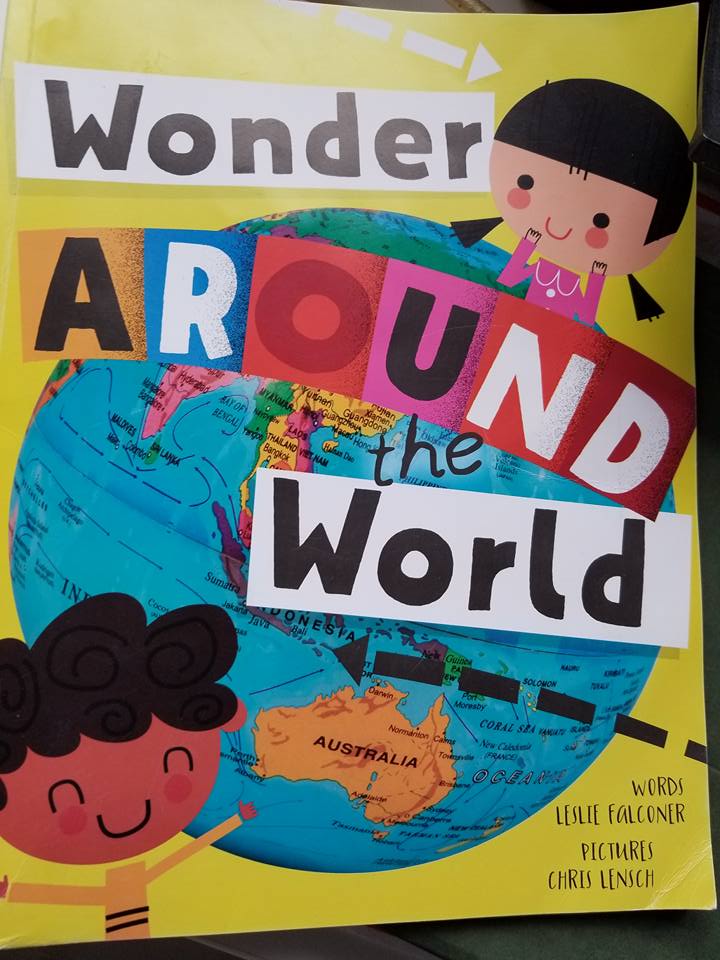
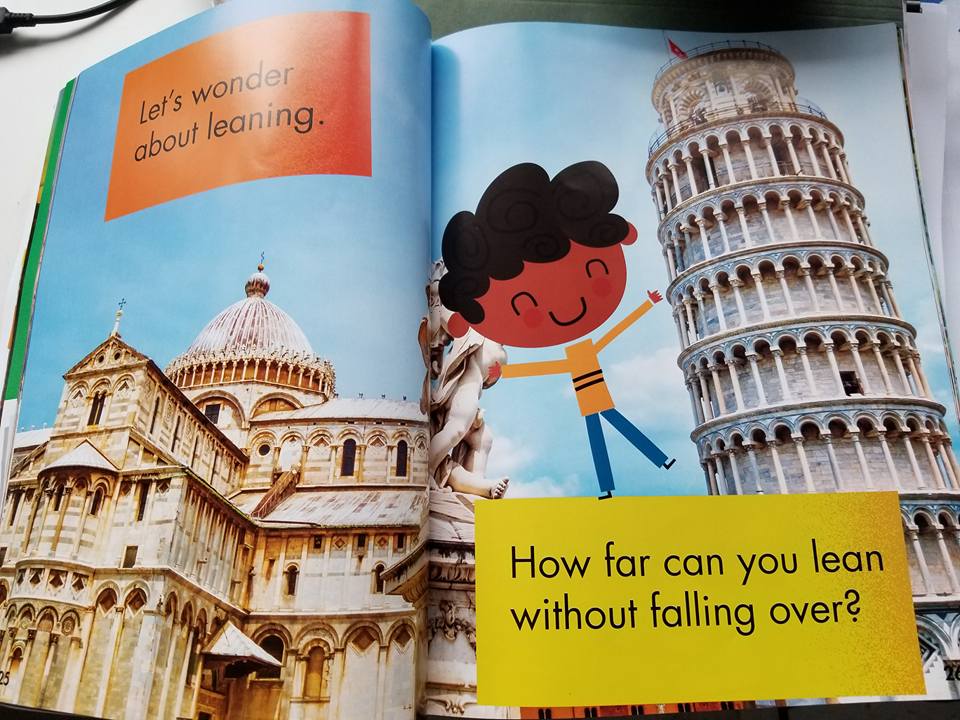
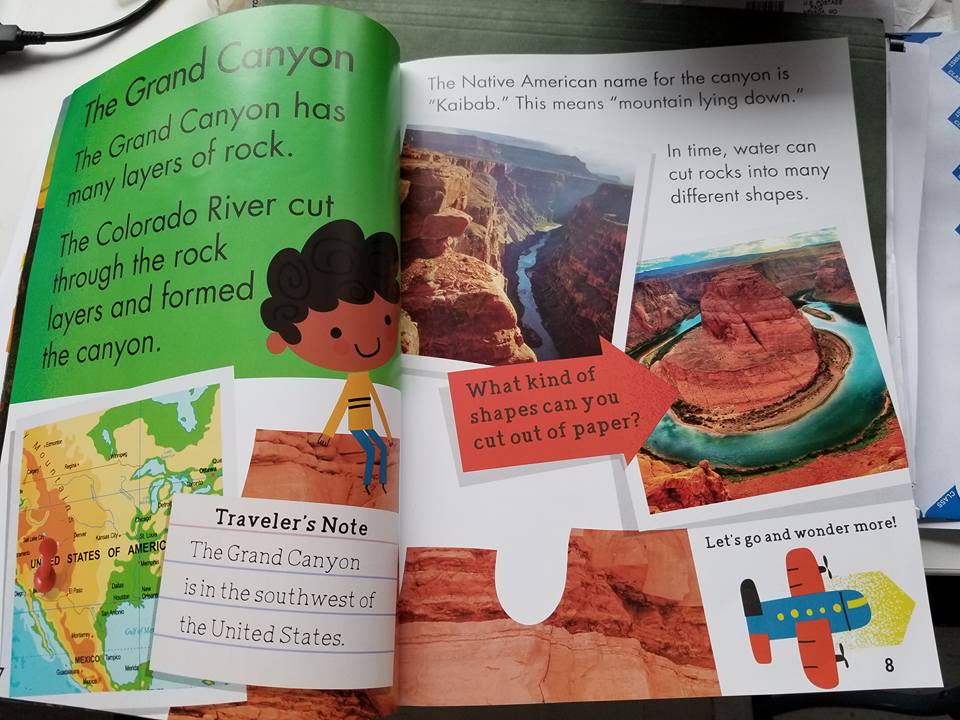
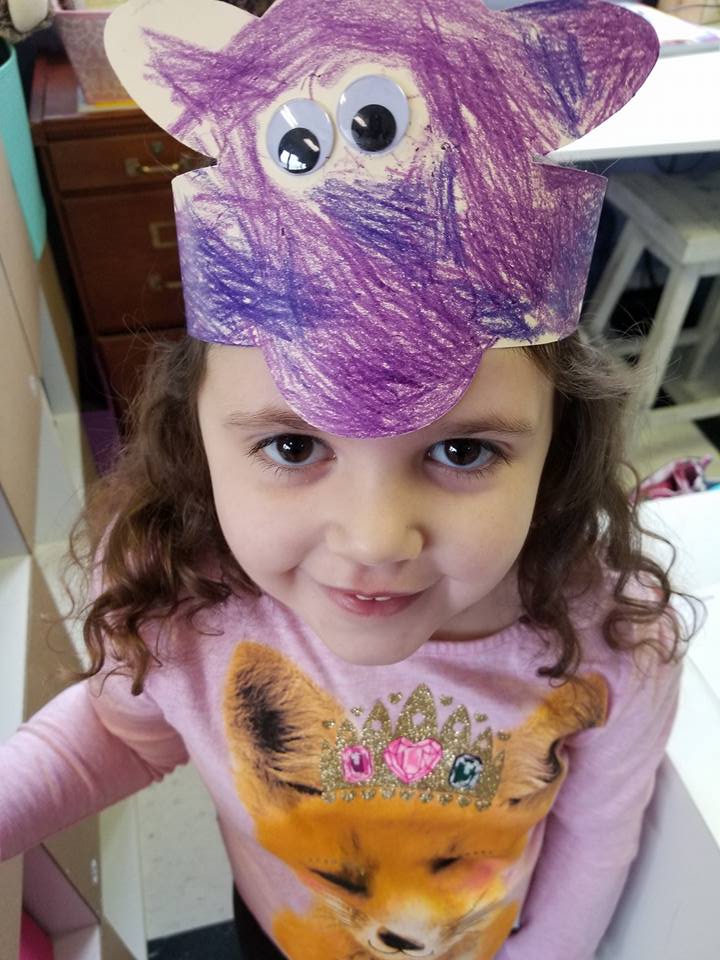
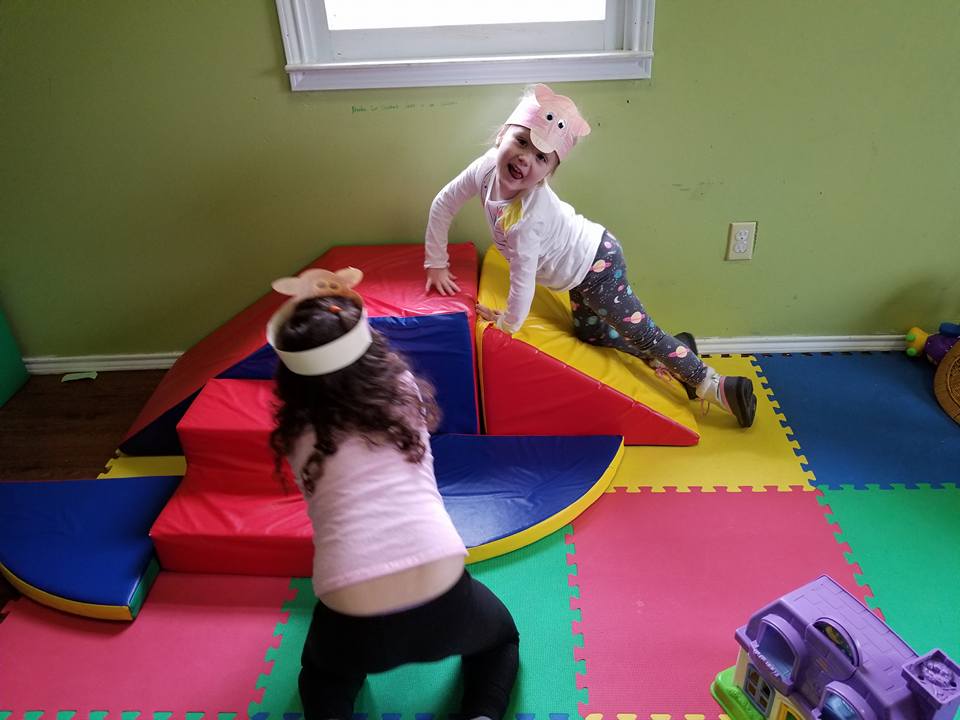
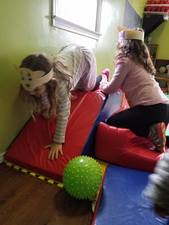
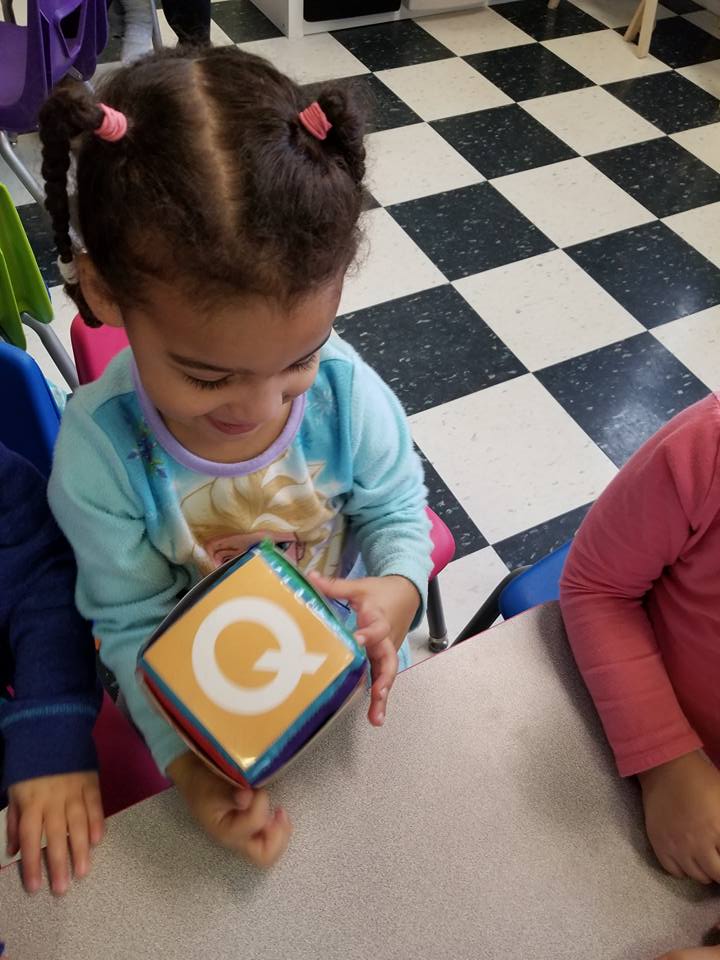
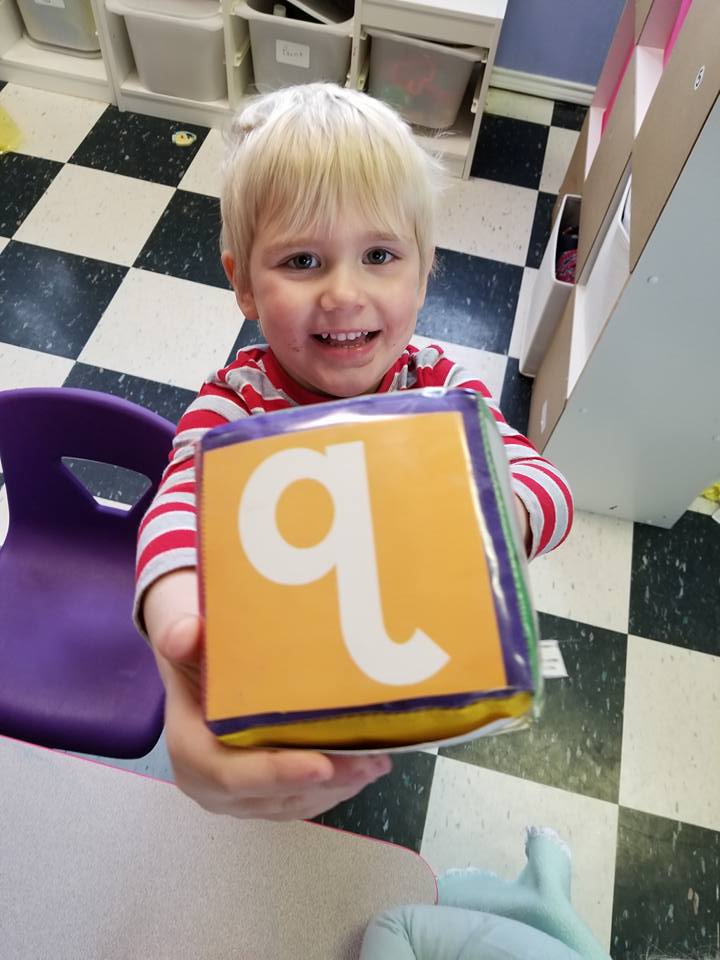
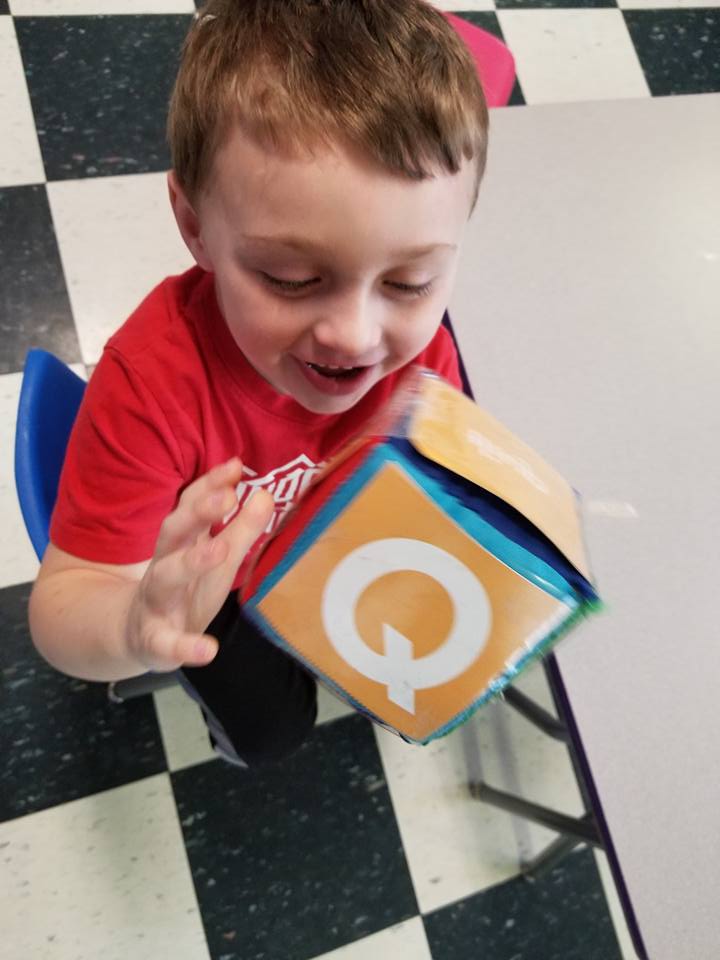
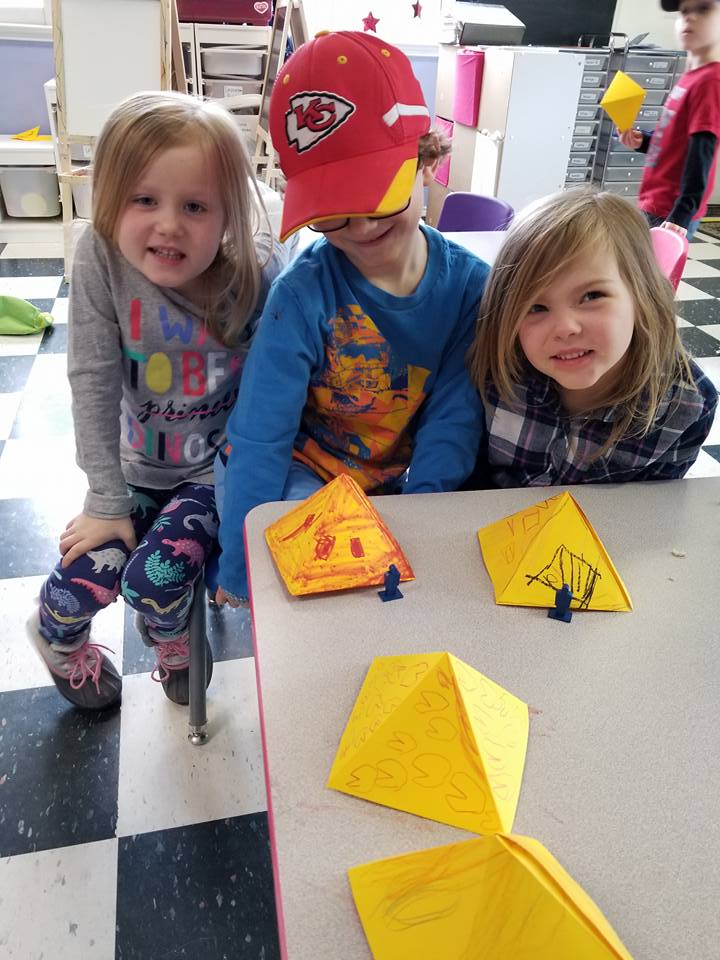
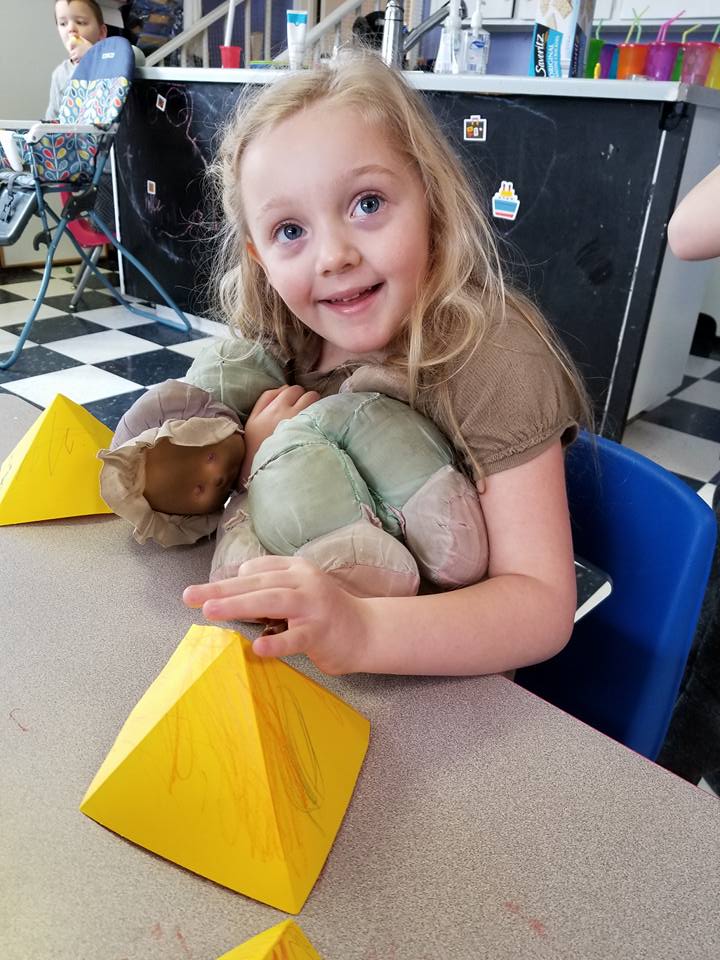
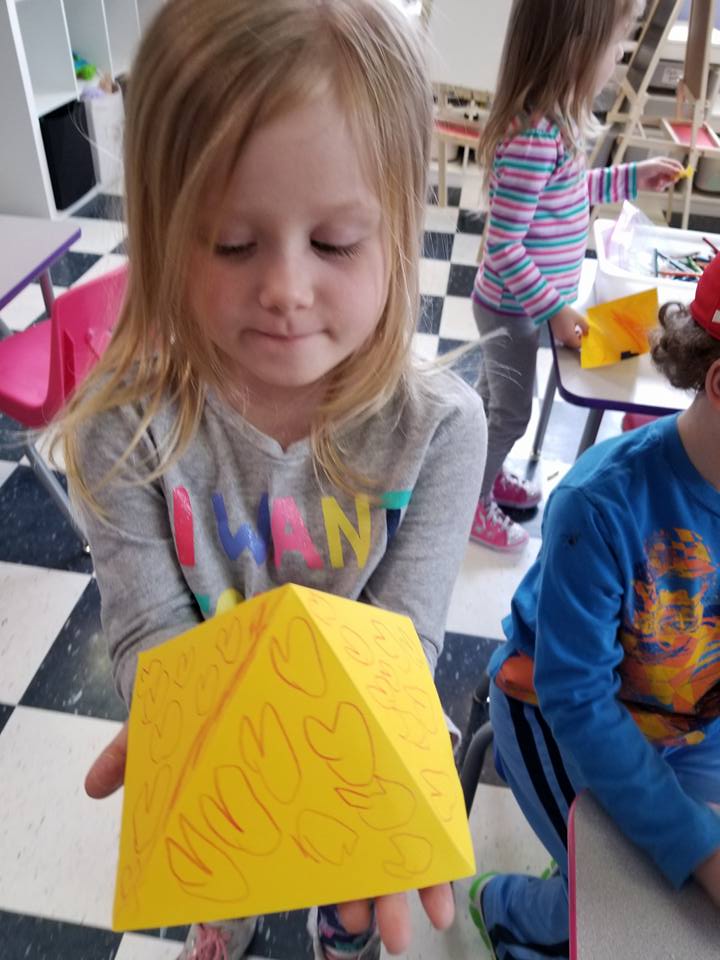
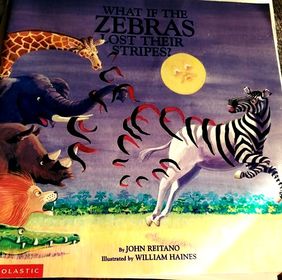
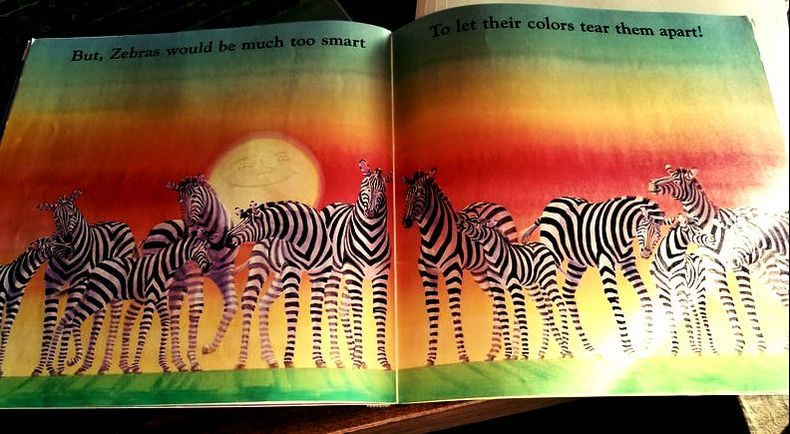
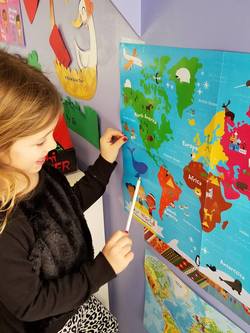
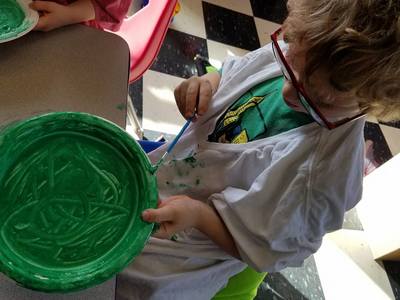
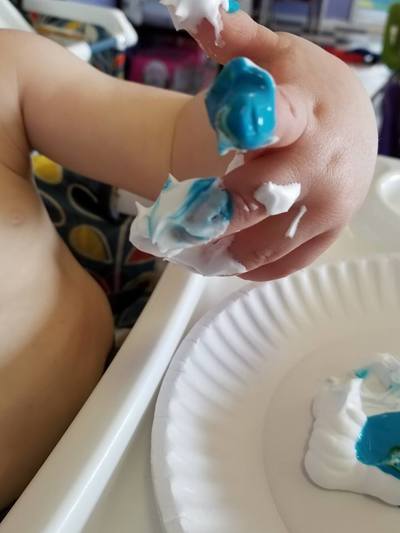
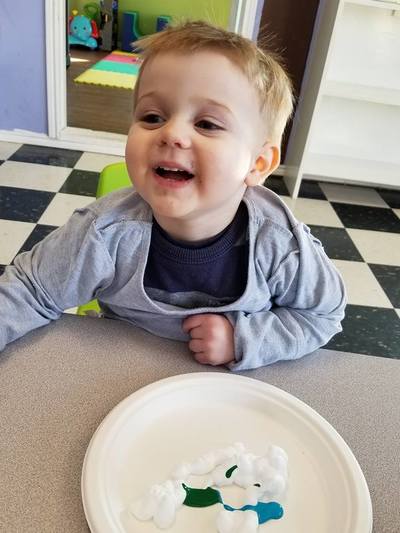
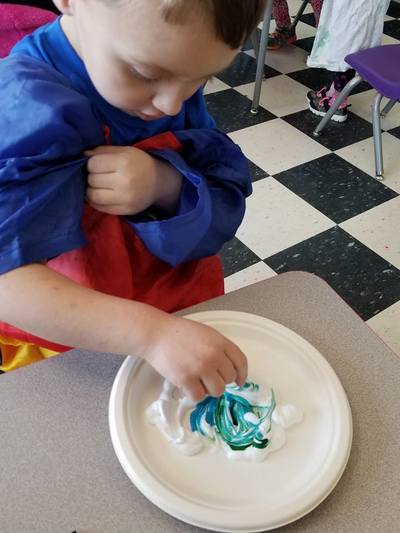
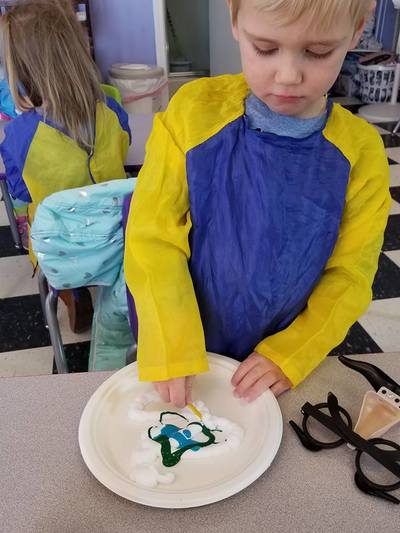
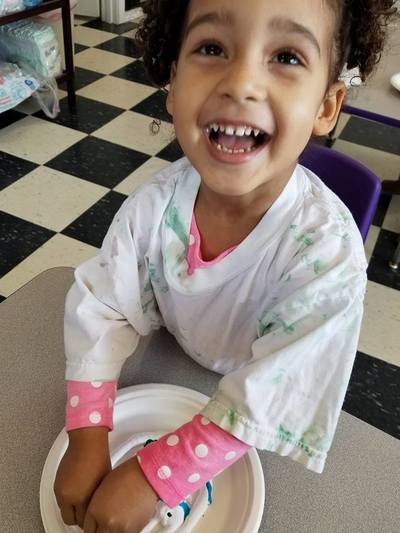
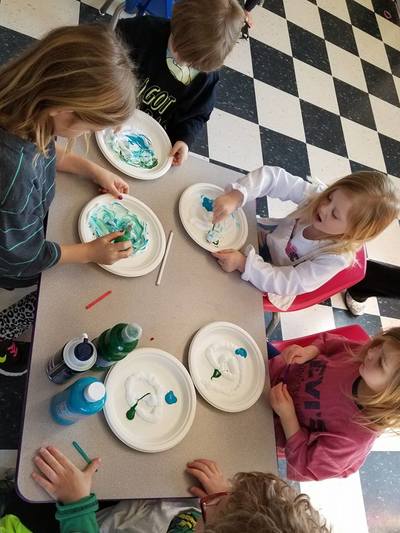
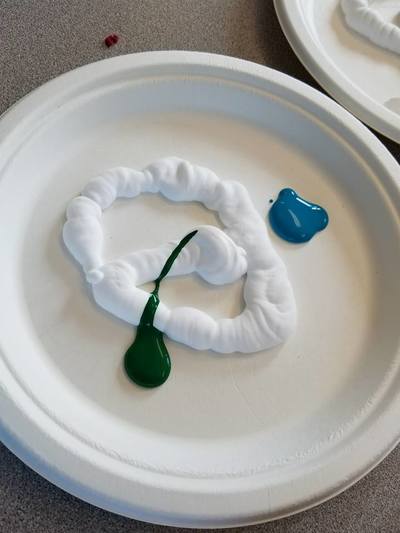
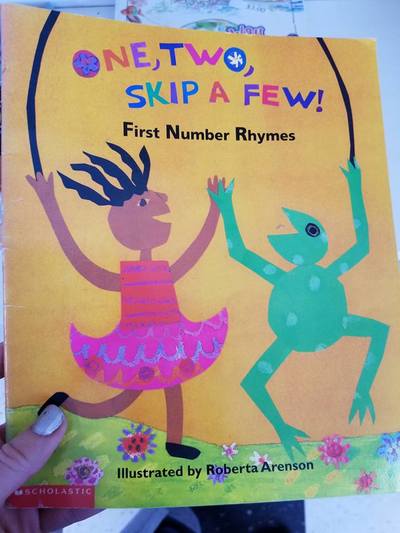
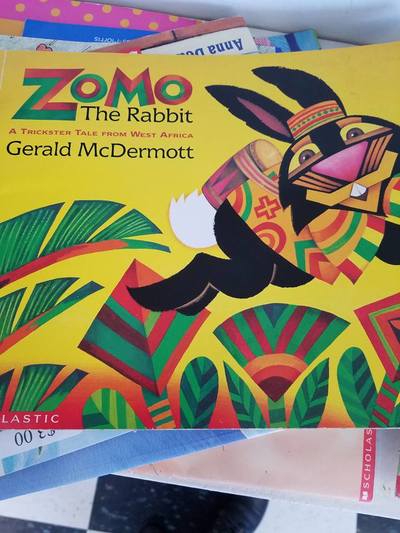
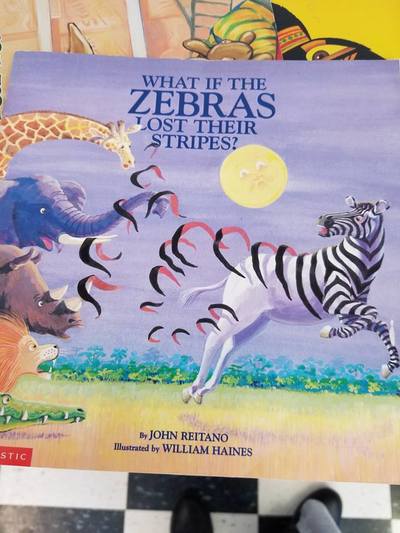
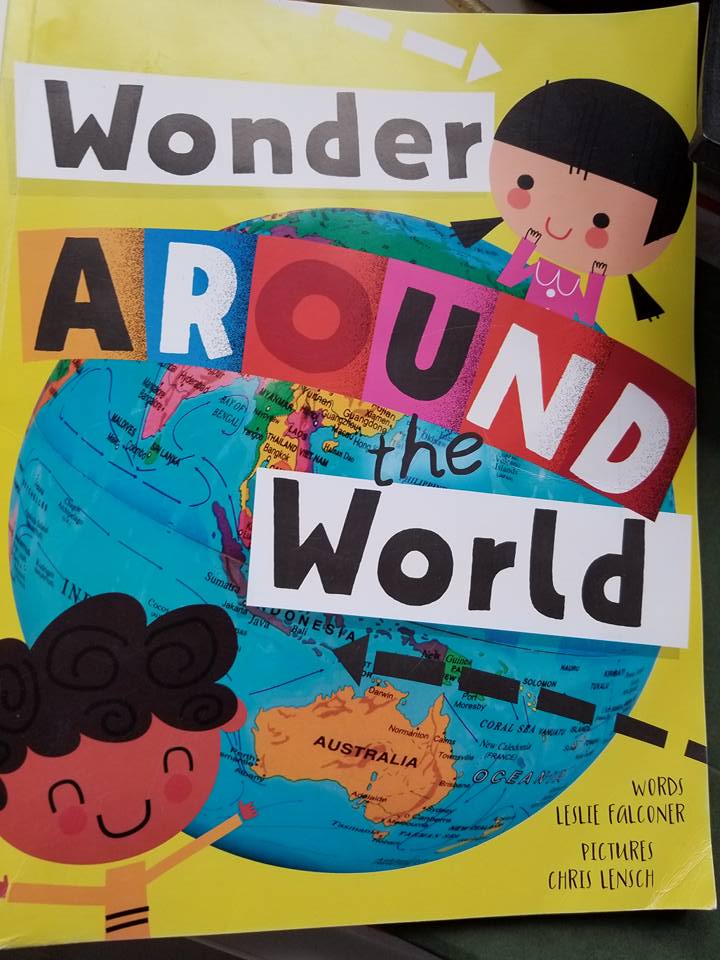
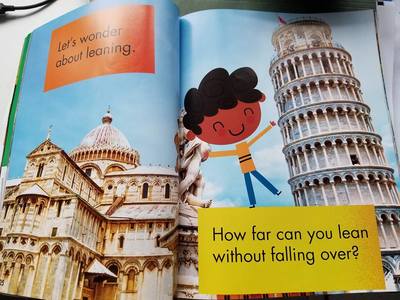
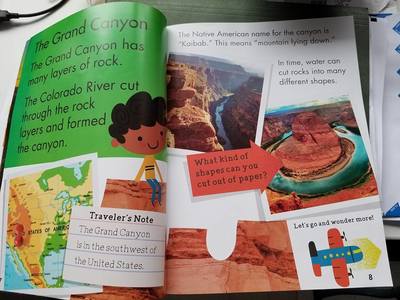
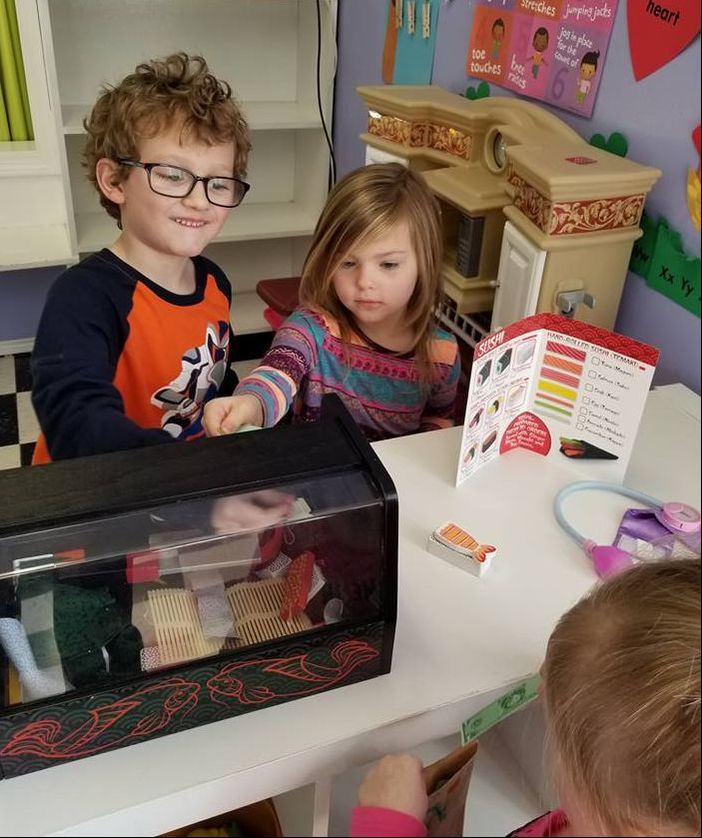
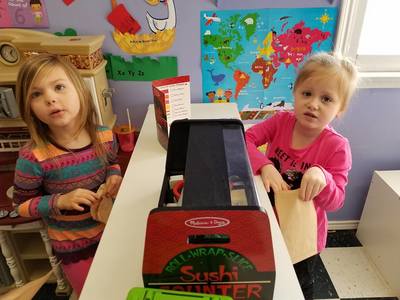
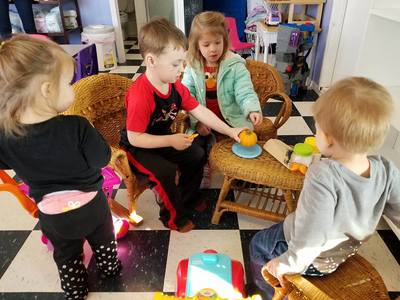
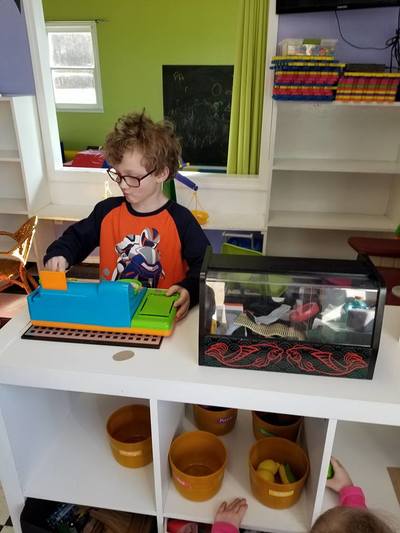
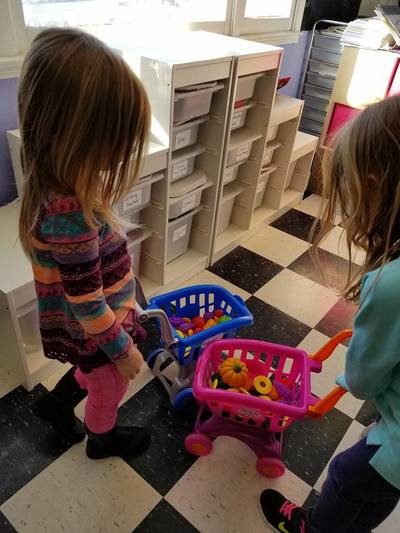
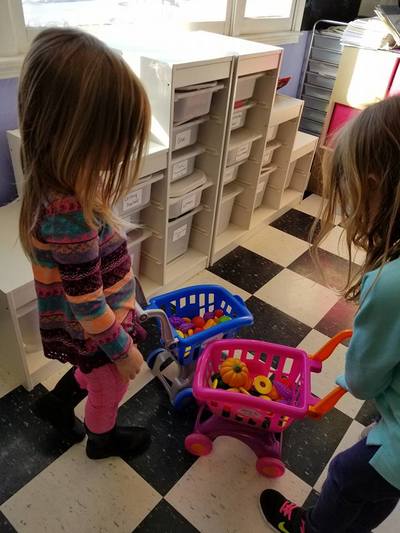
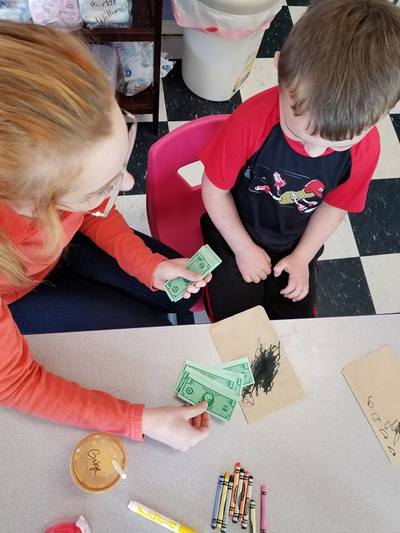
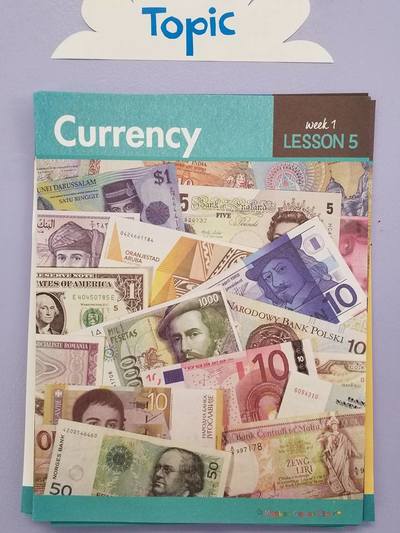
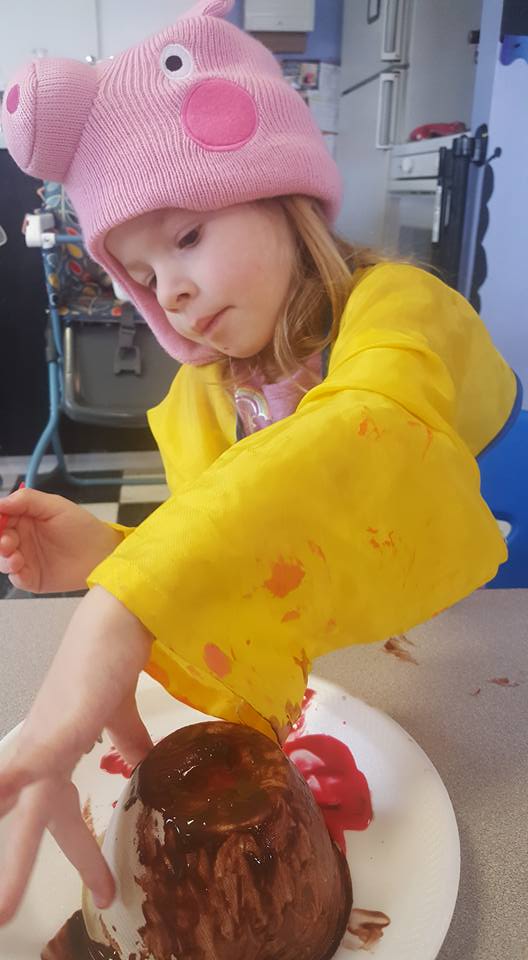
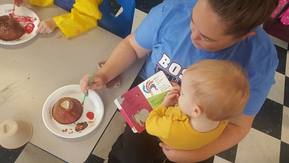
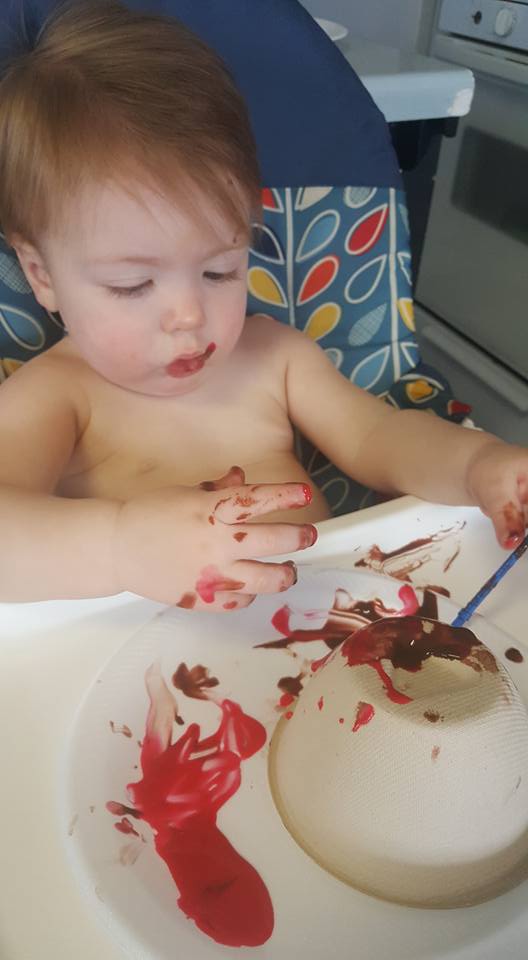
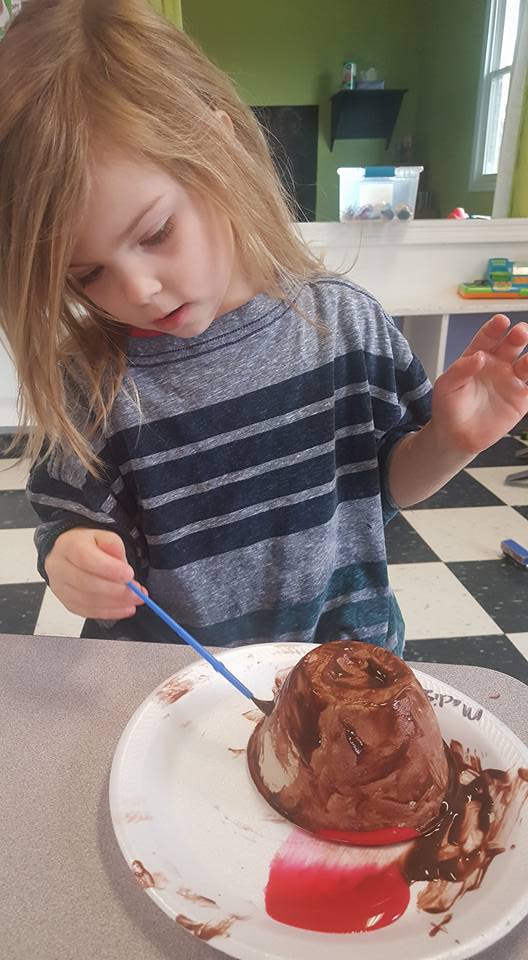
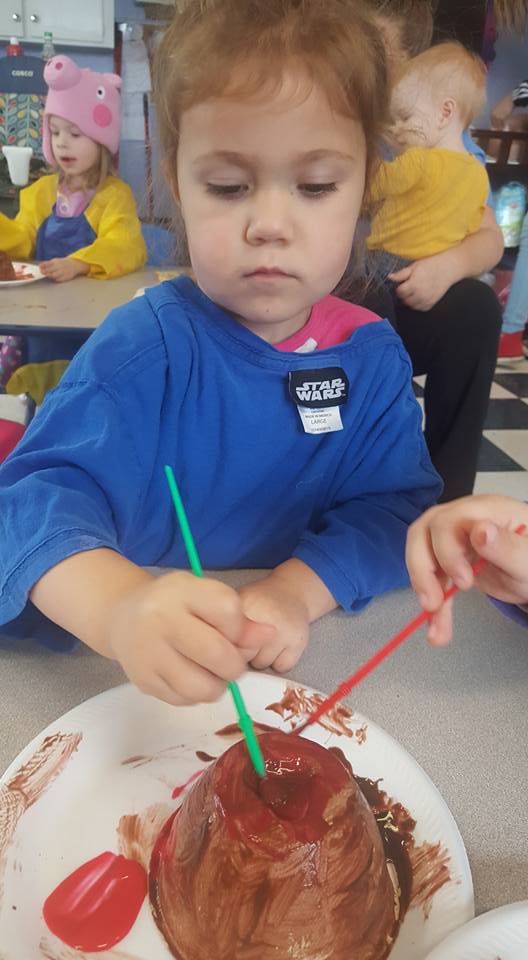
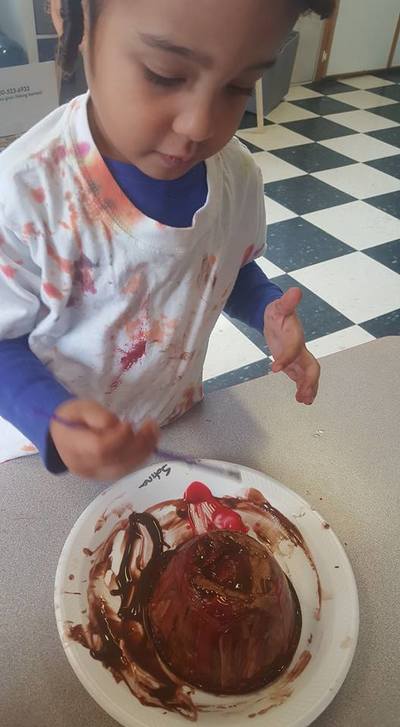
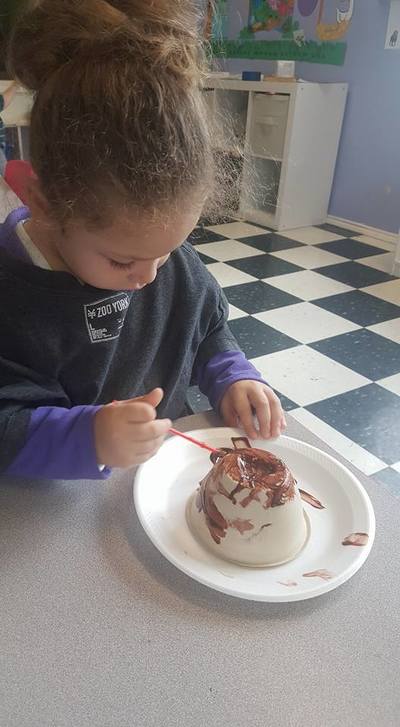
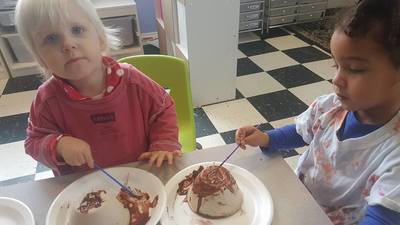
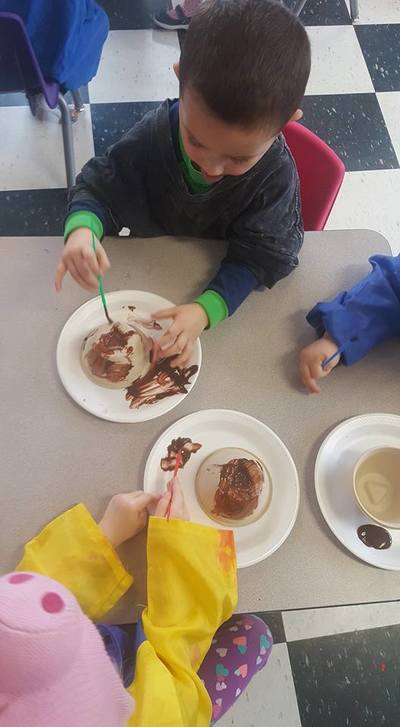
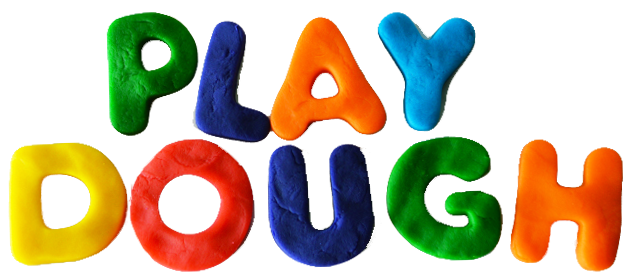
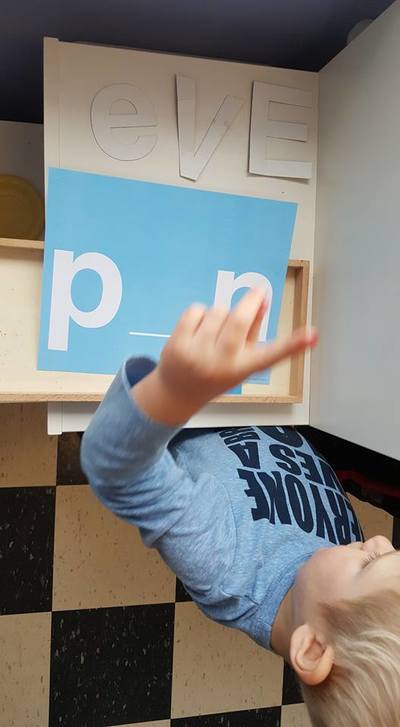
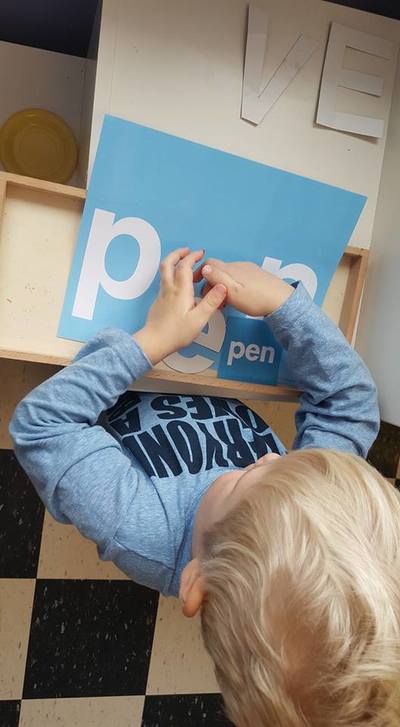
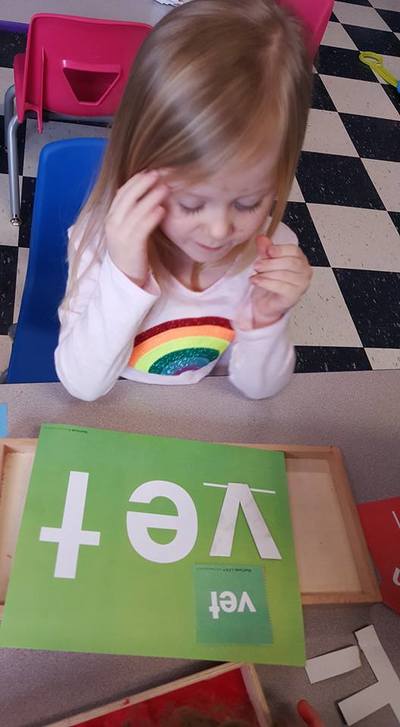
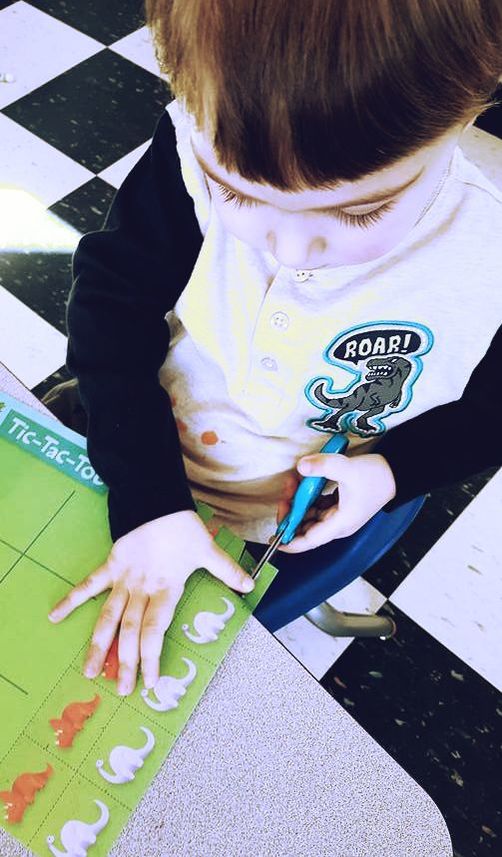
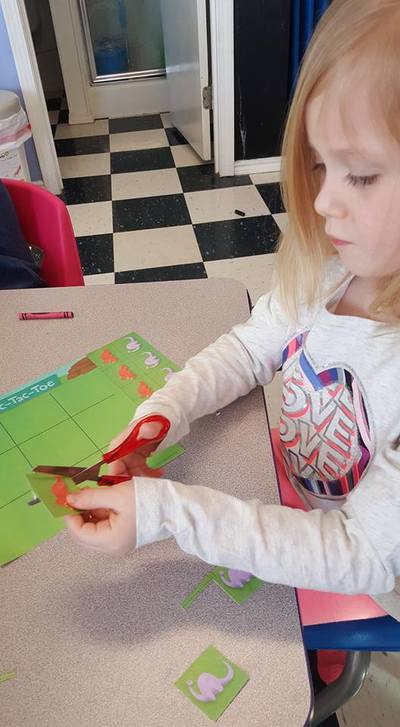
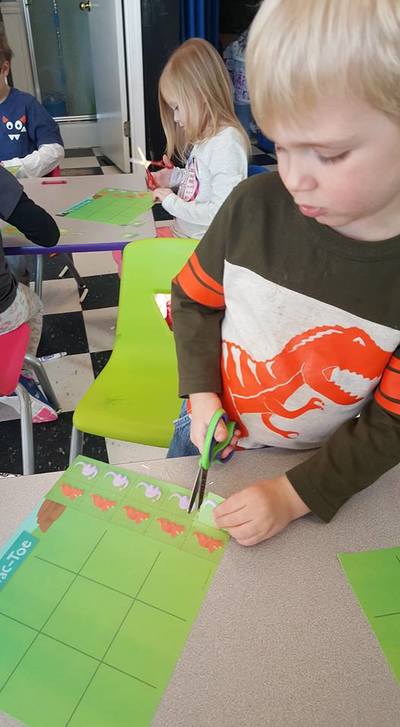

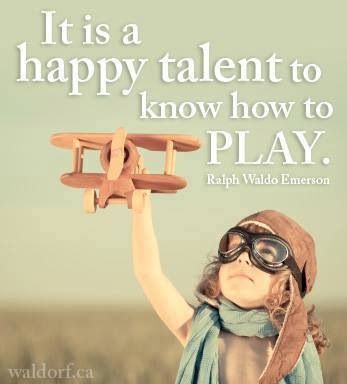
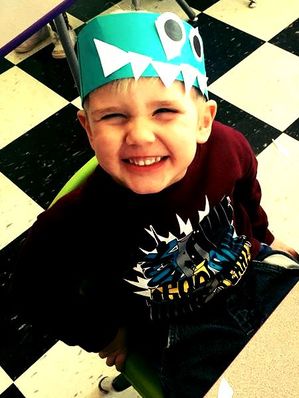
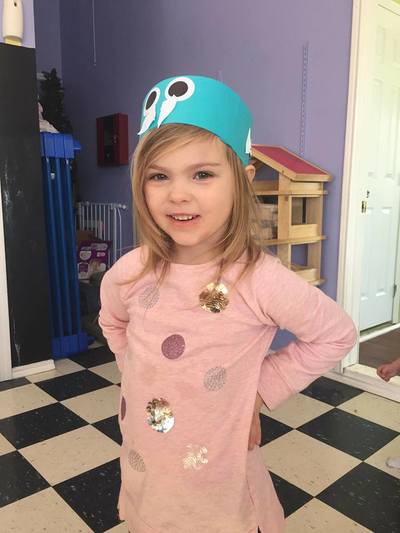
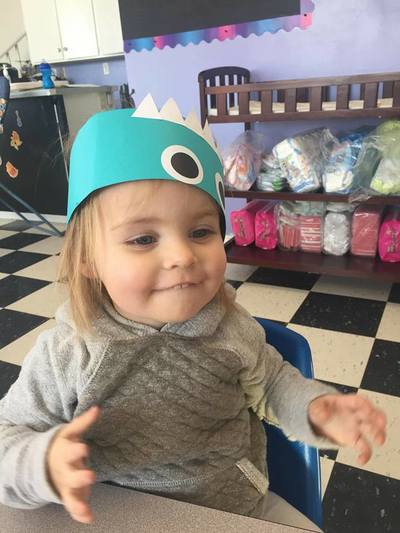
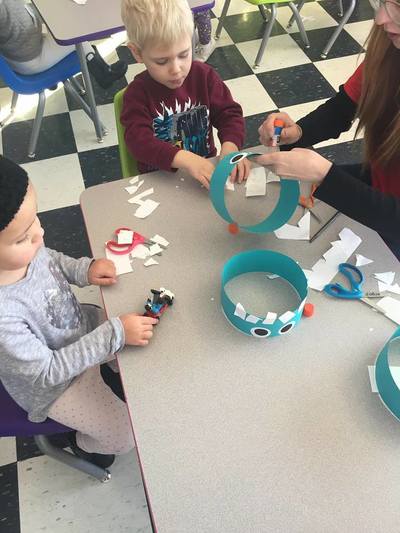
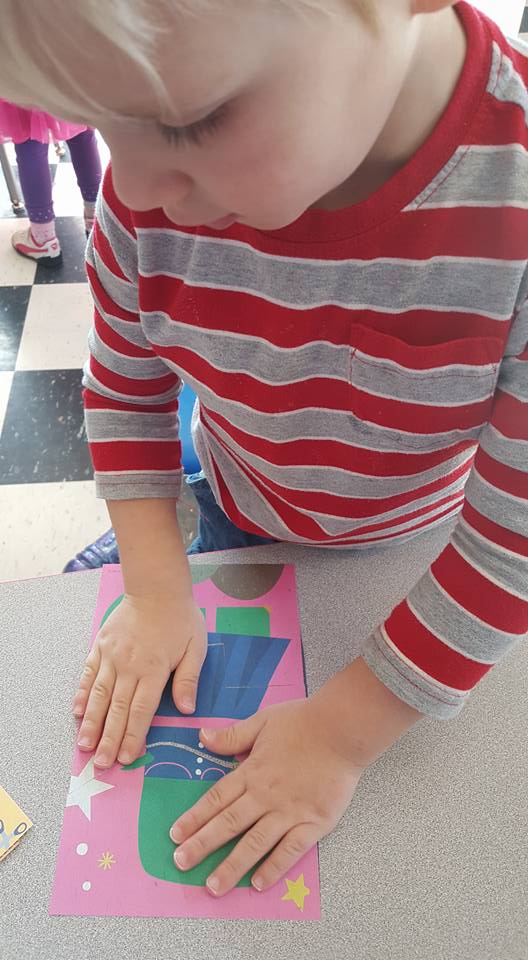
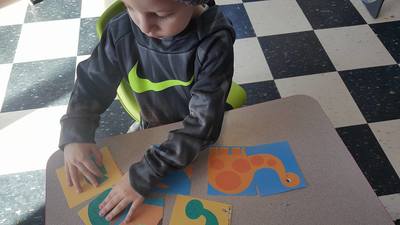
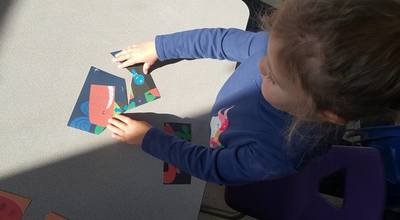
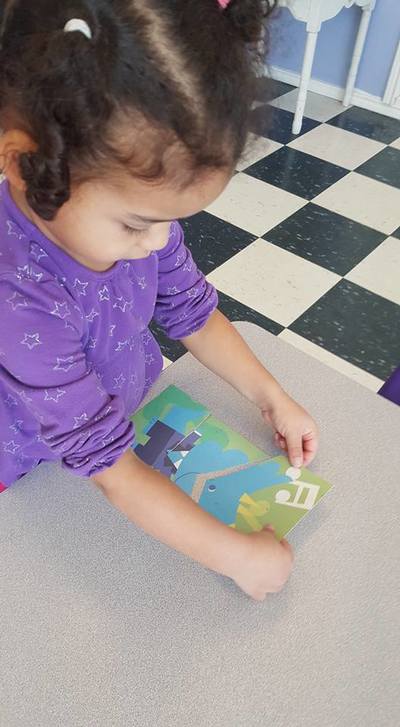
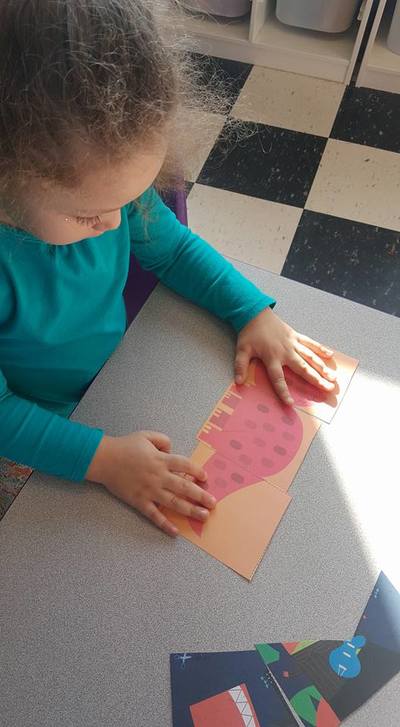

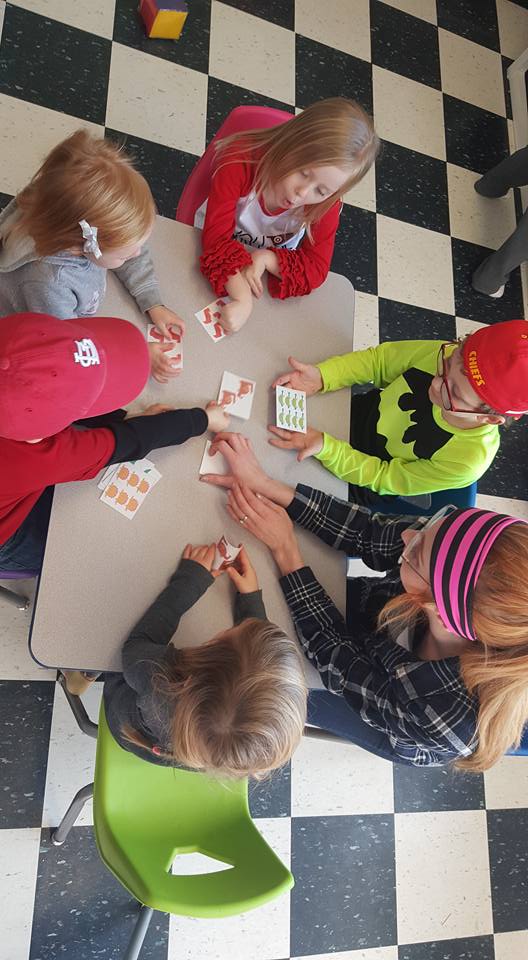
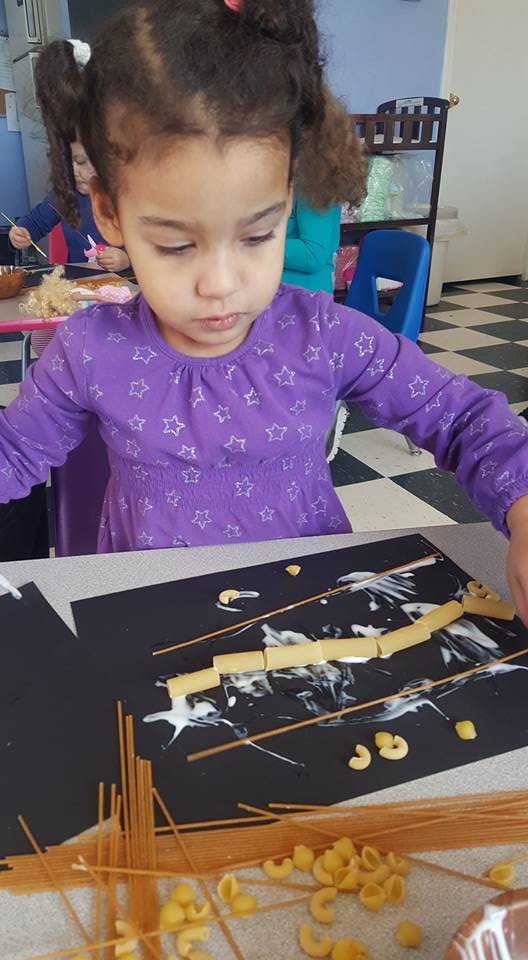

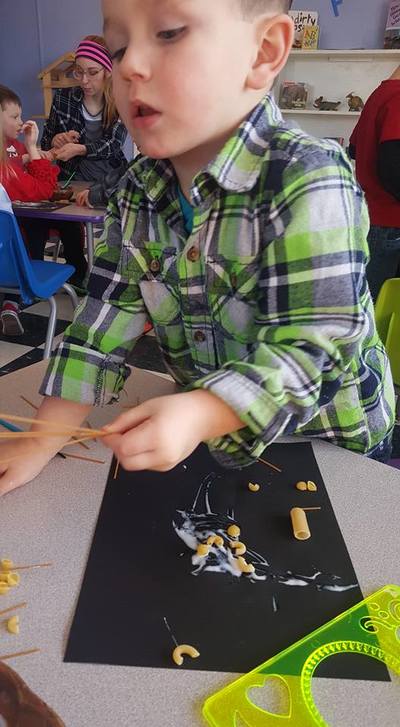
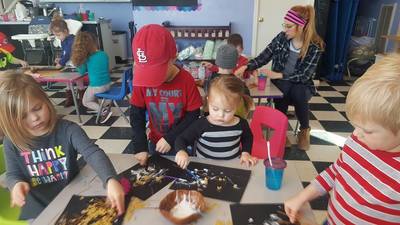
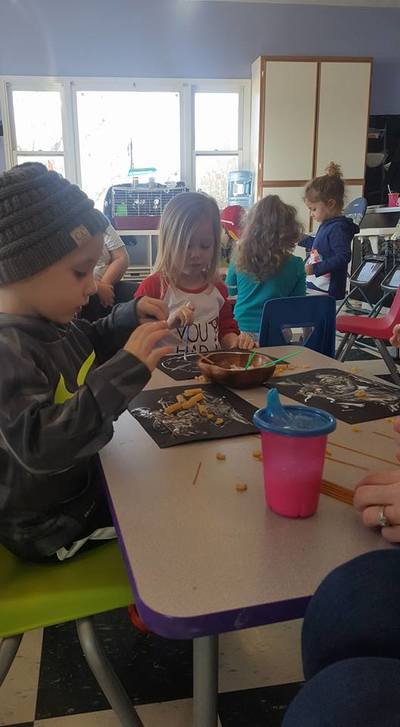
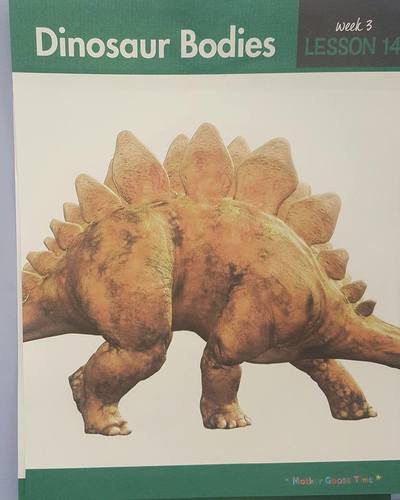
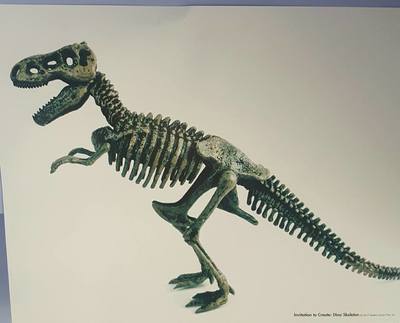
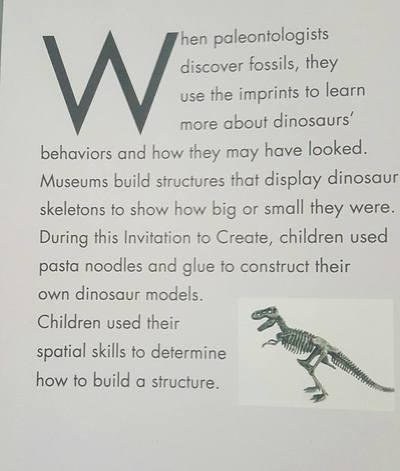
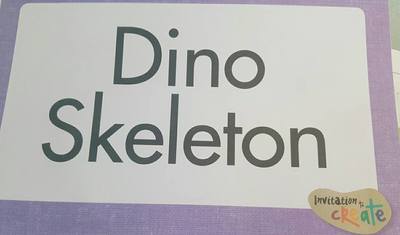
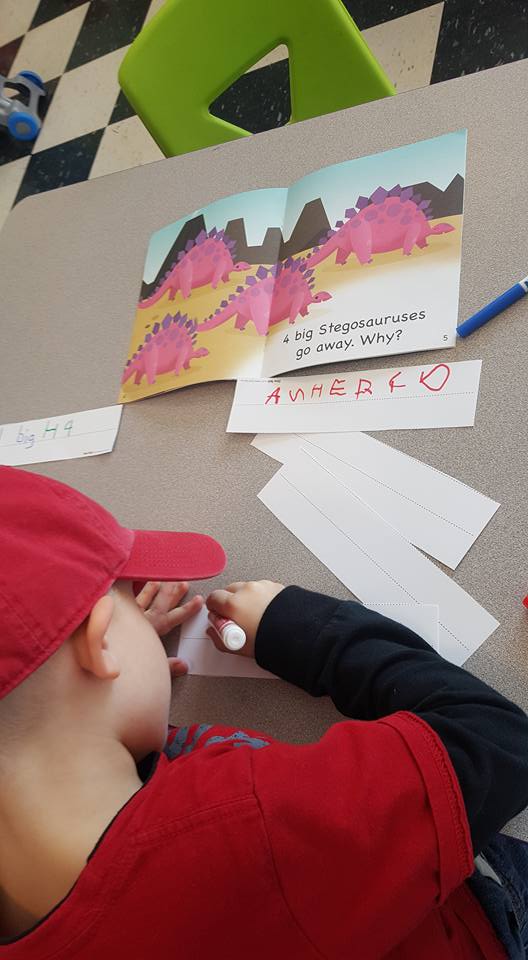
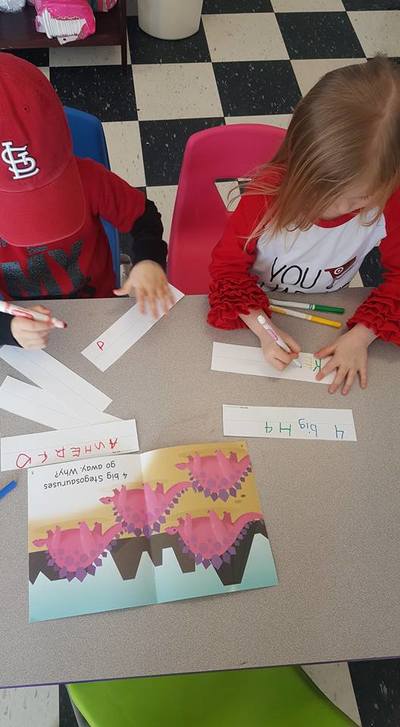
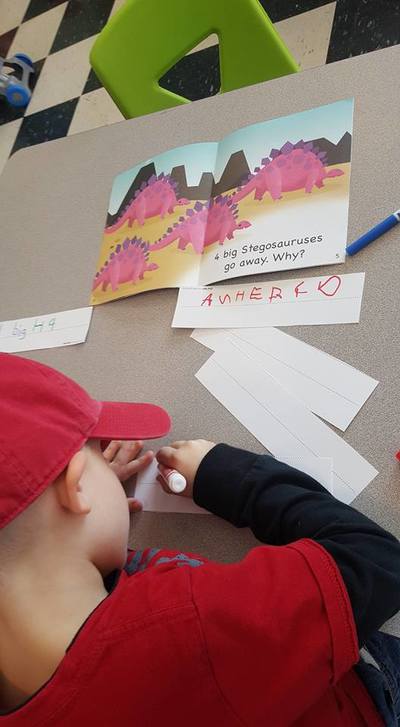
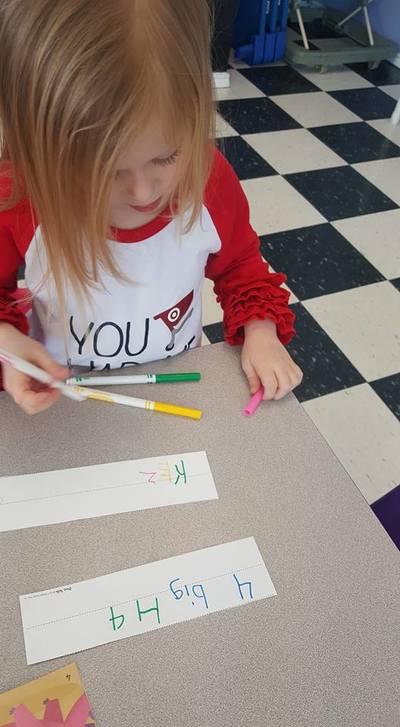
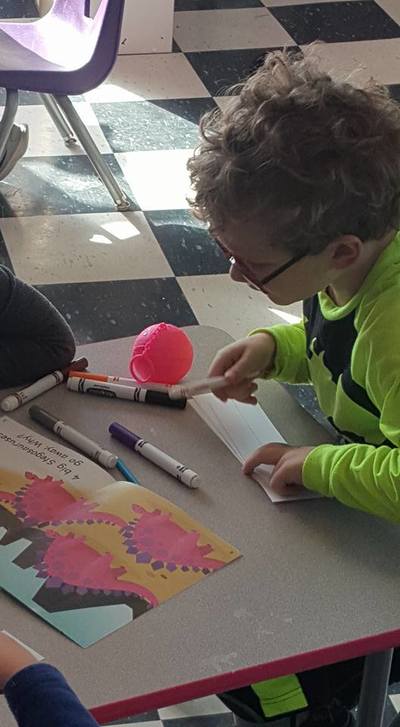

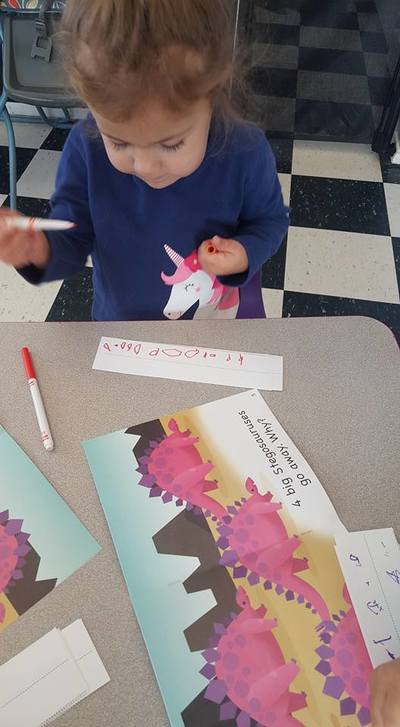
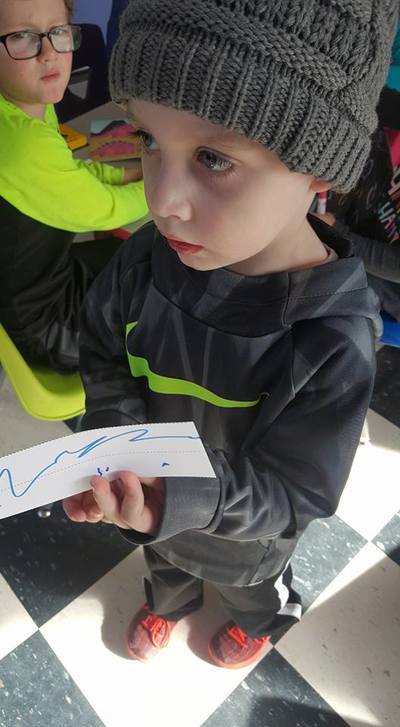
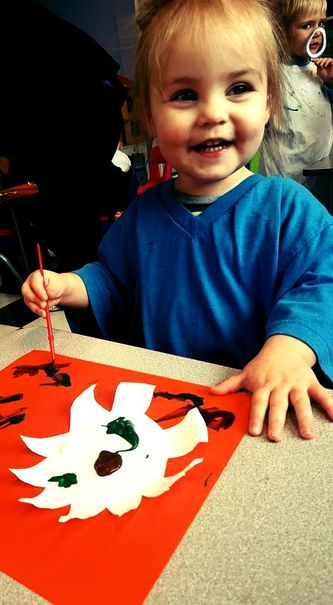
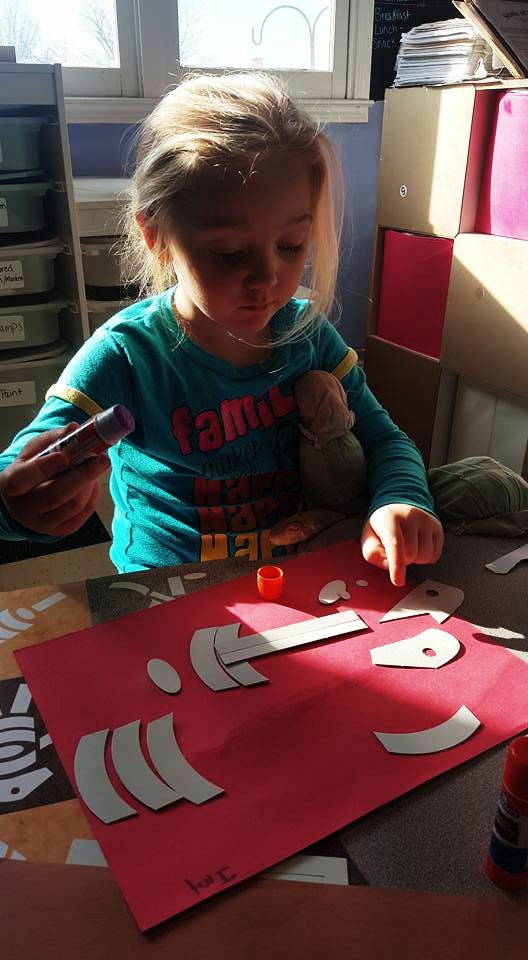
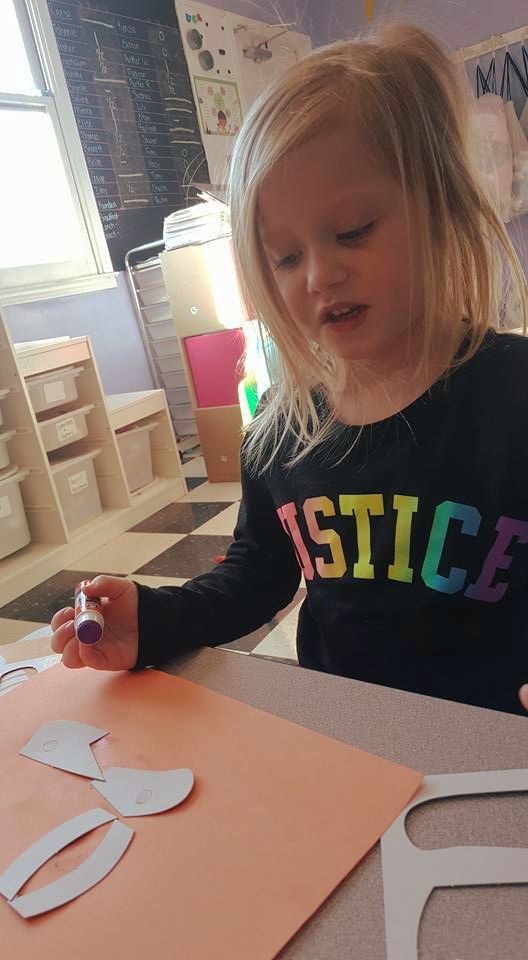
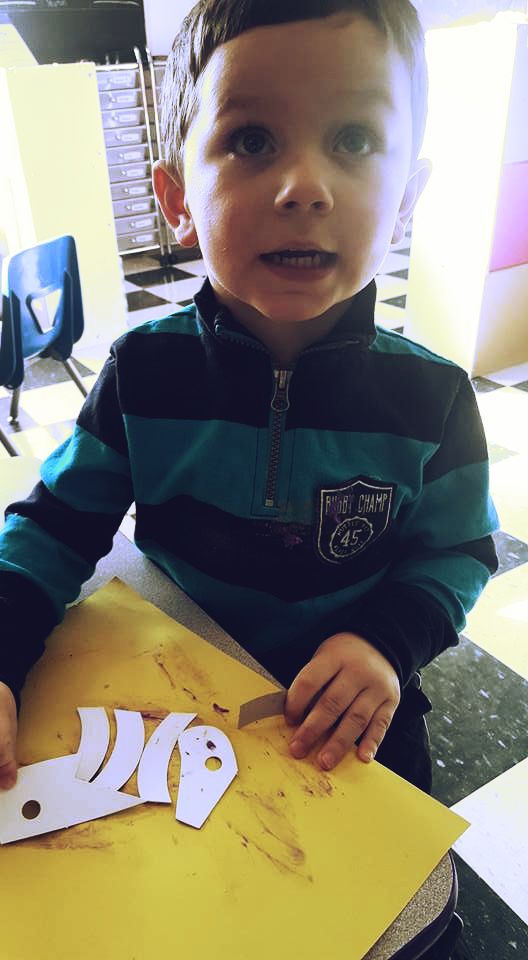
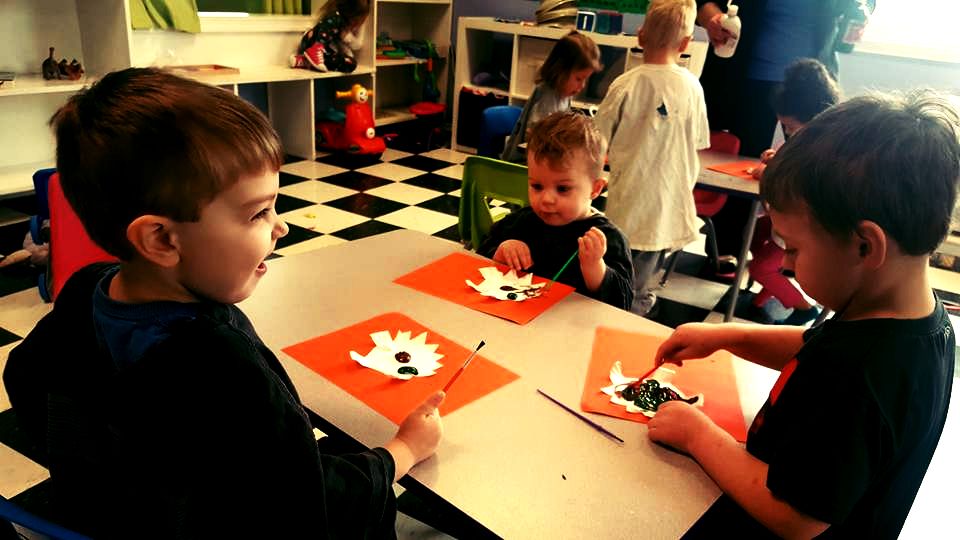
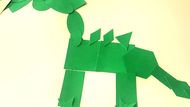
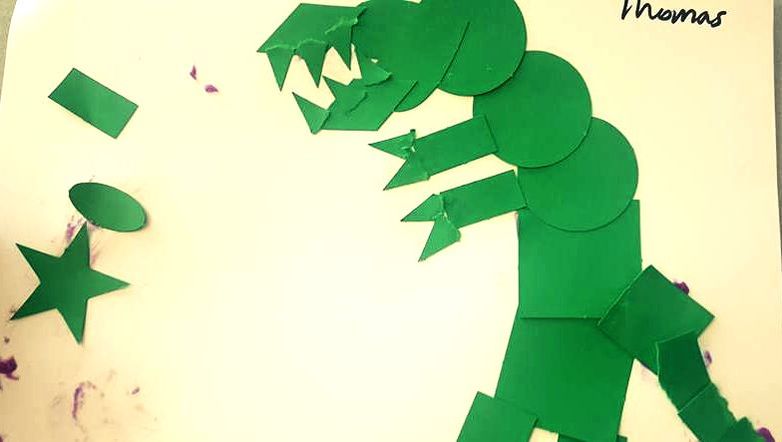
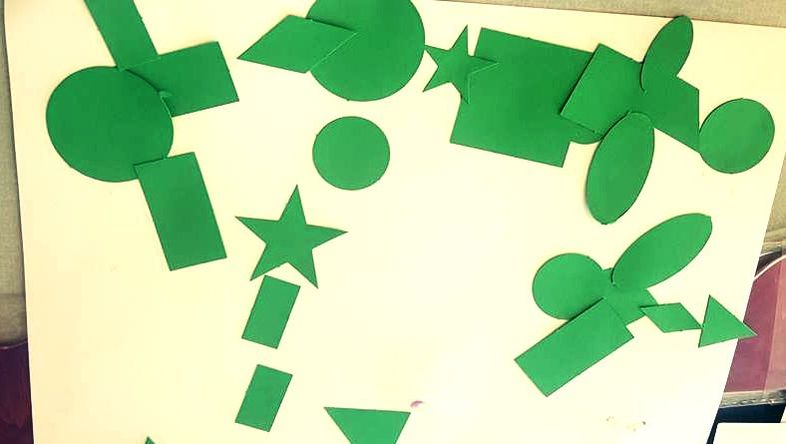
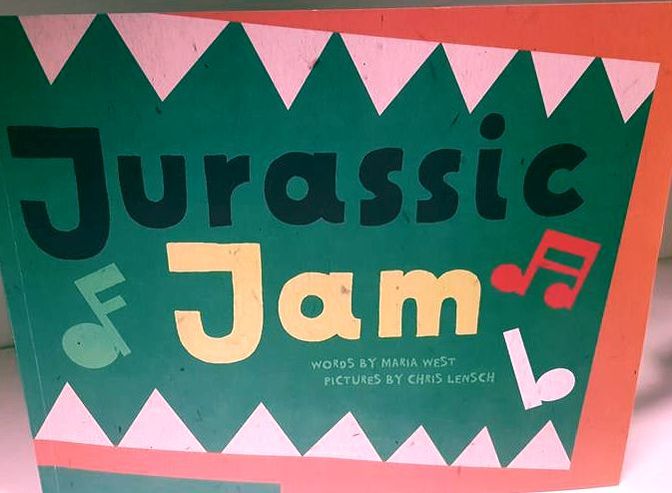
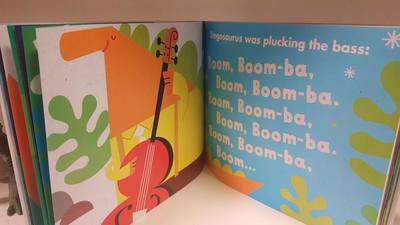
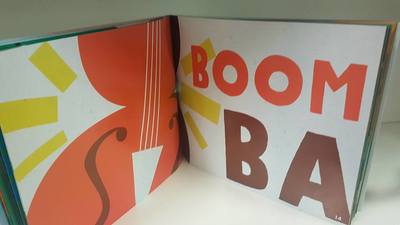
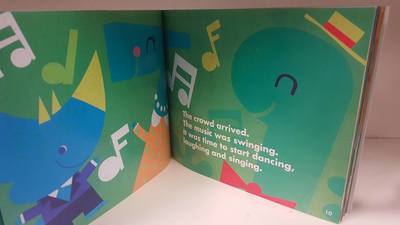
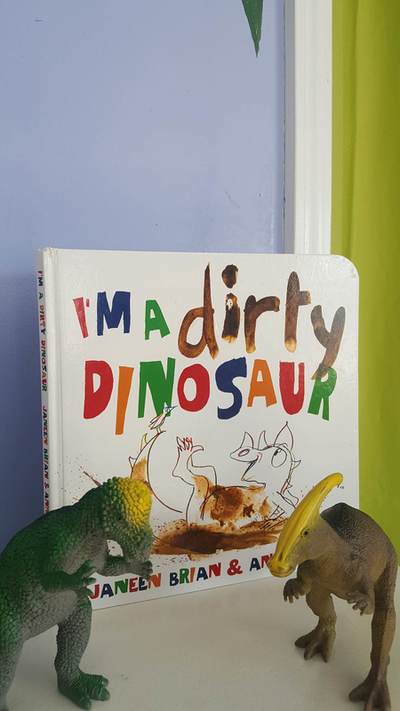
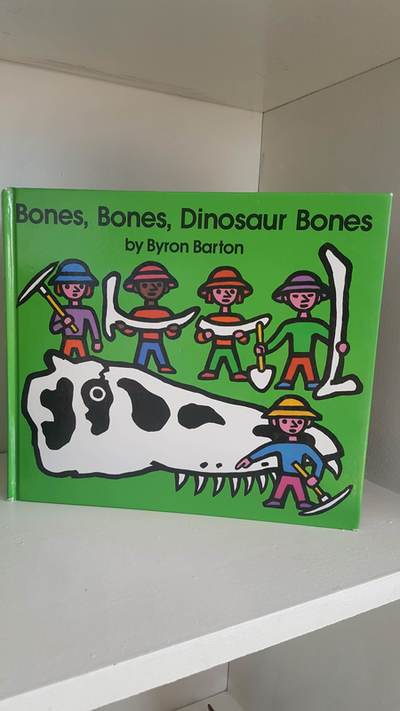
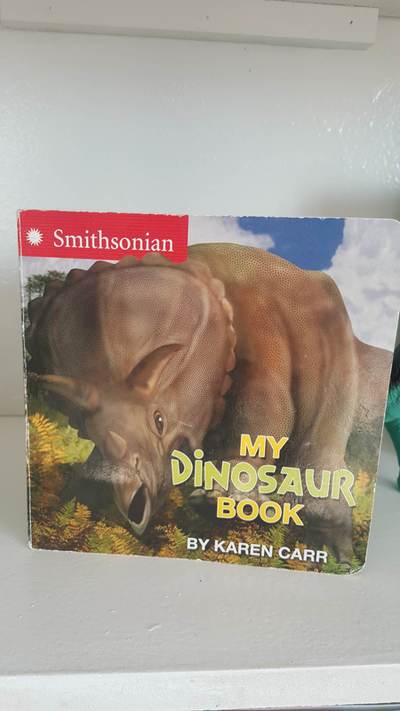

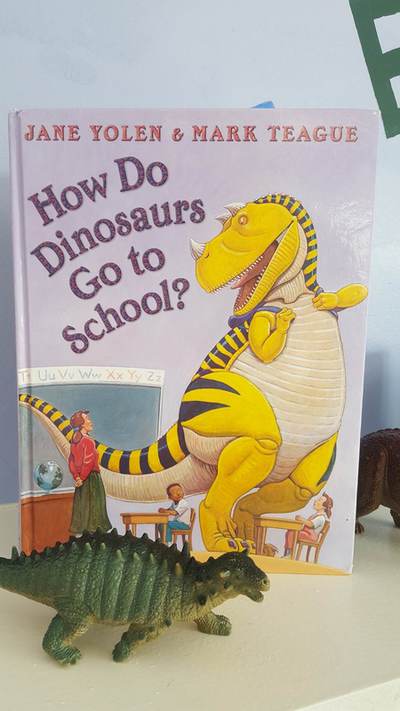
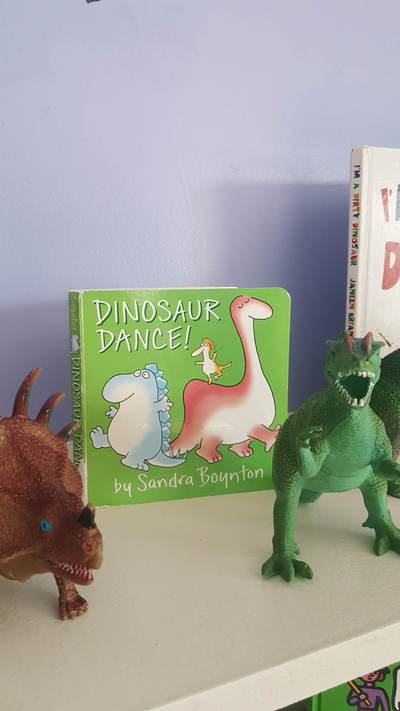
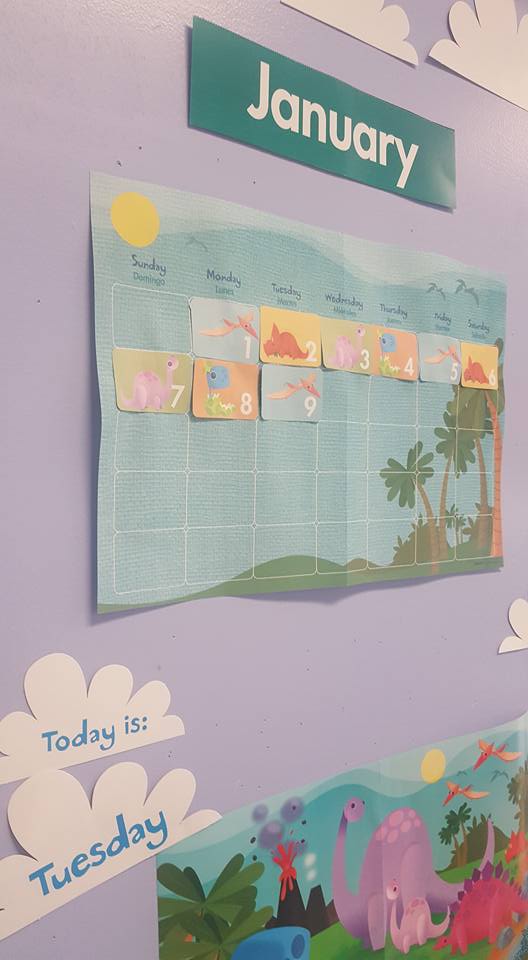
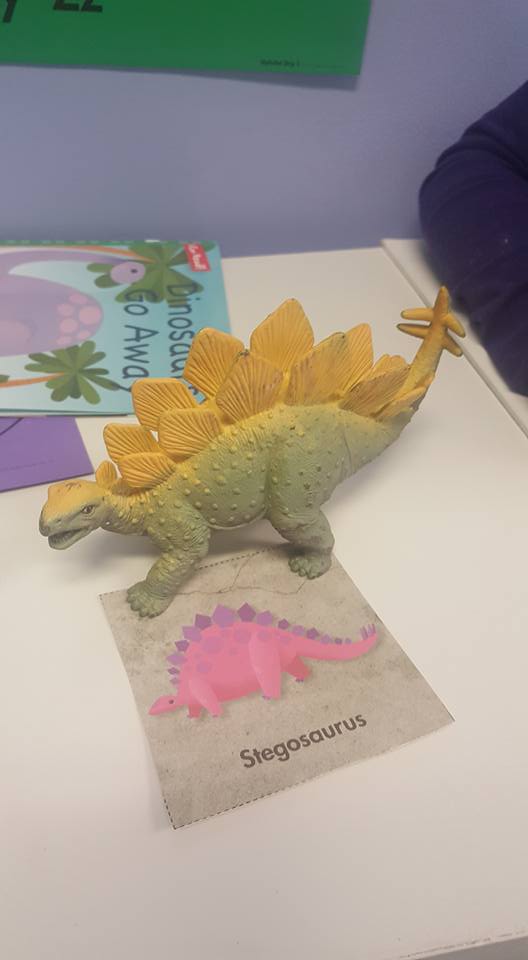
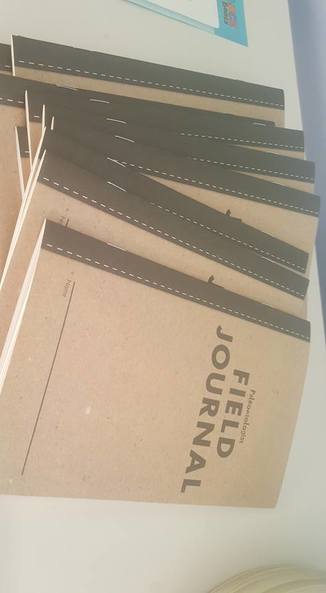
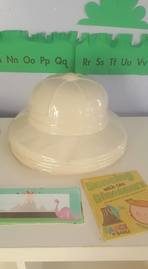
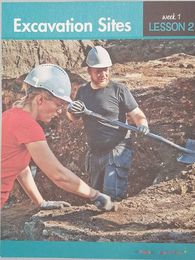
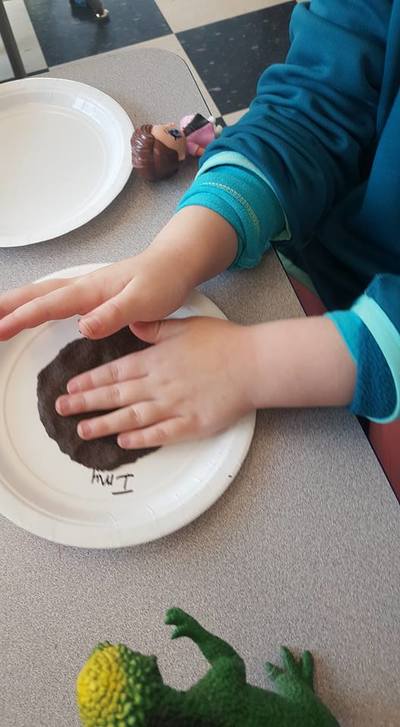

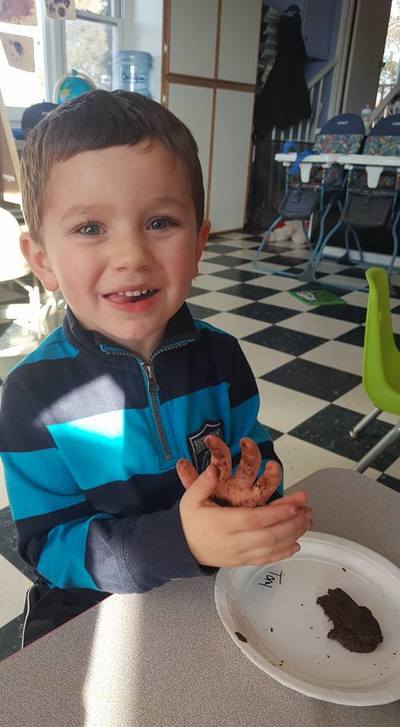
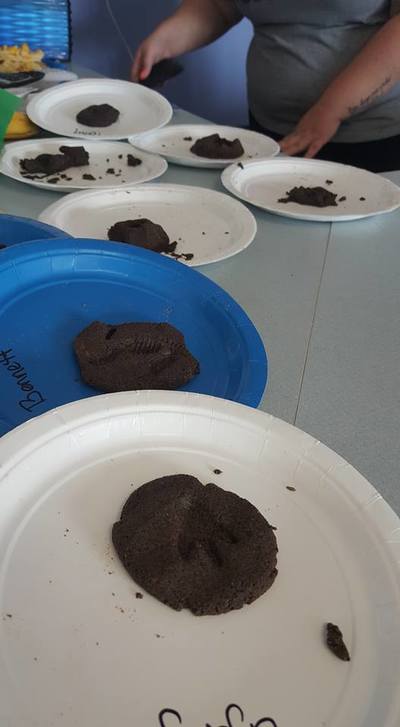
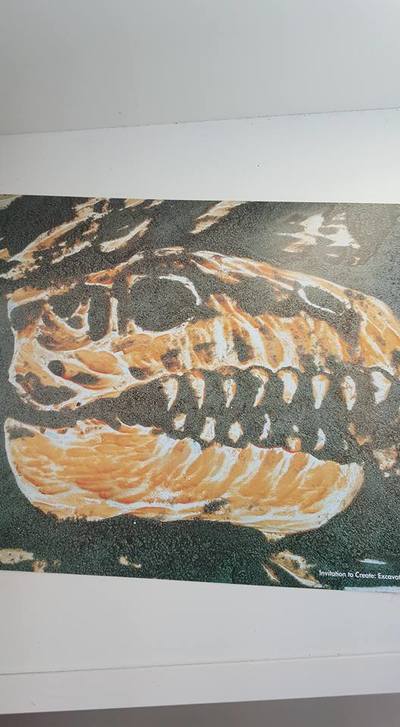
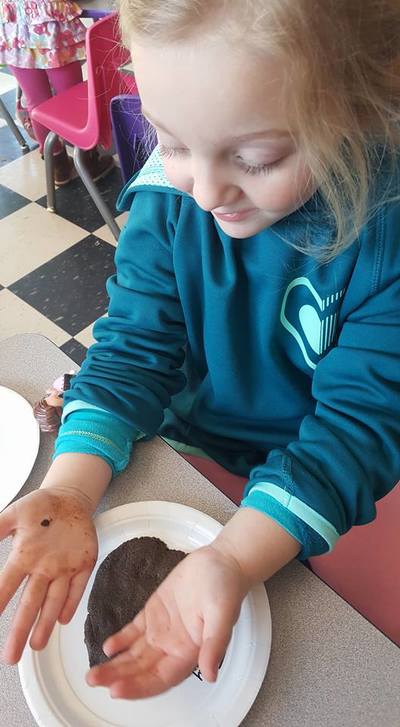
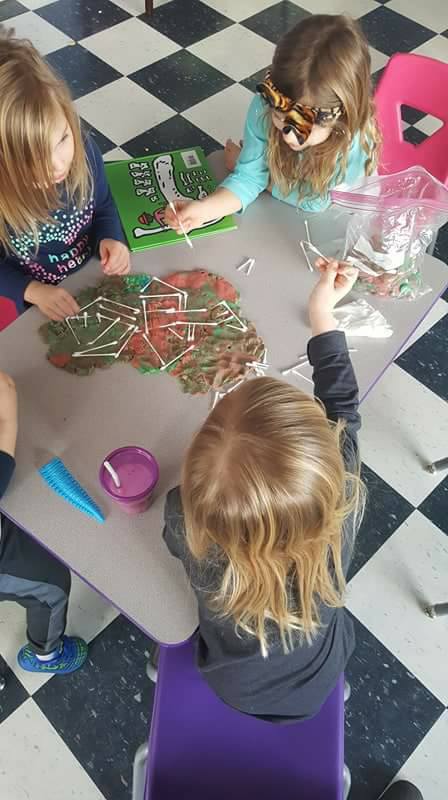
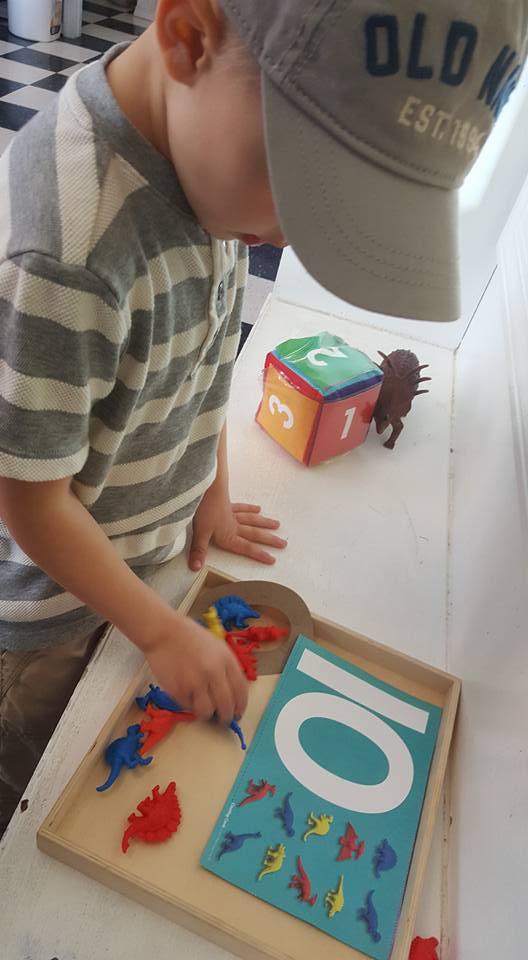
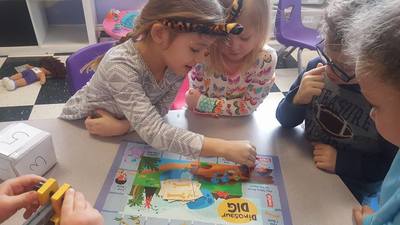
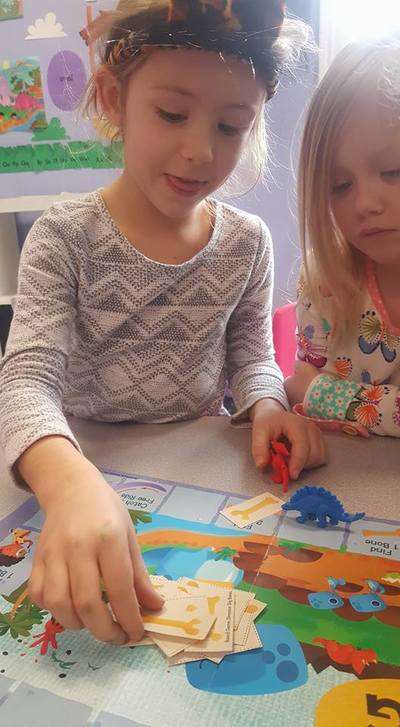
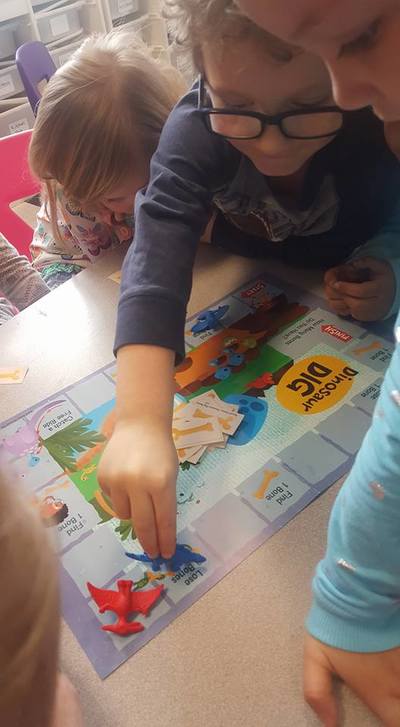
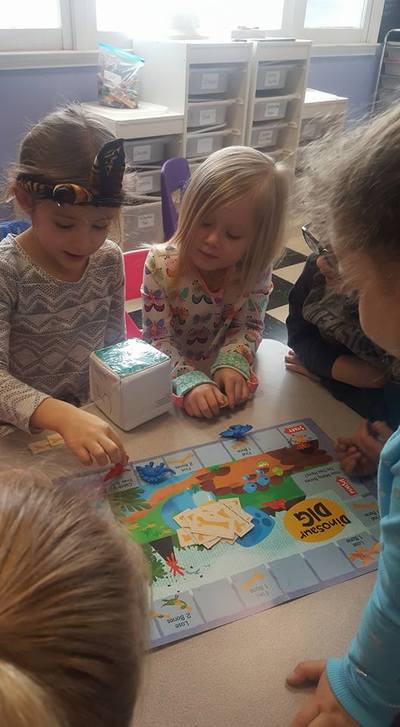

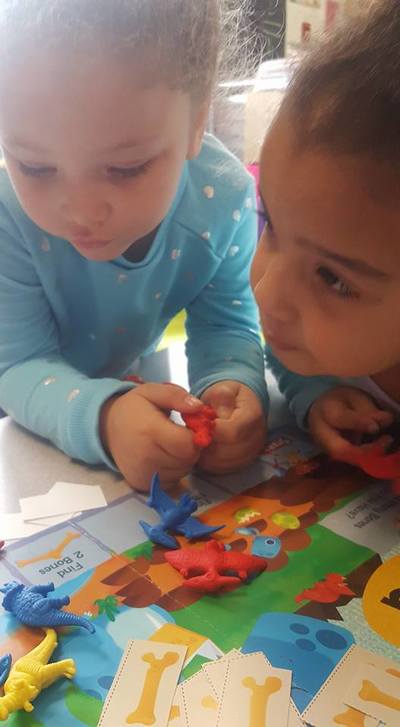
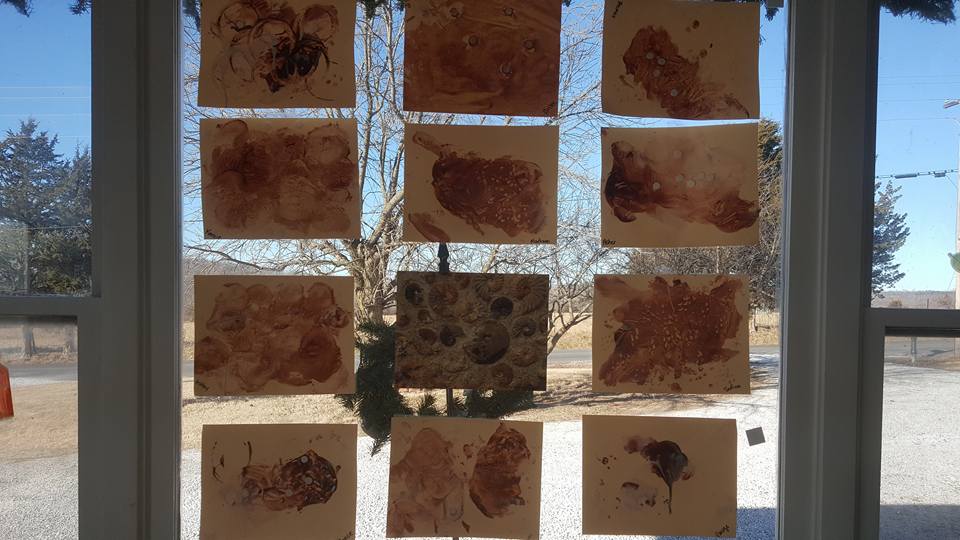
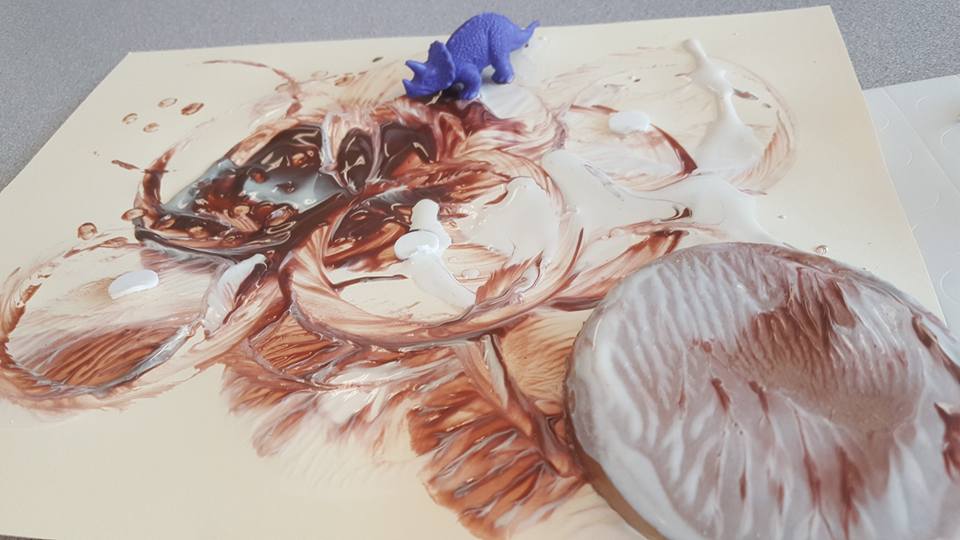
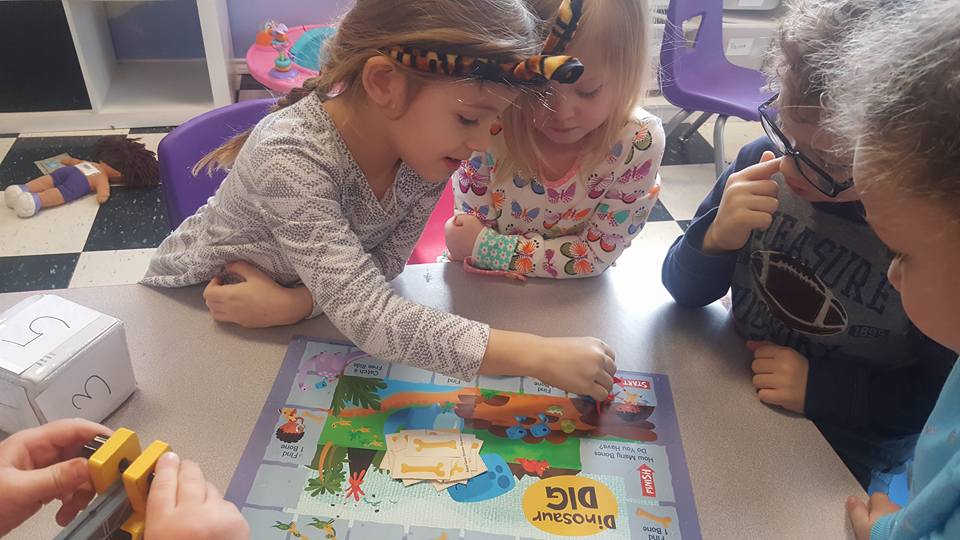
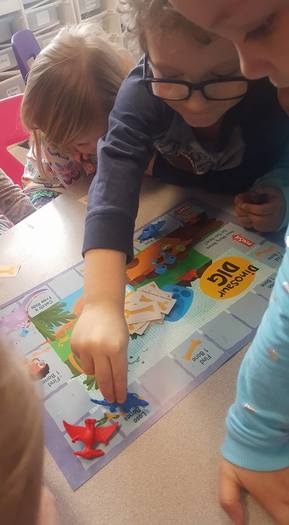
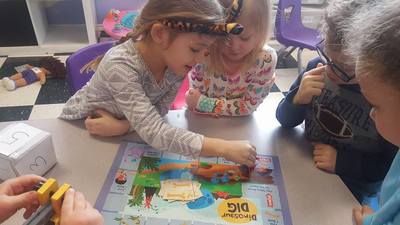
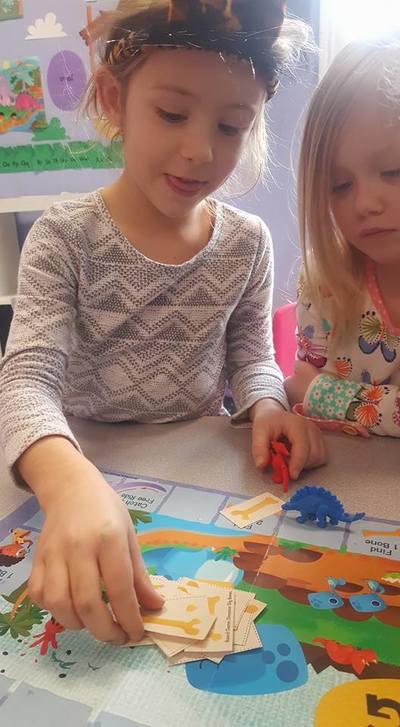
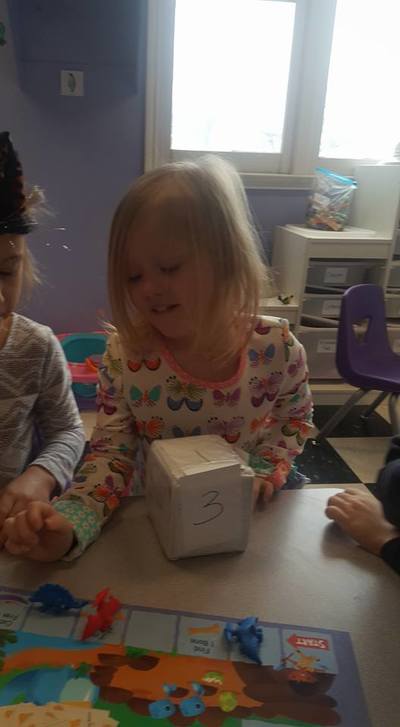
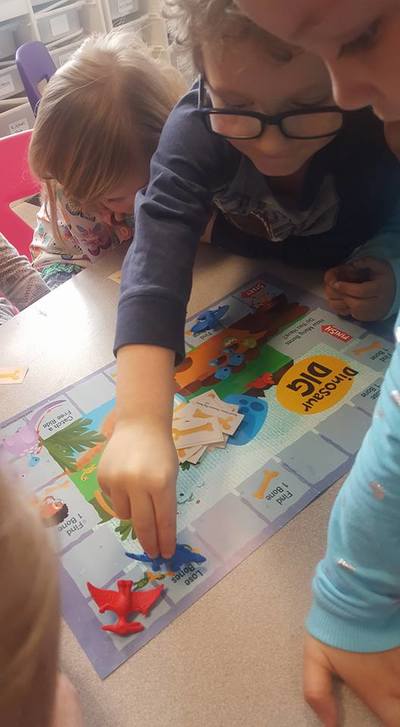
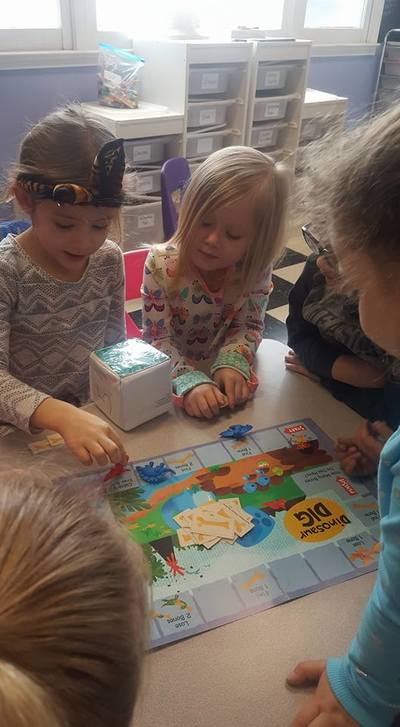
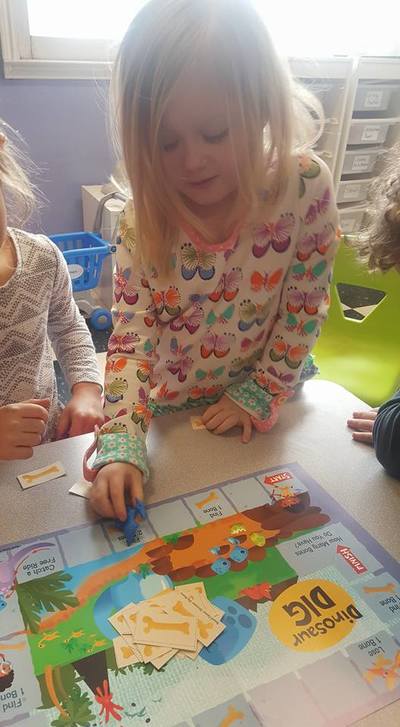
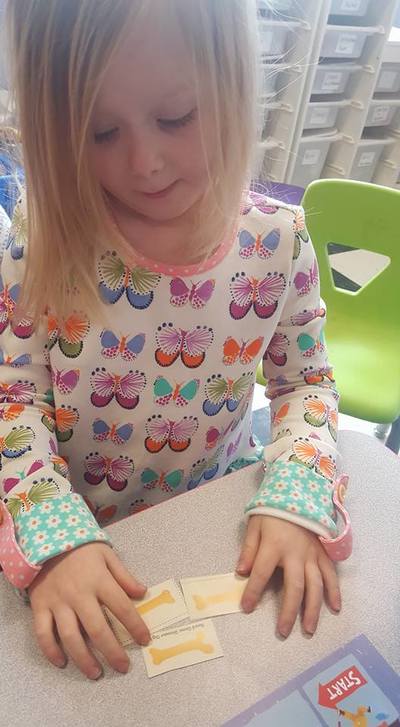
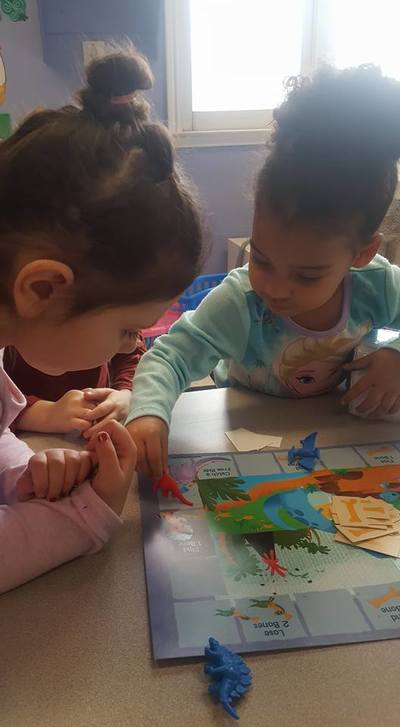
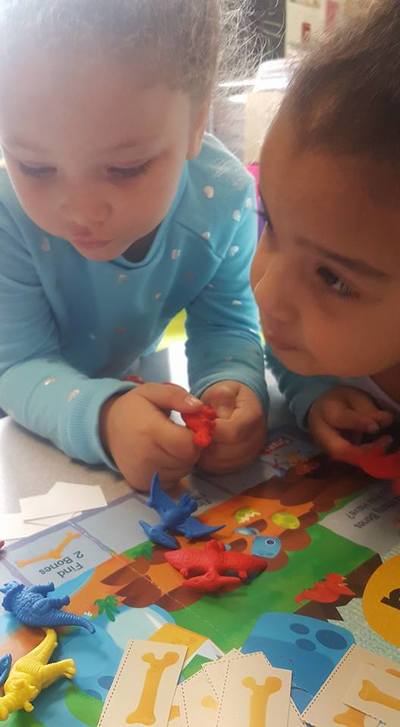
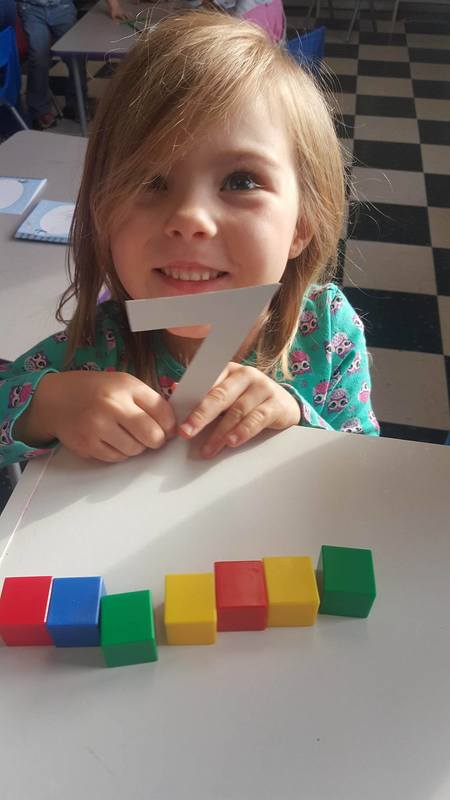
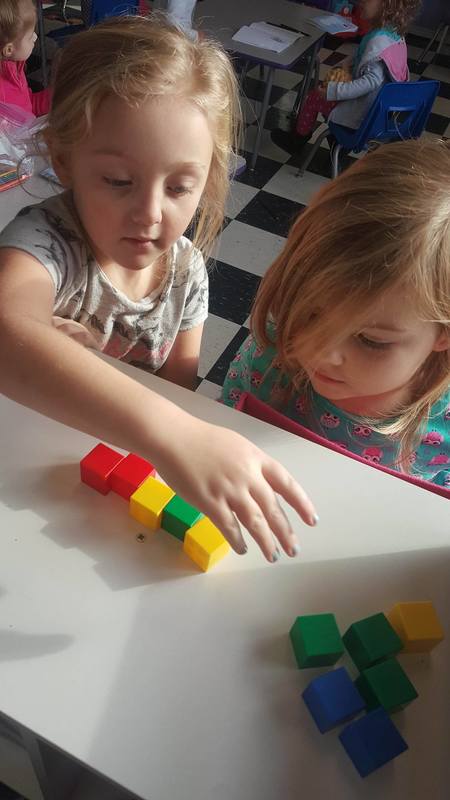
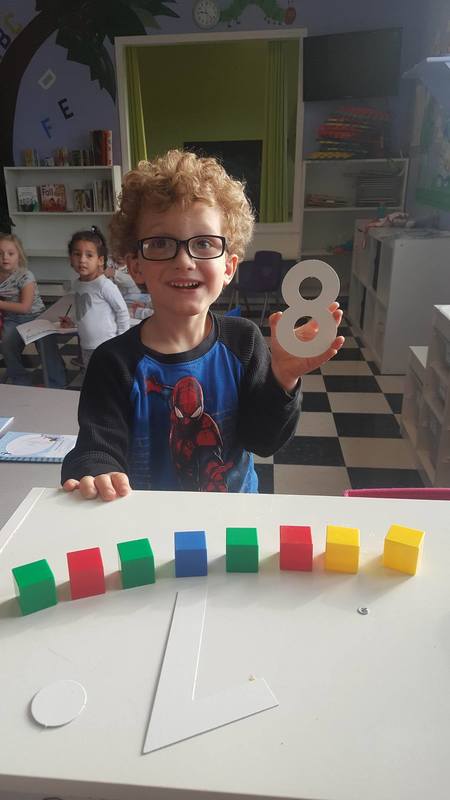
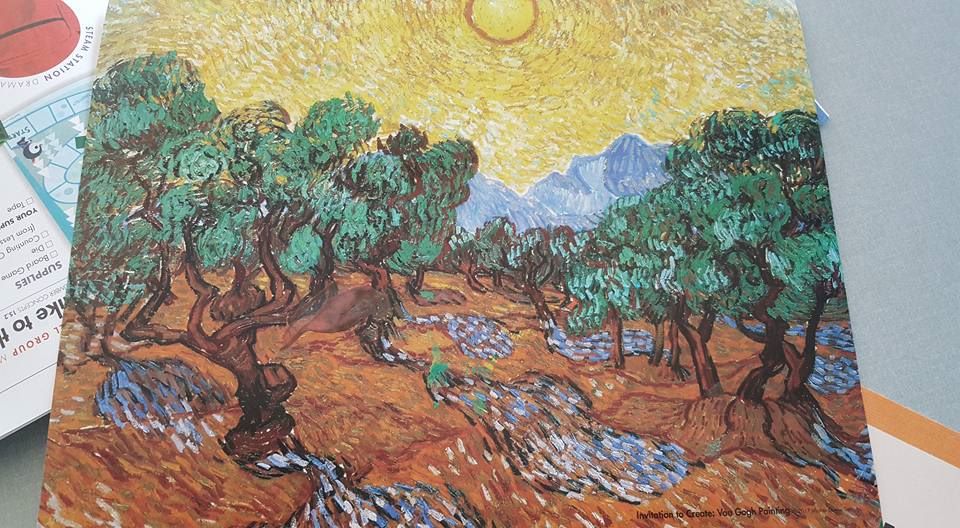
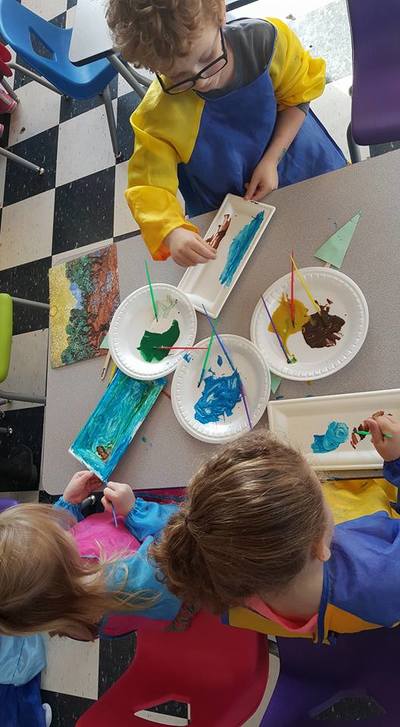
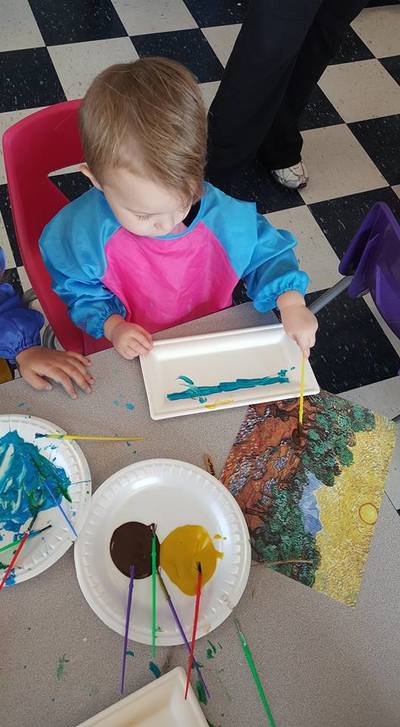
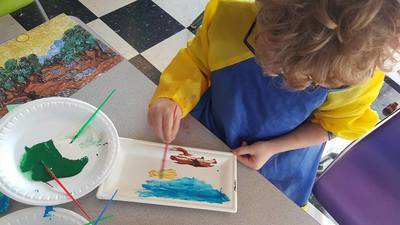
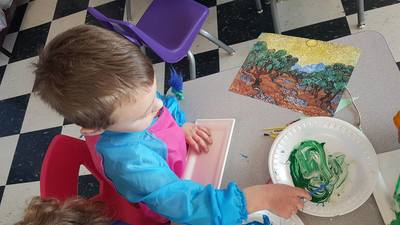
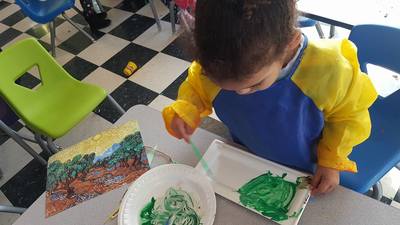
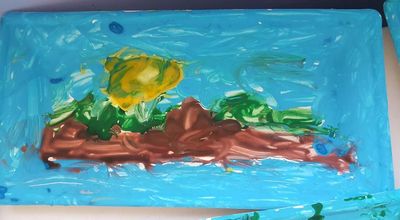
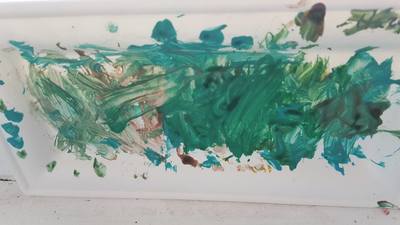
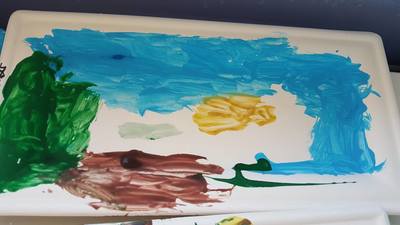
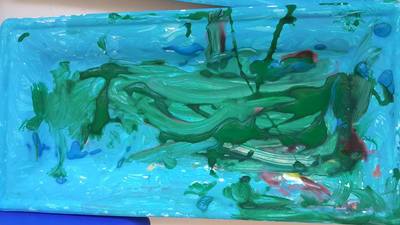
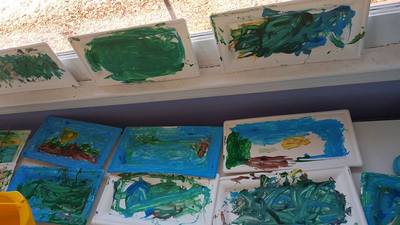
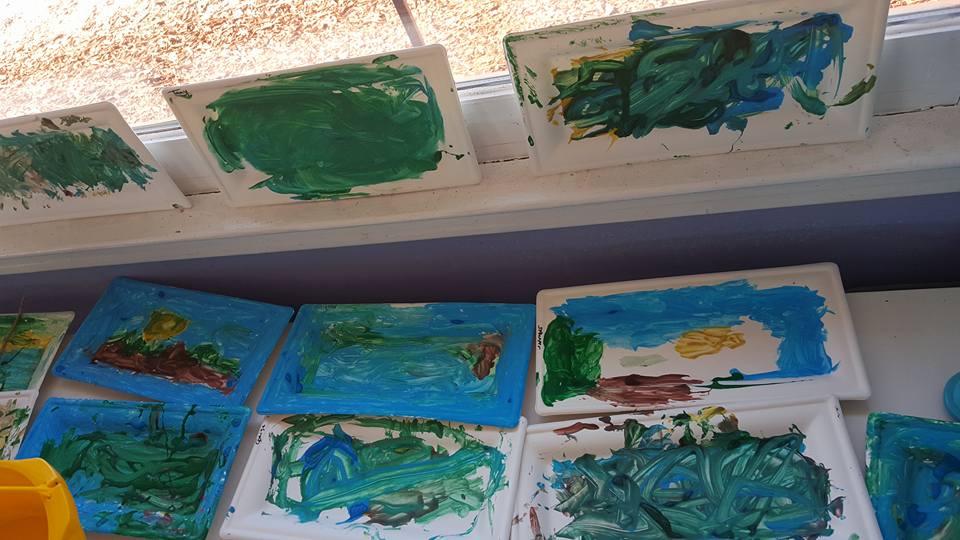
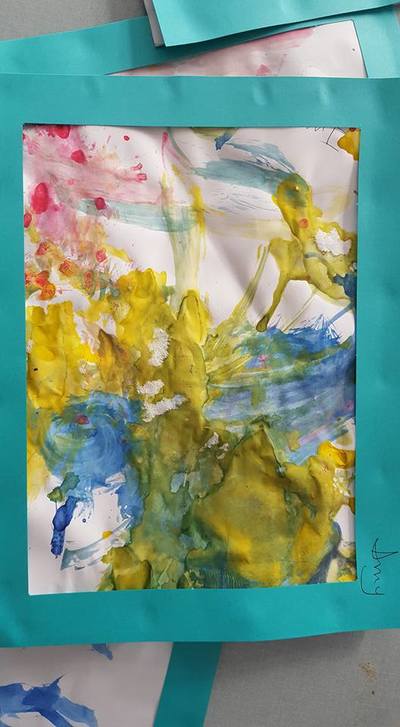
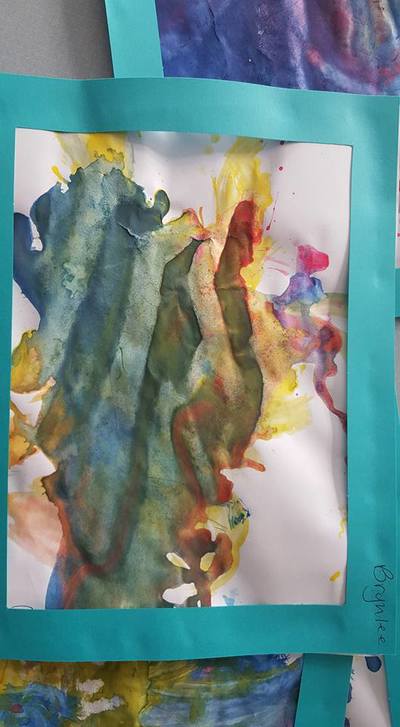
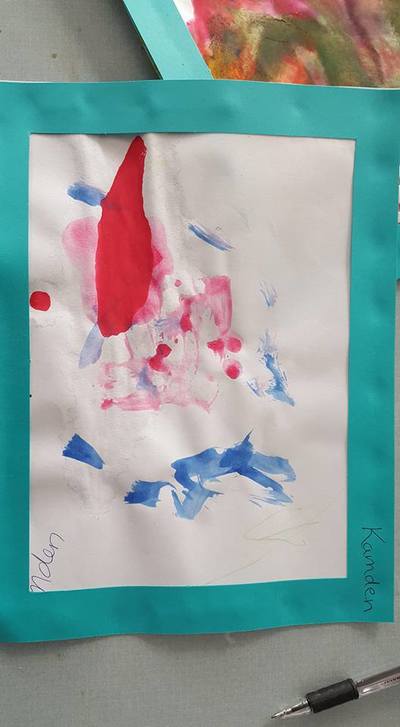
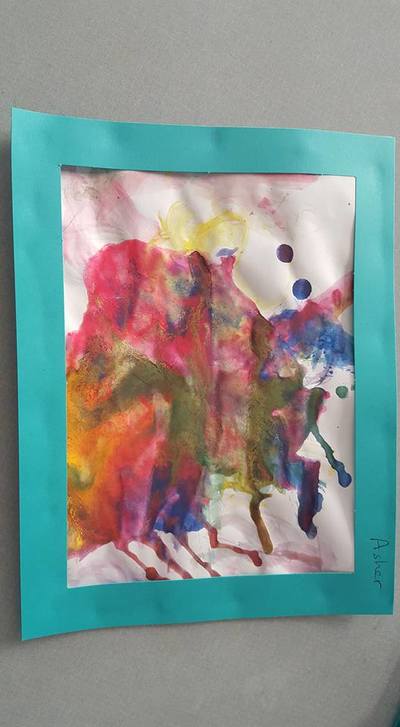
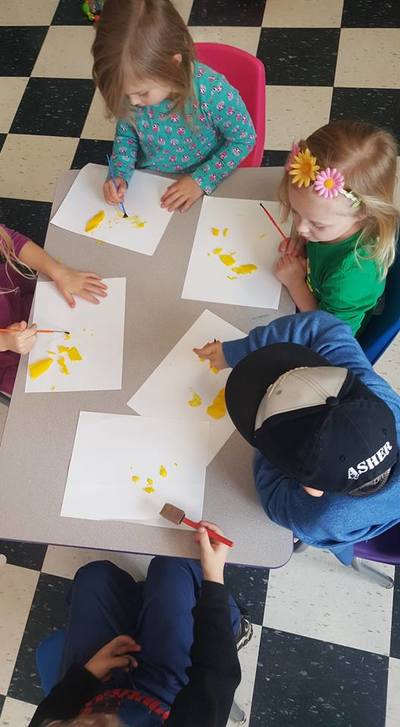
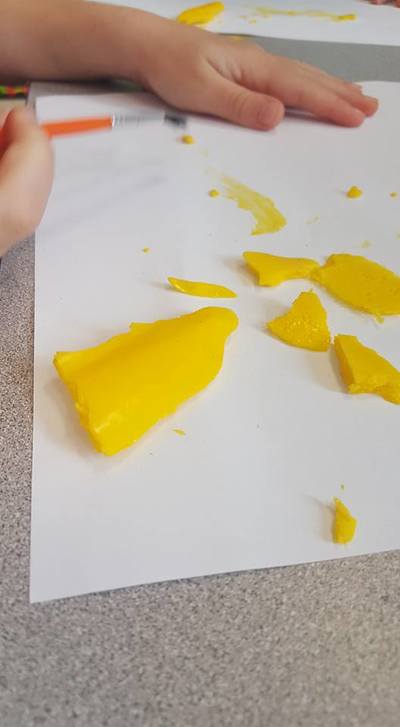

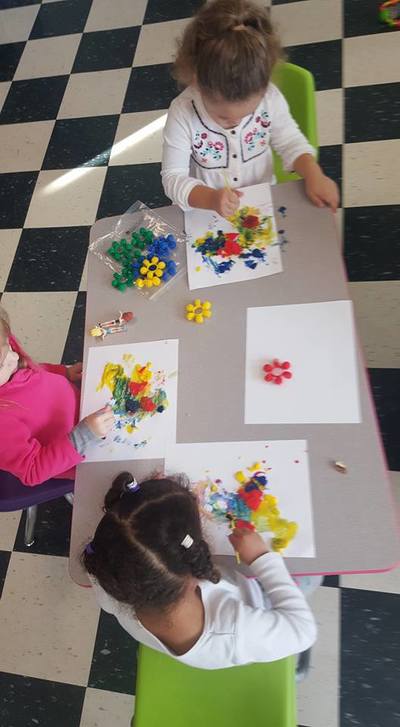
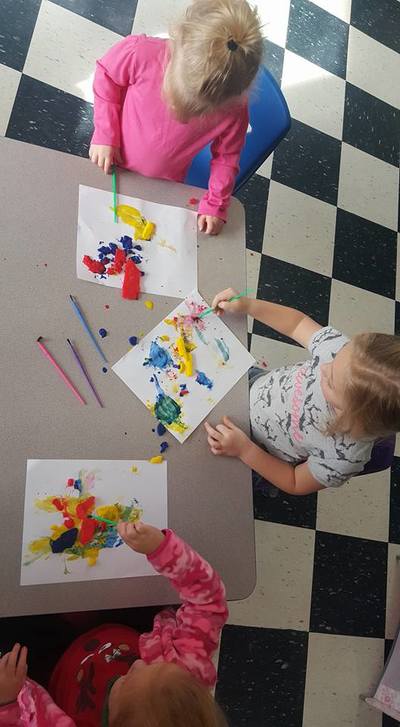
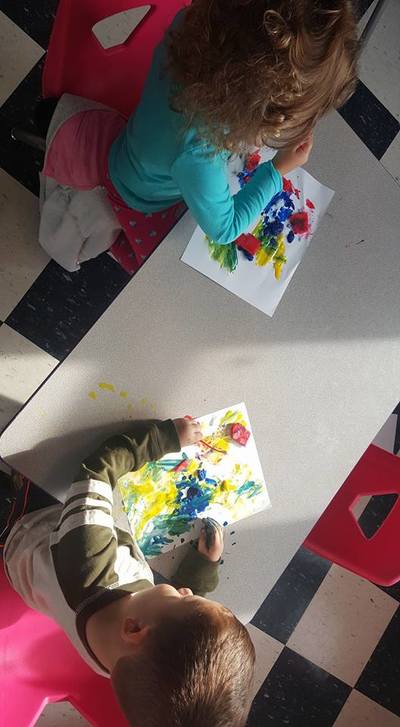
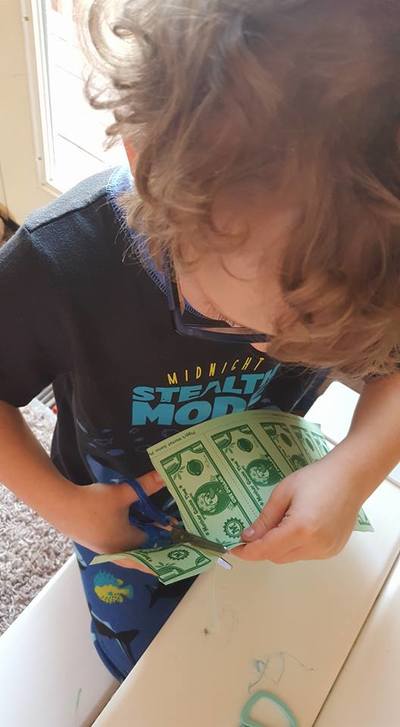
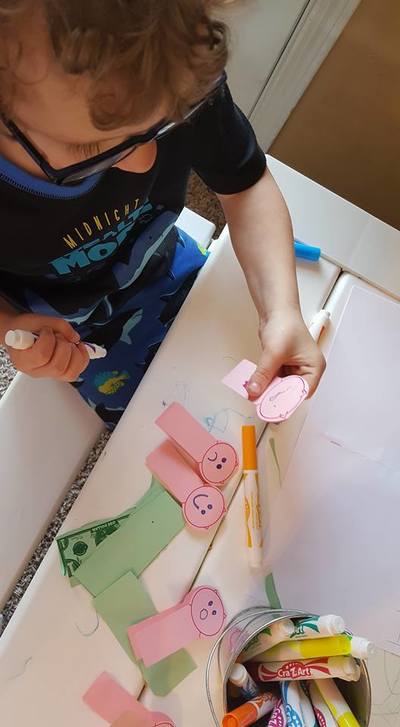
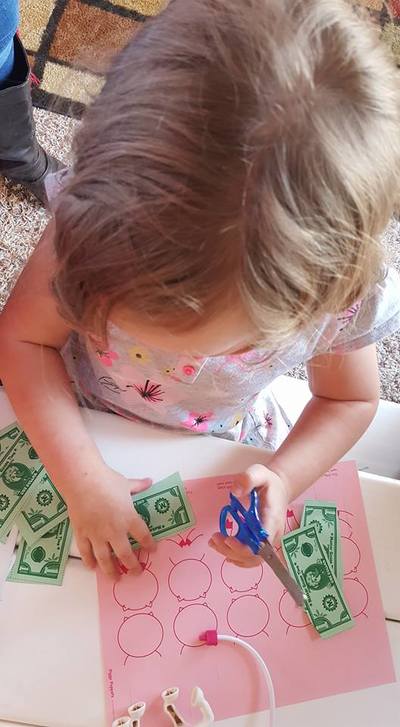
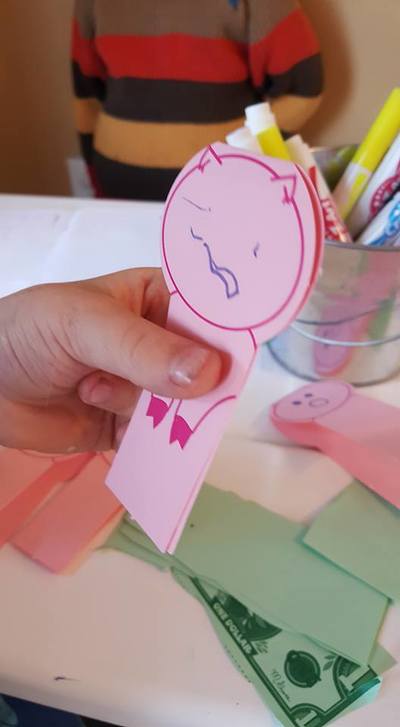
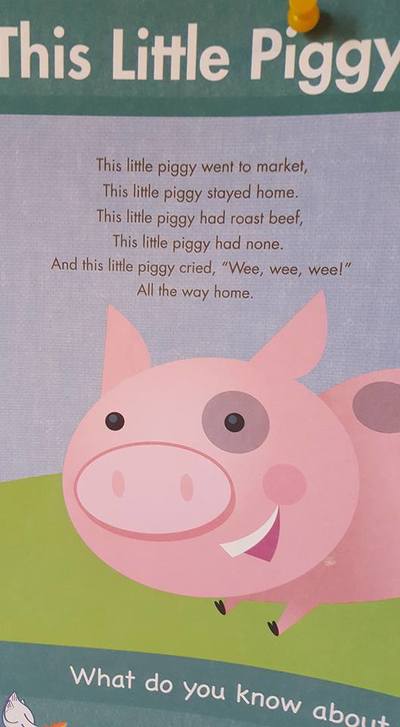
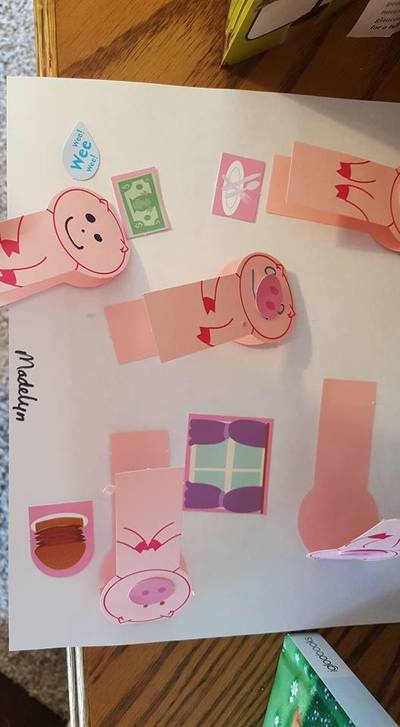
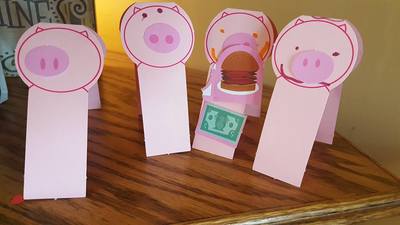
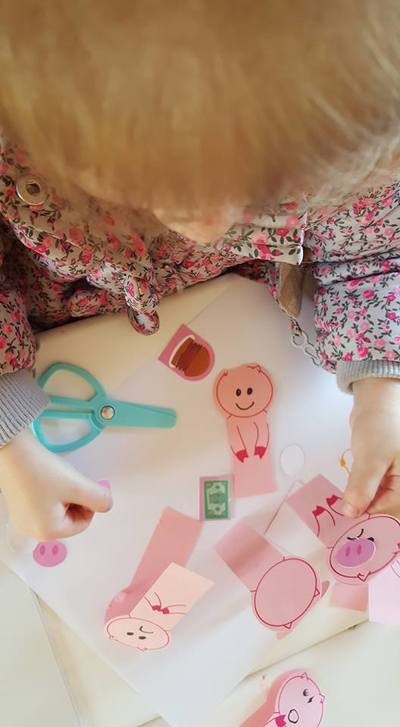
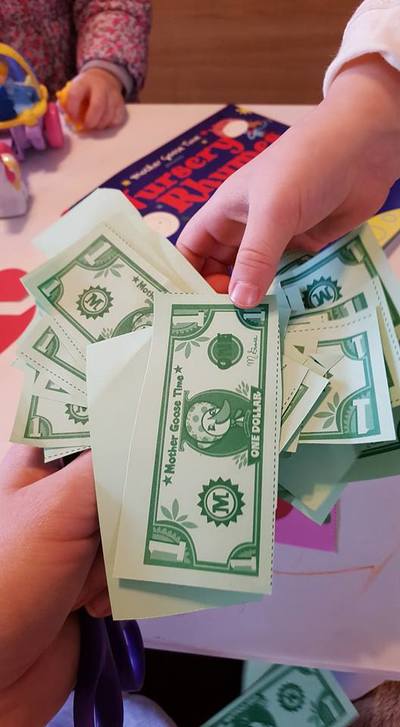
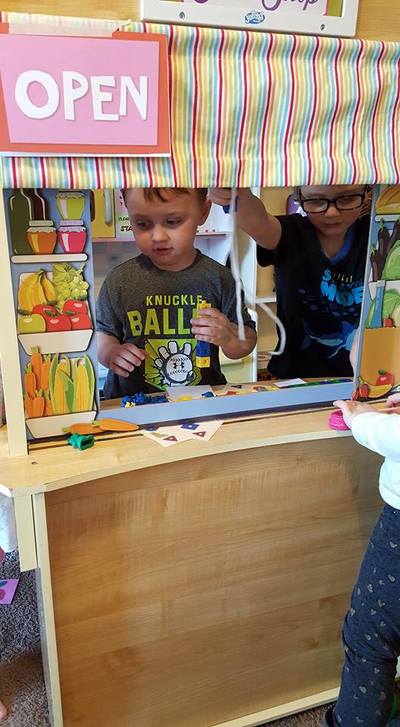
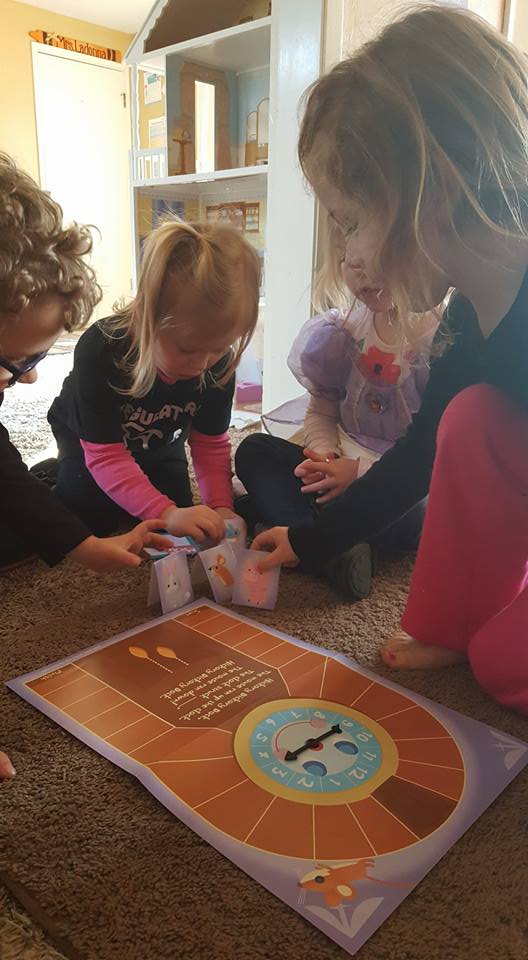

 RSS Feed
RSS Feed
